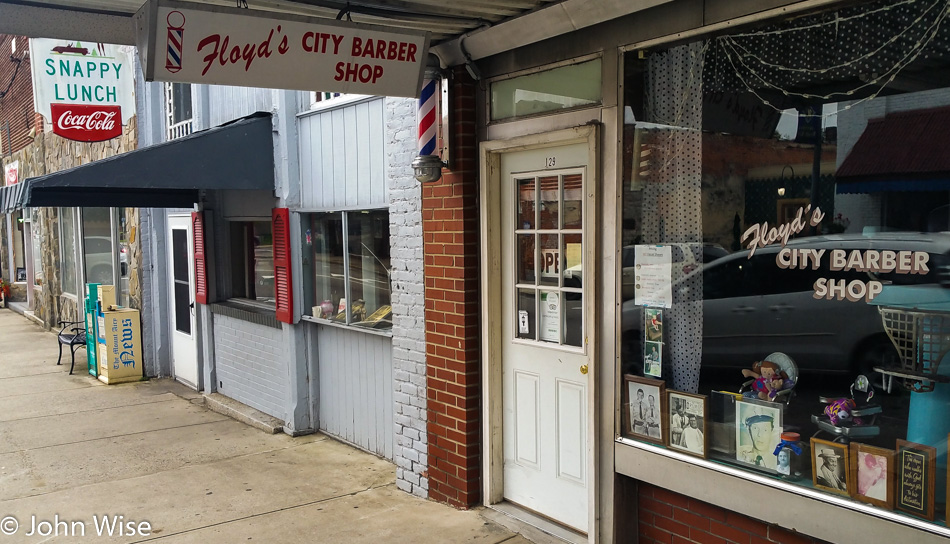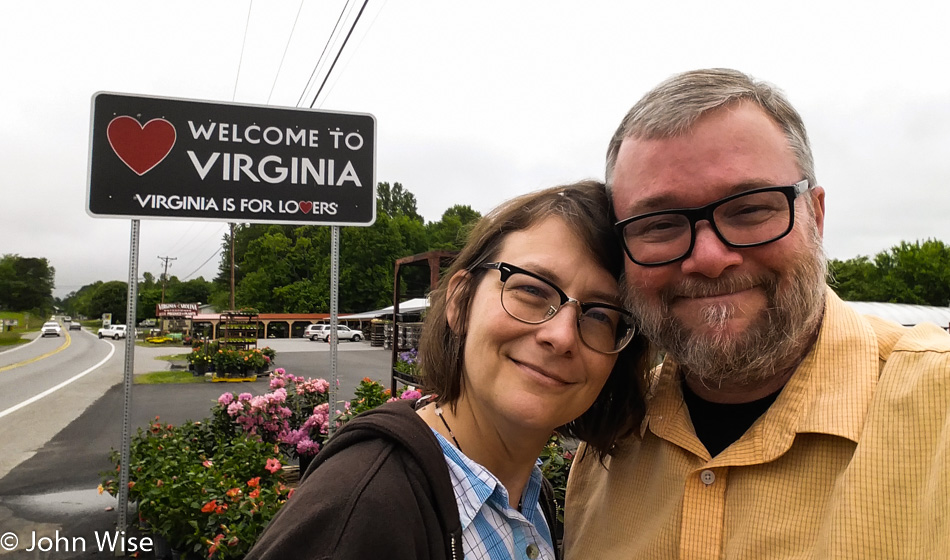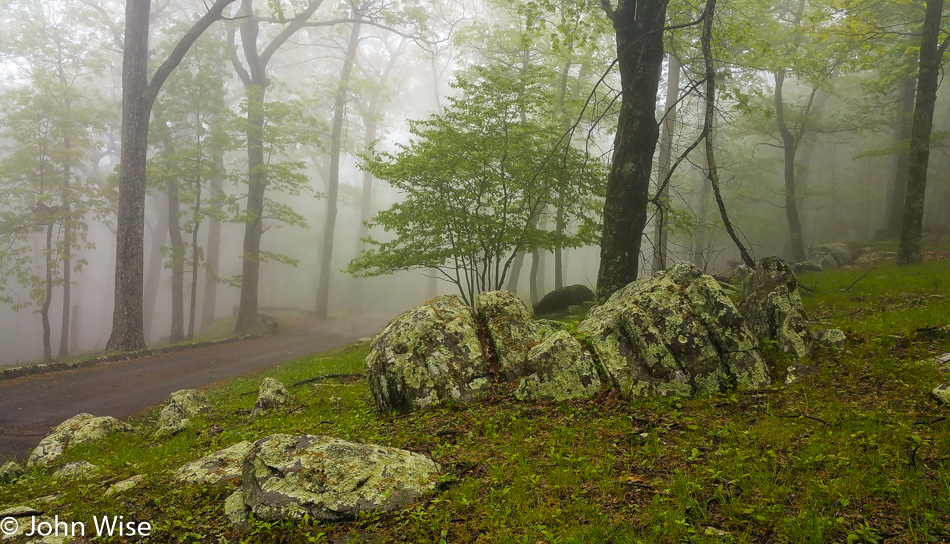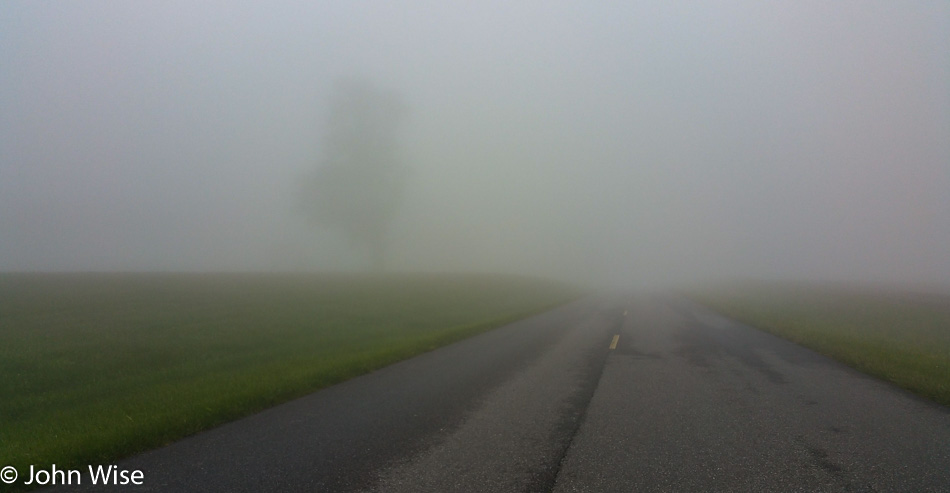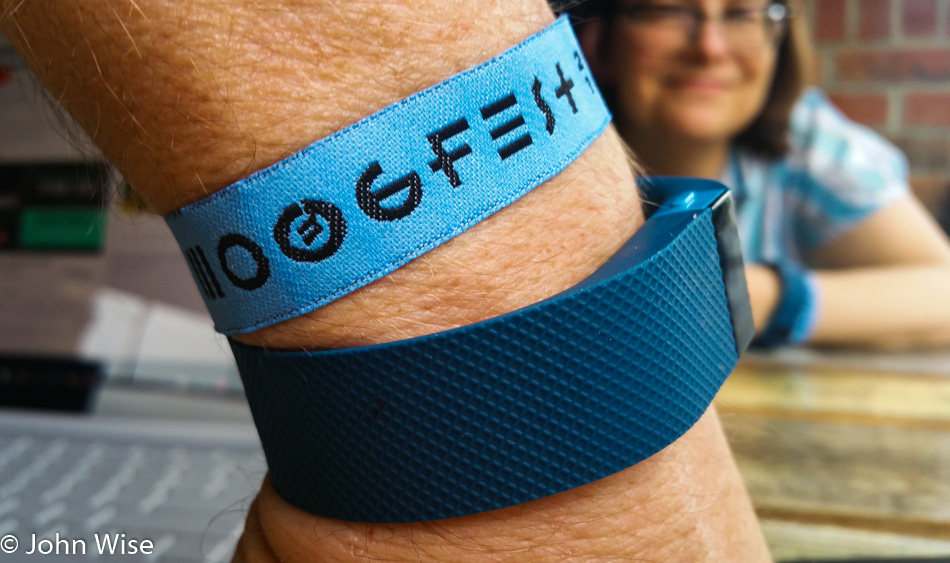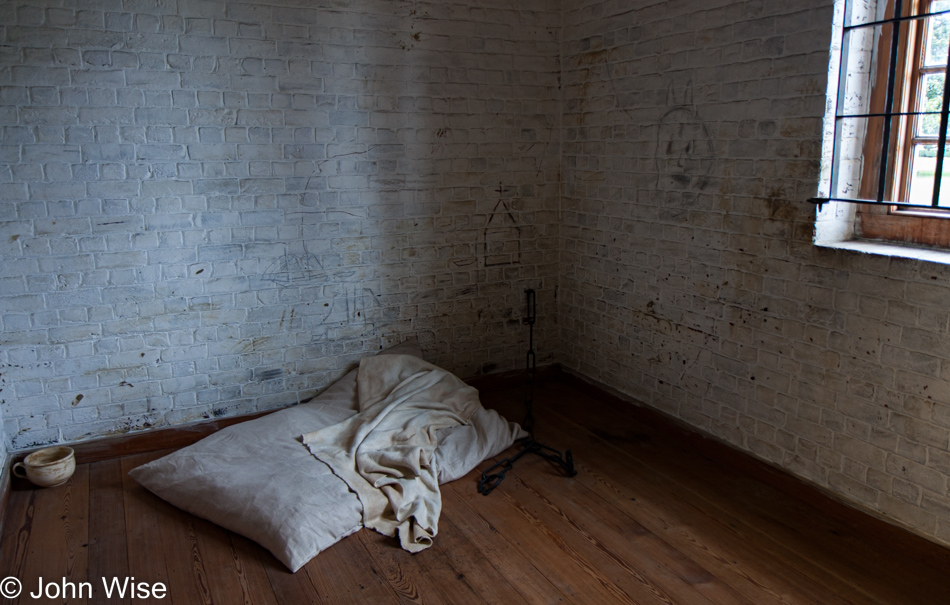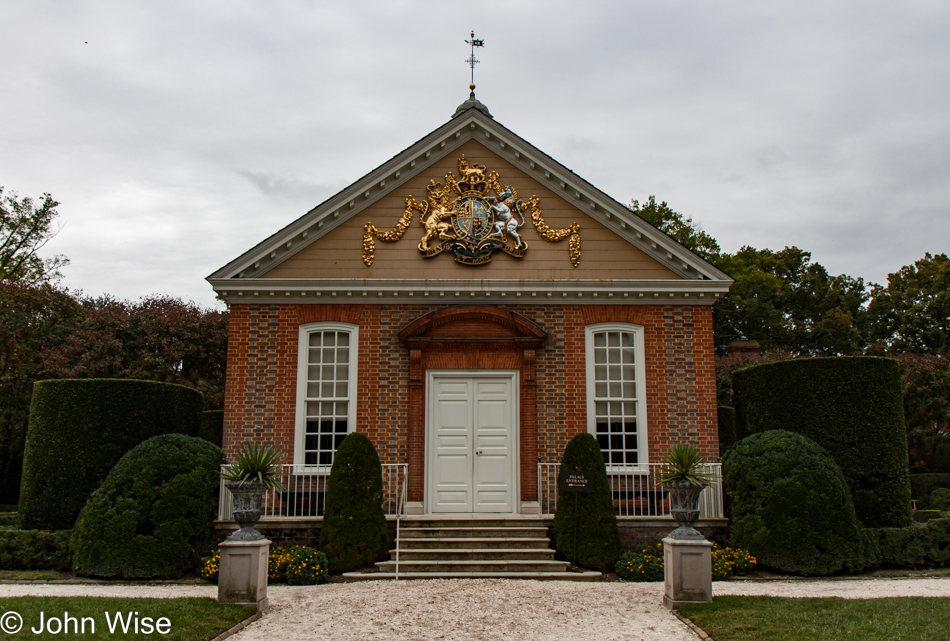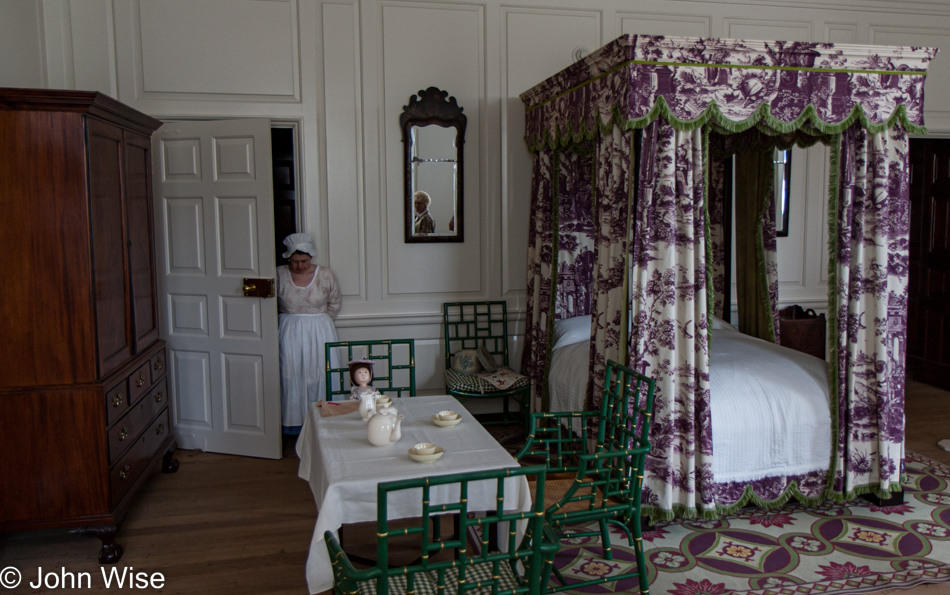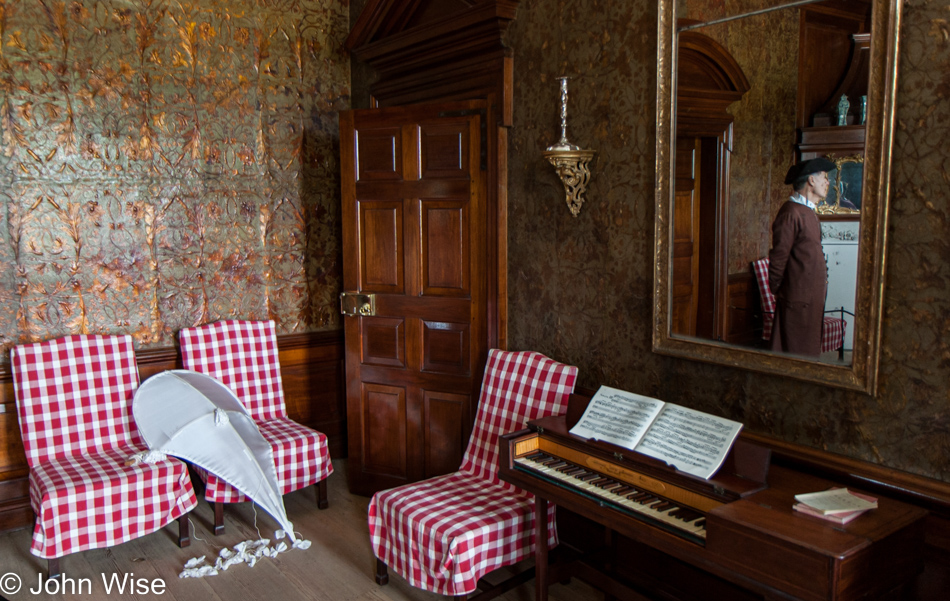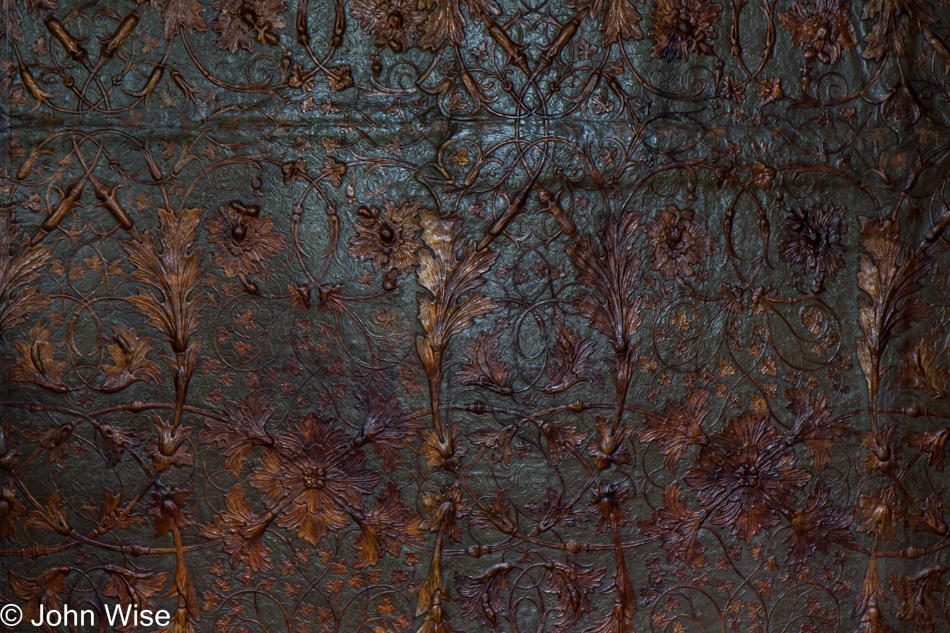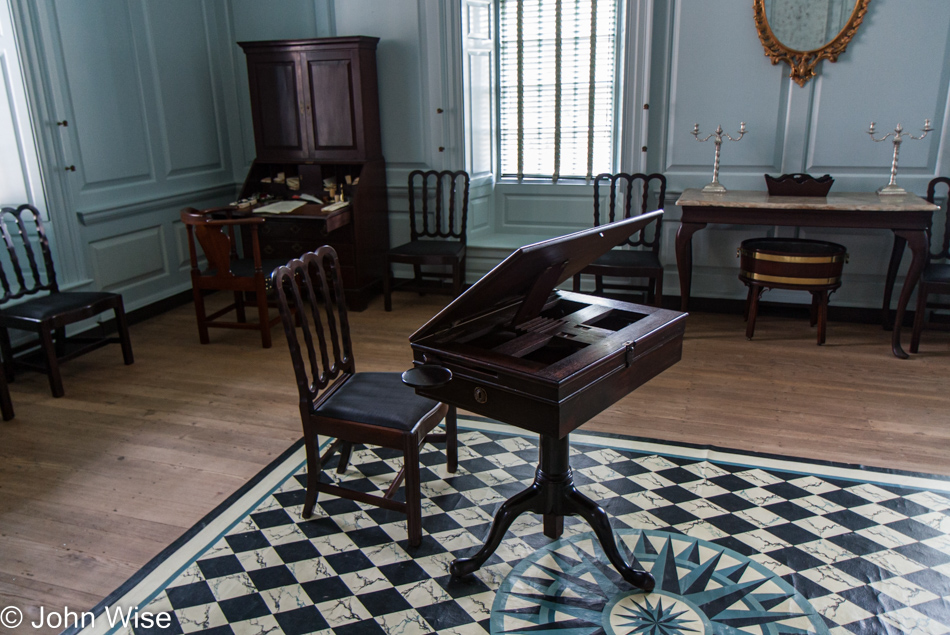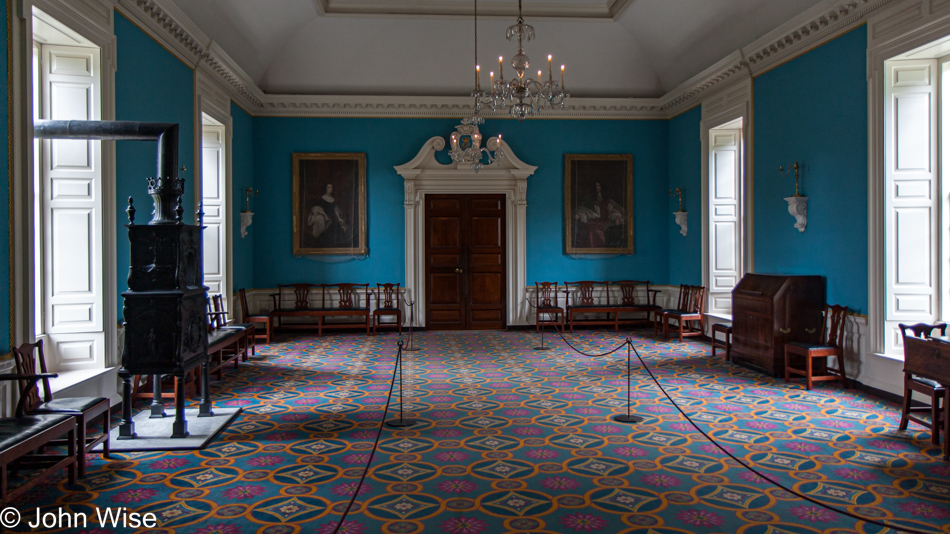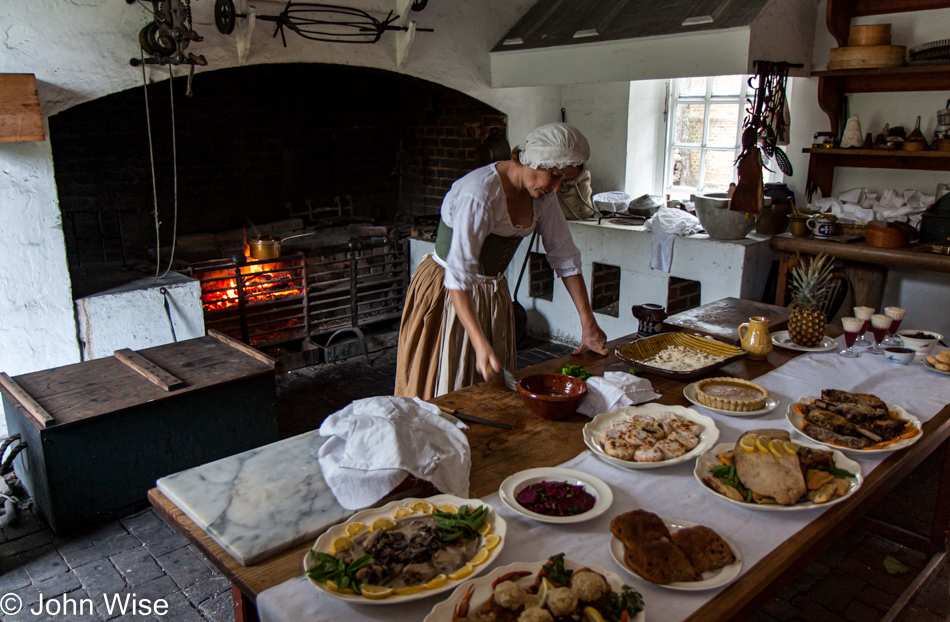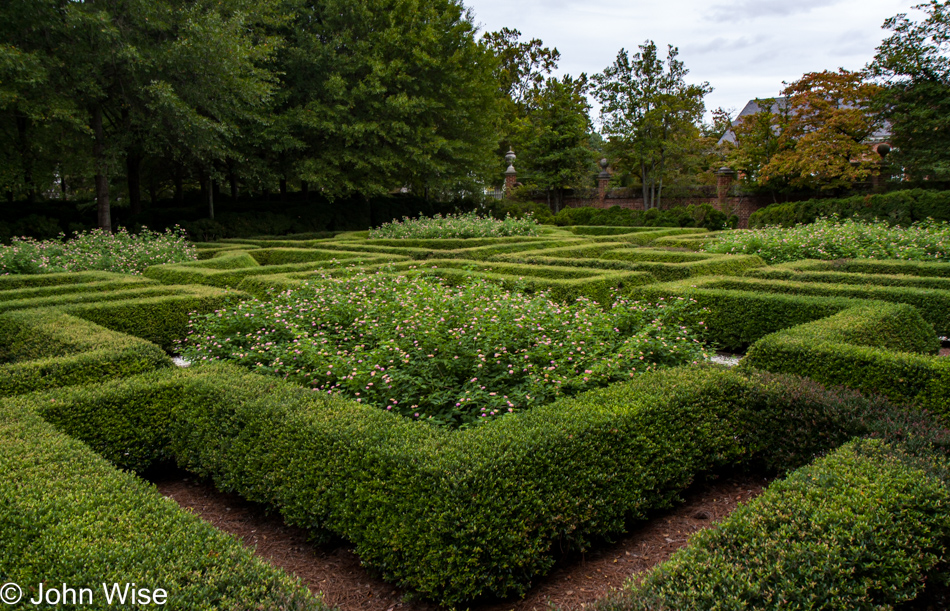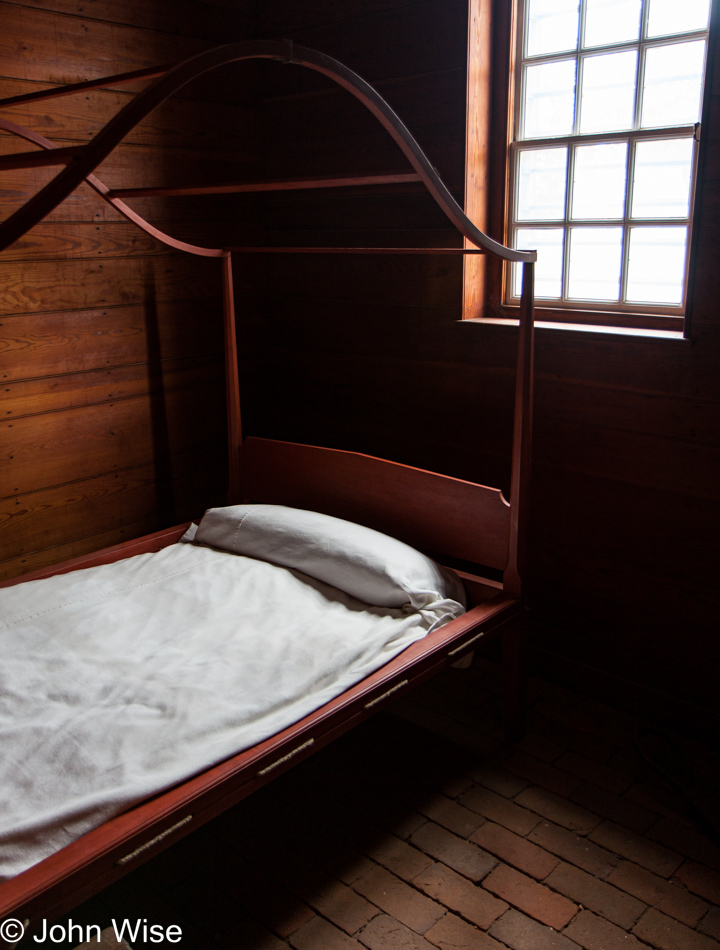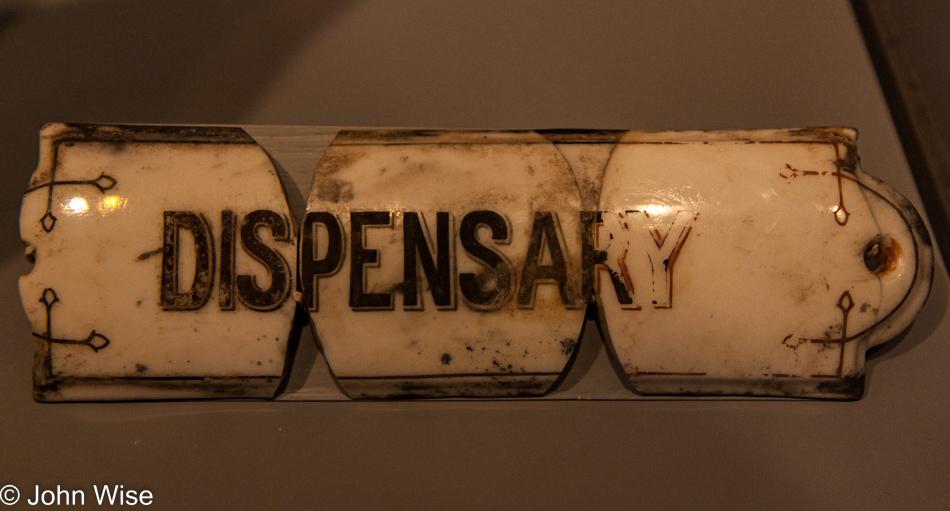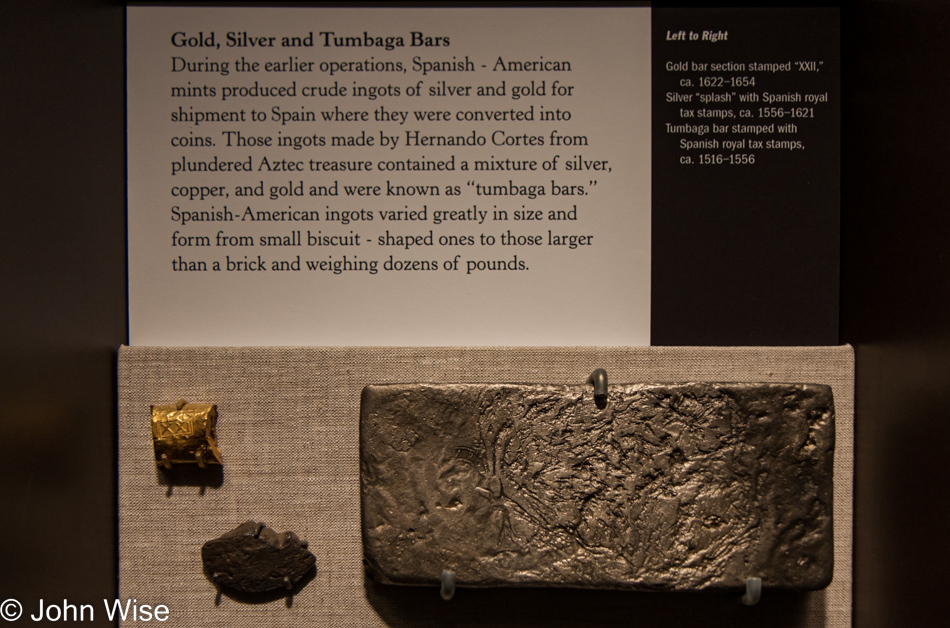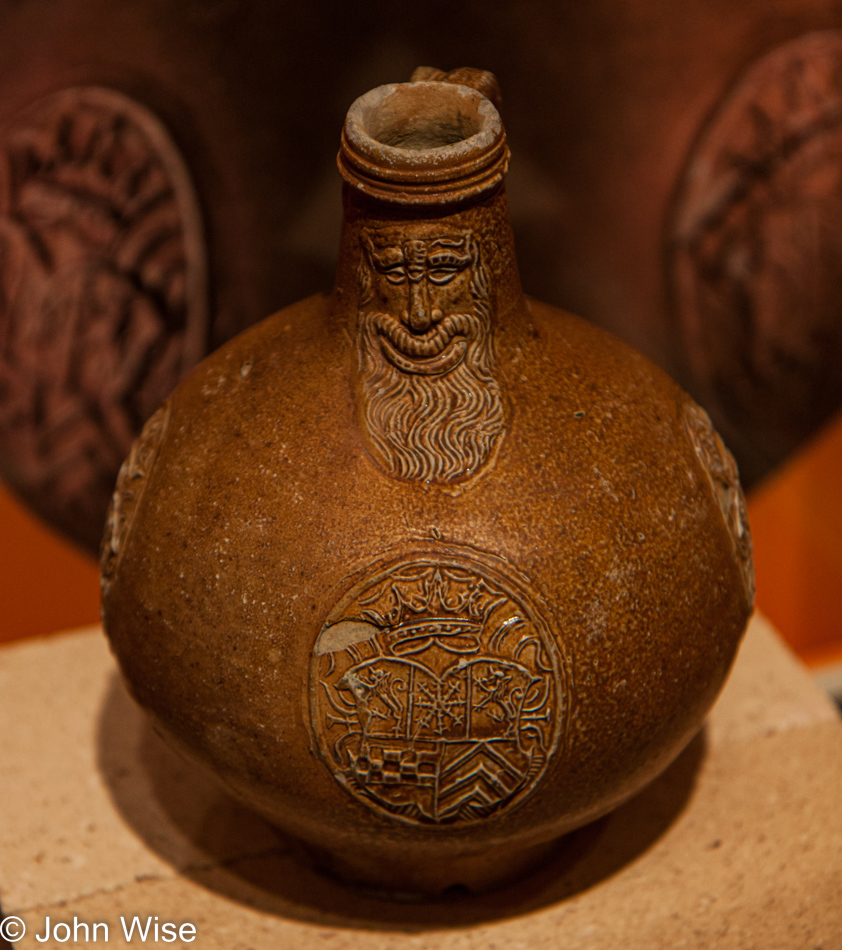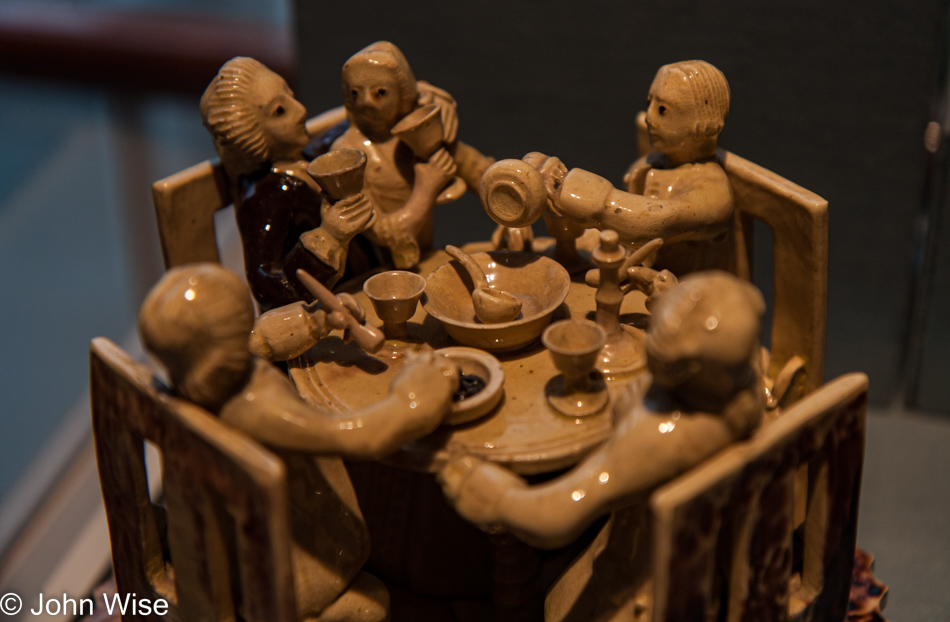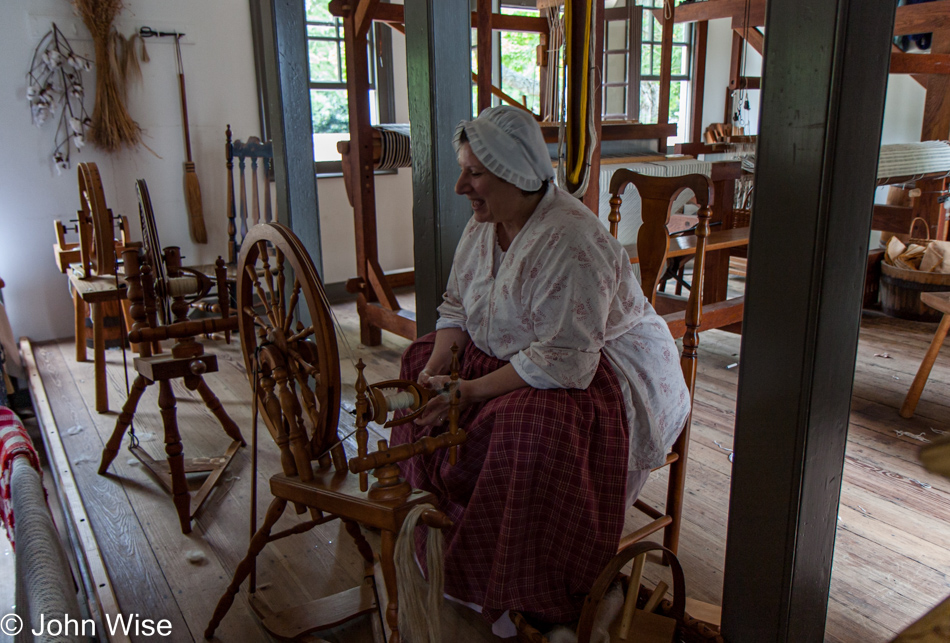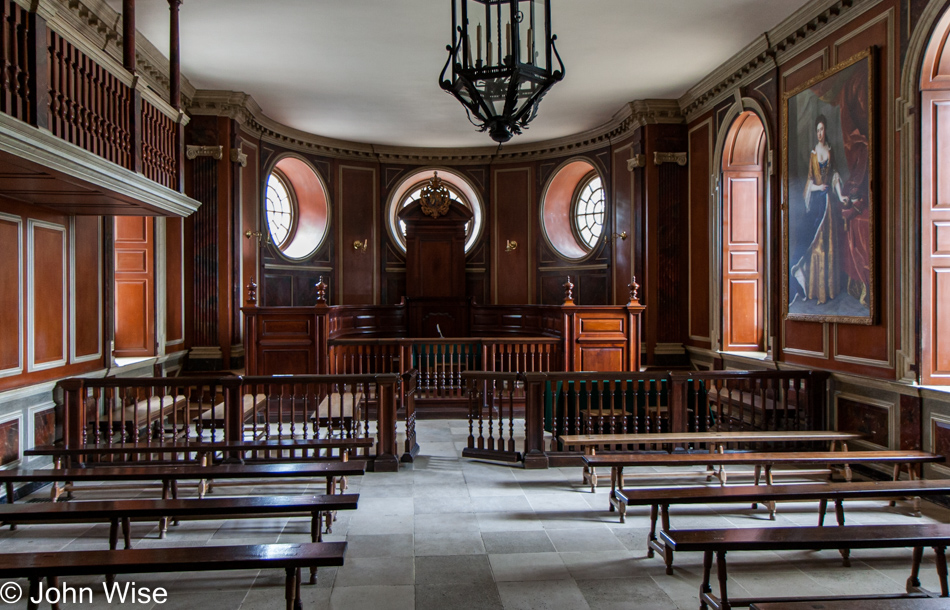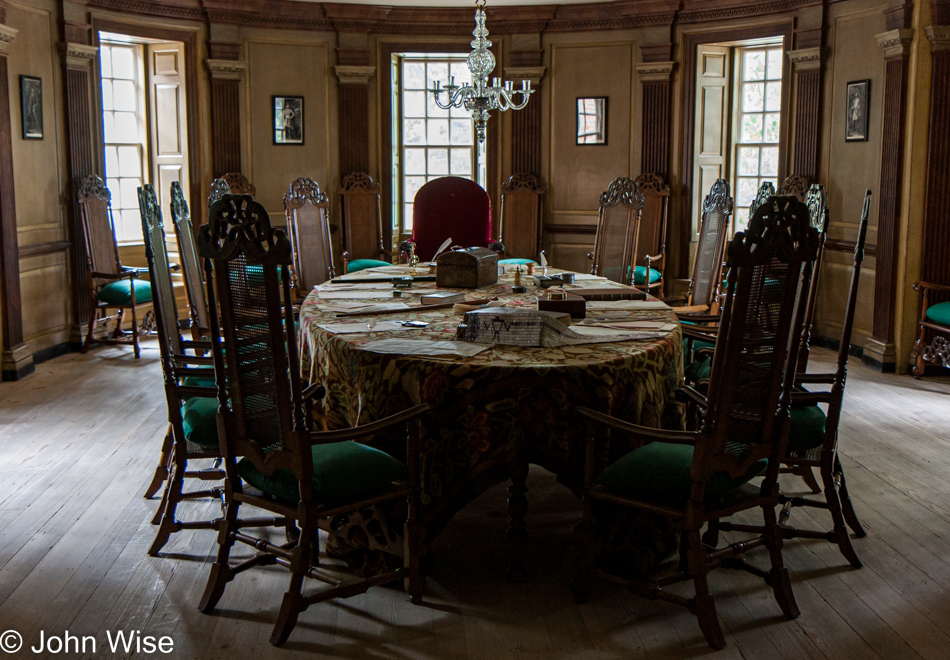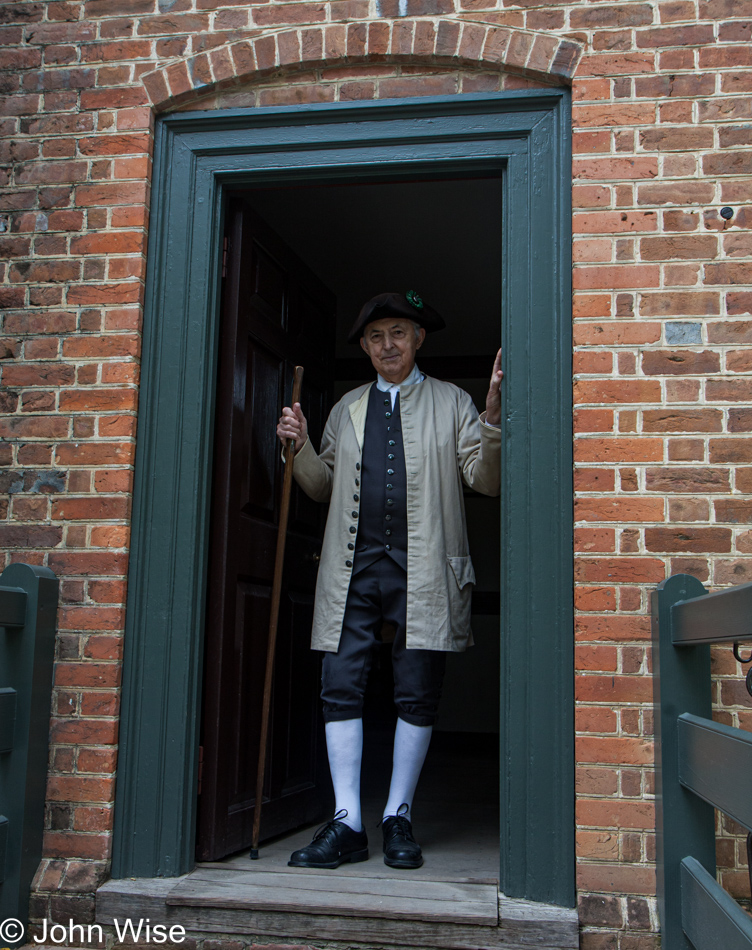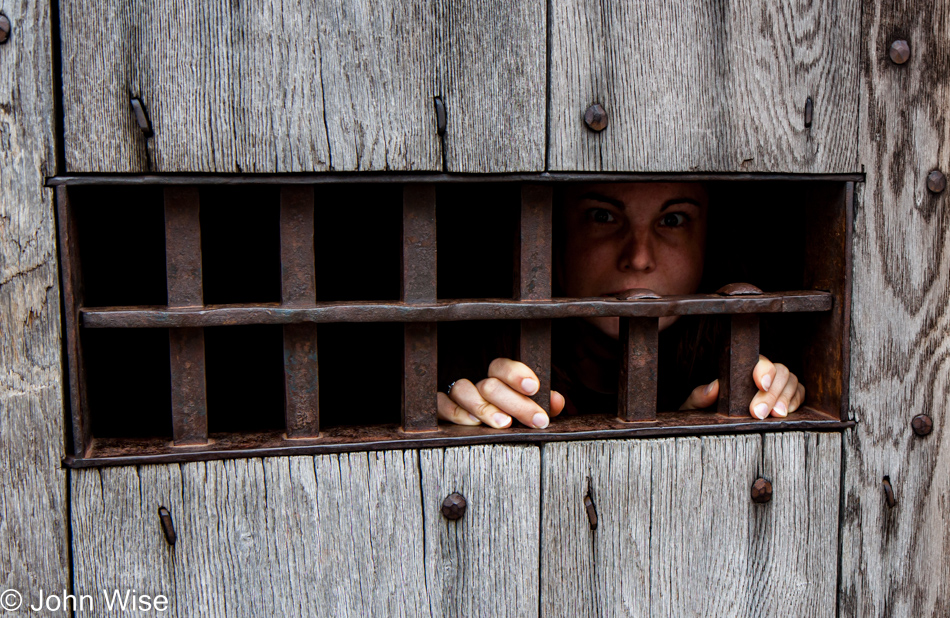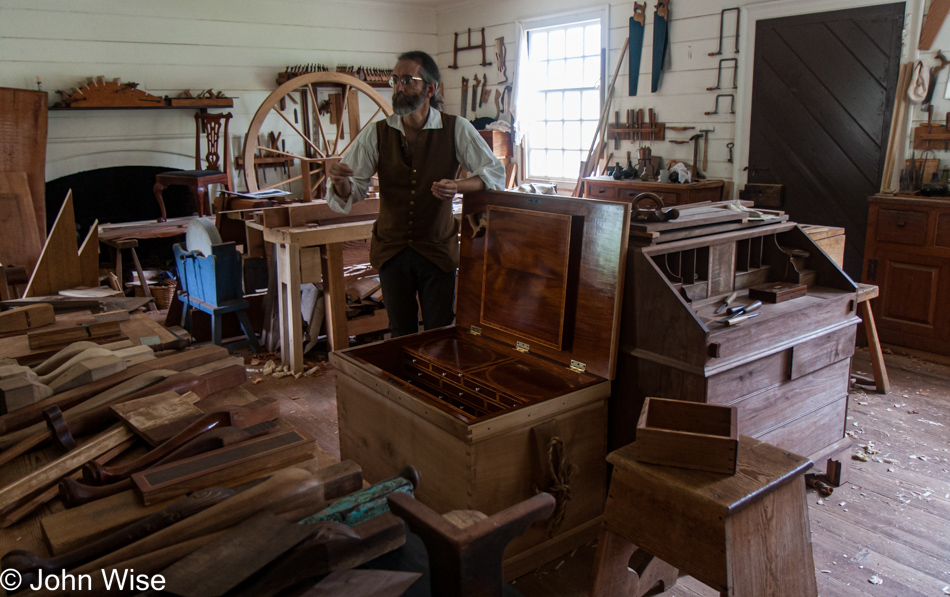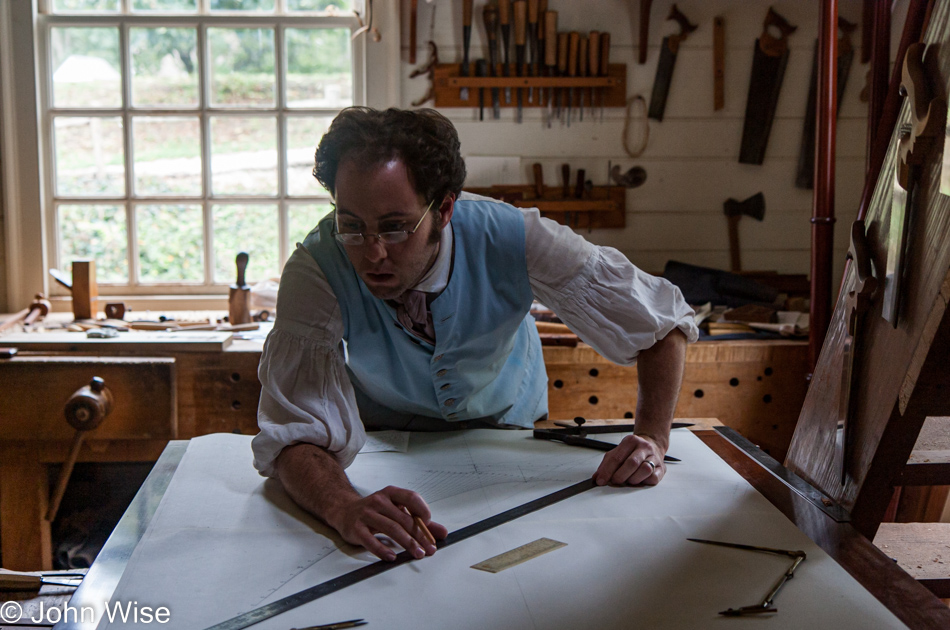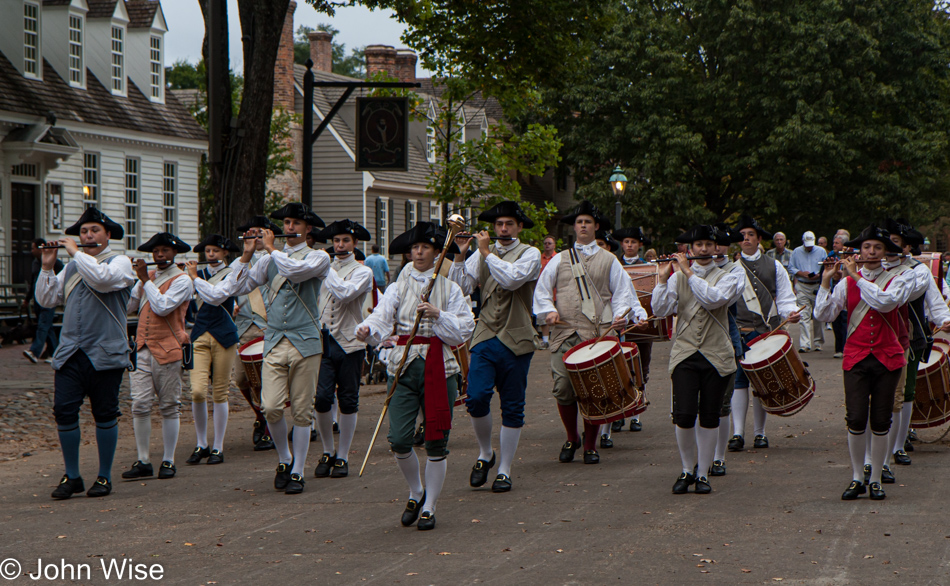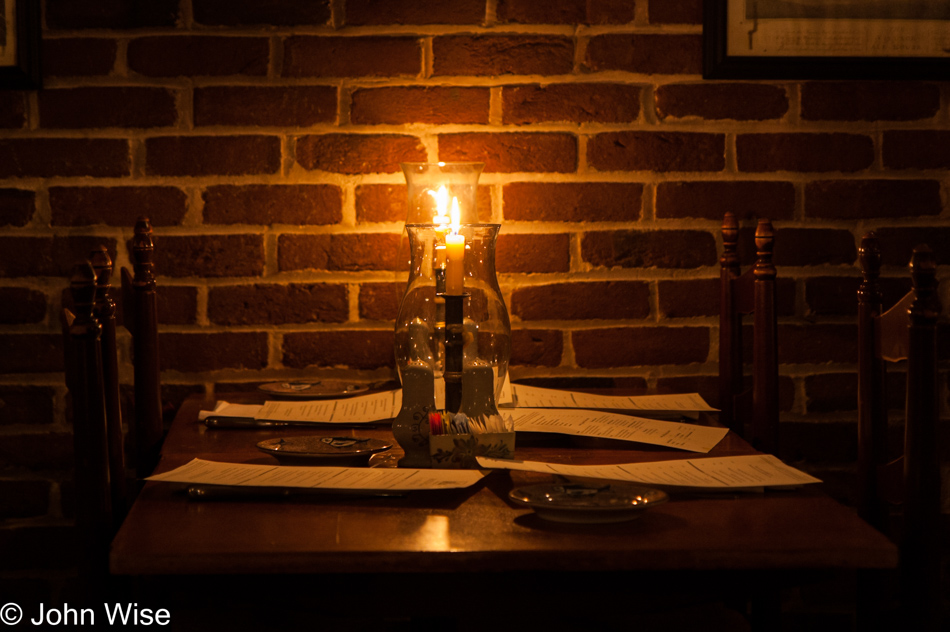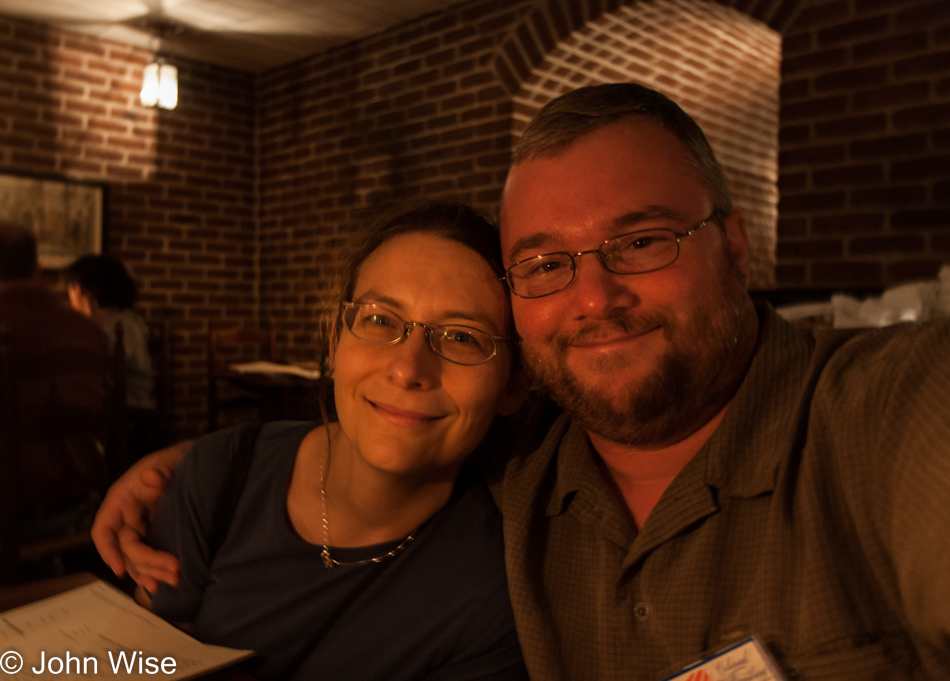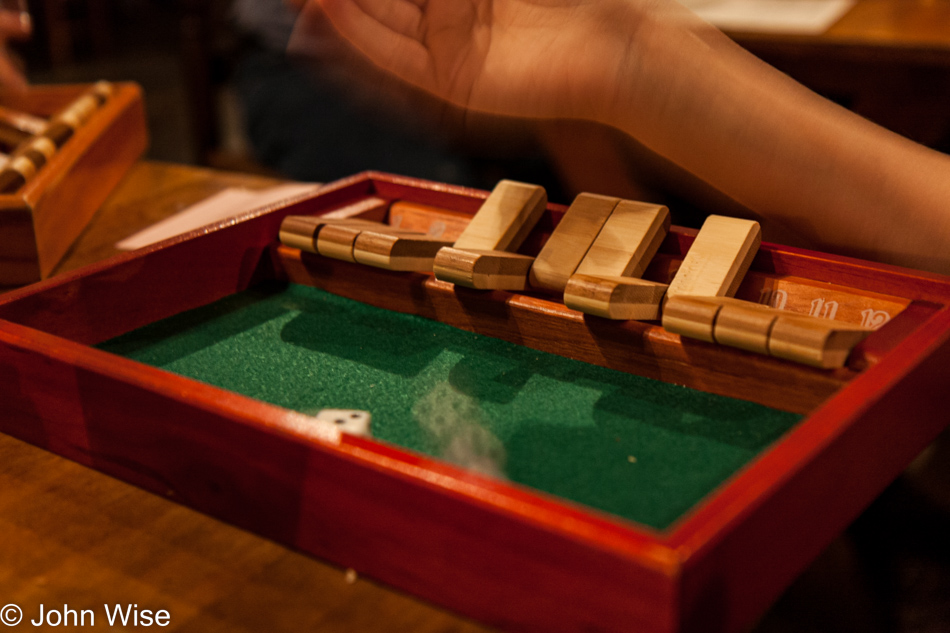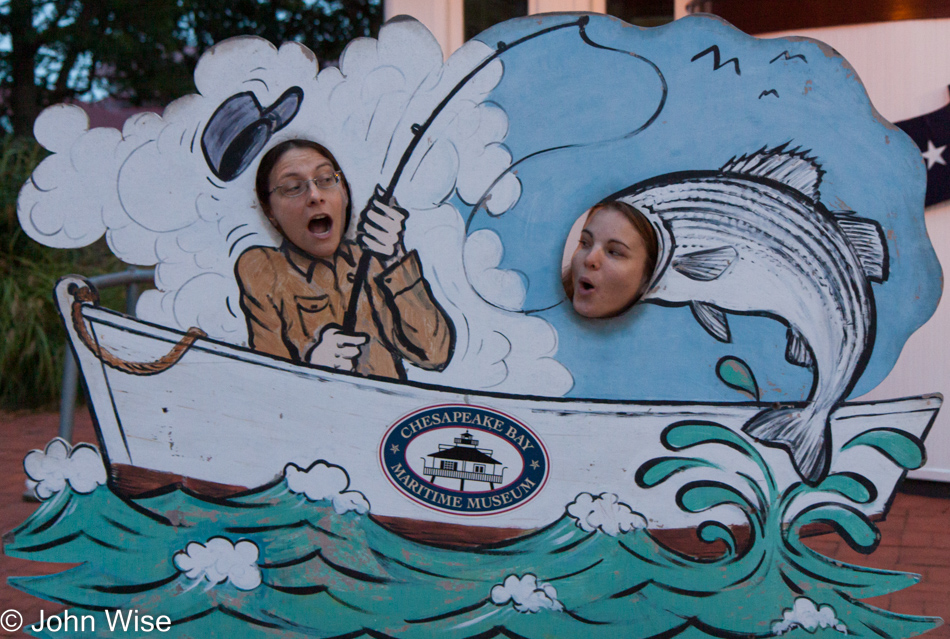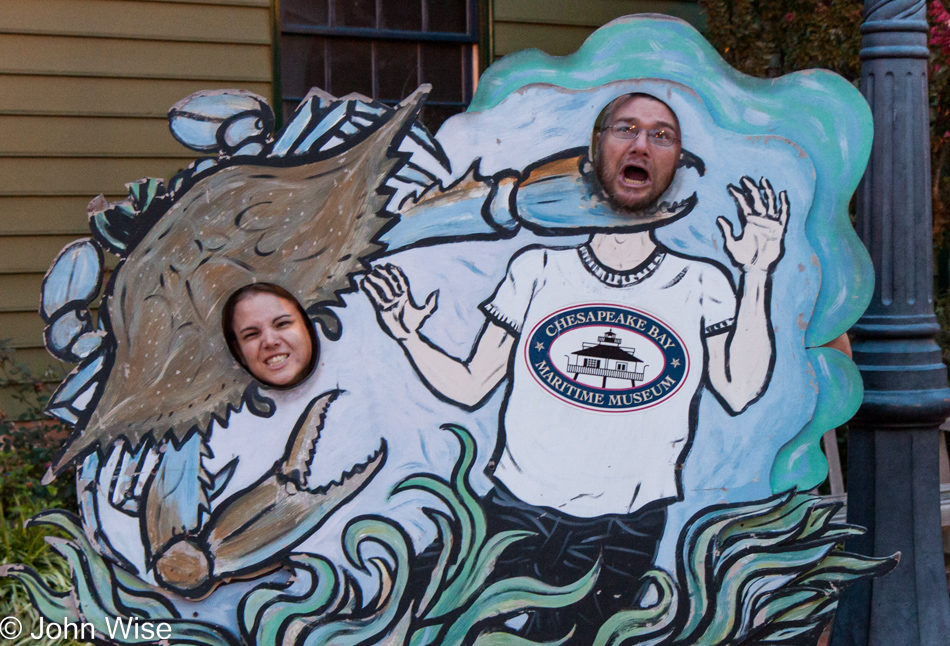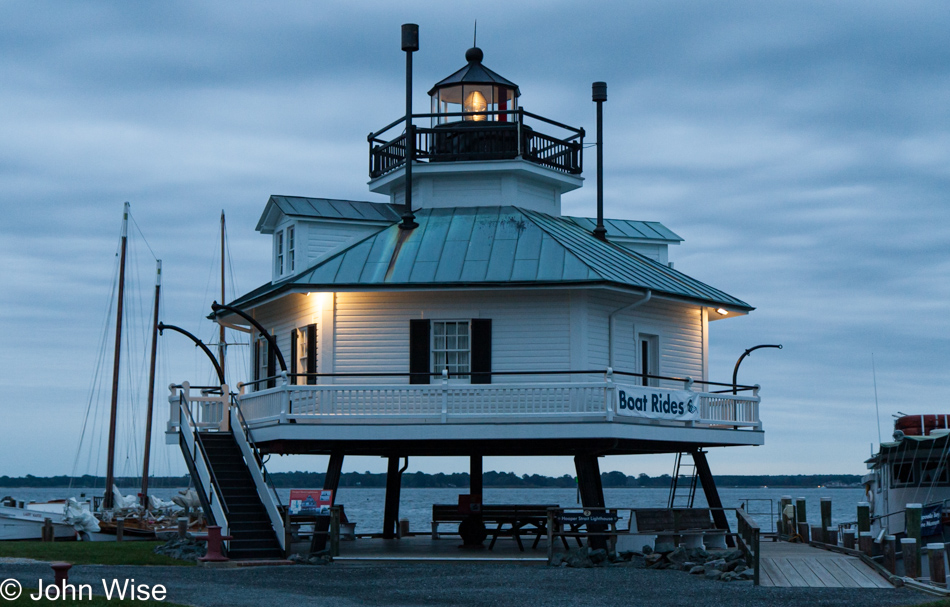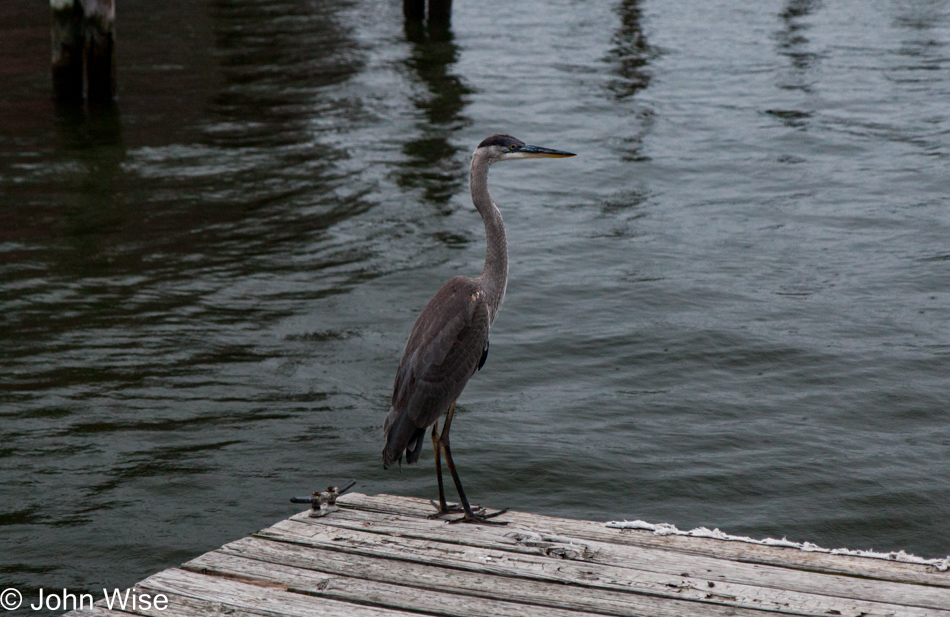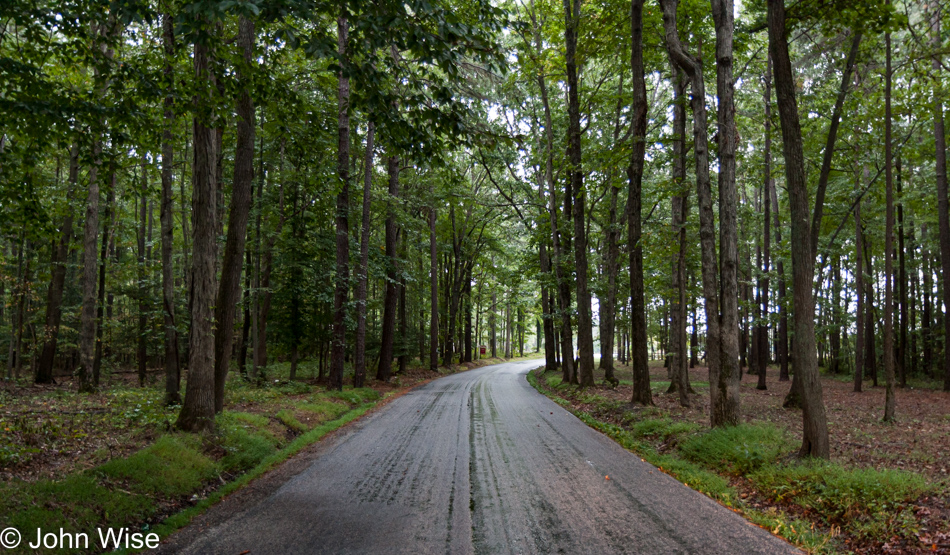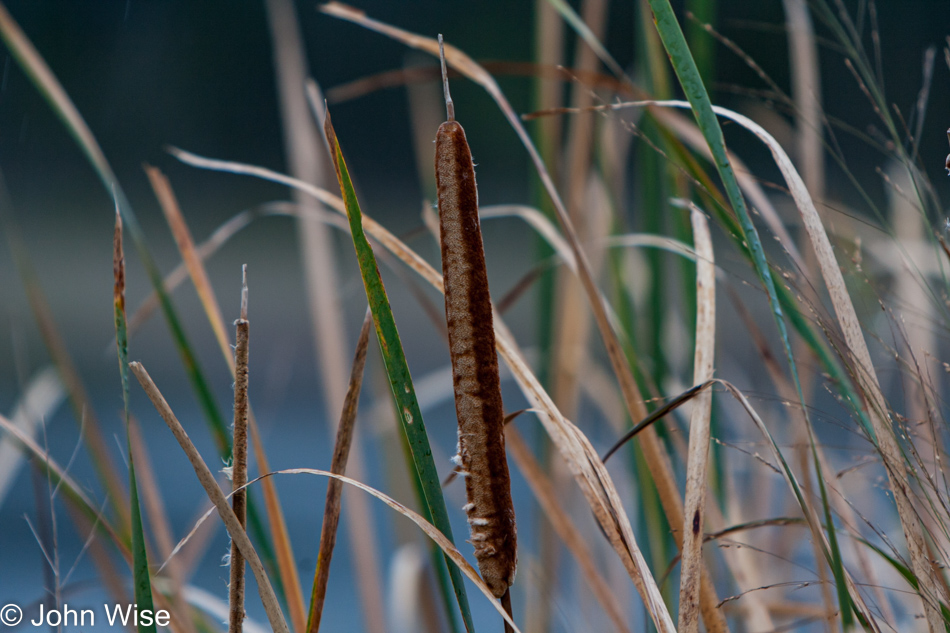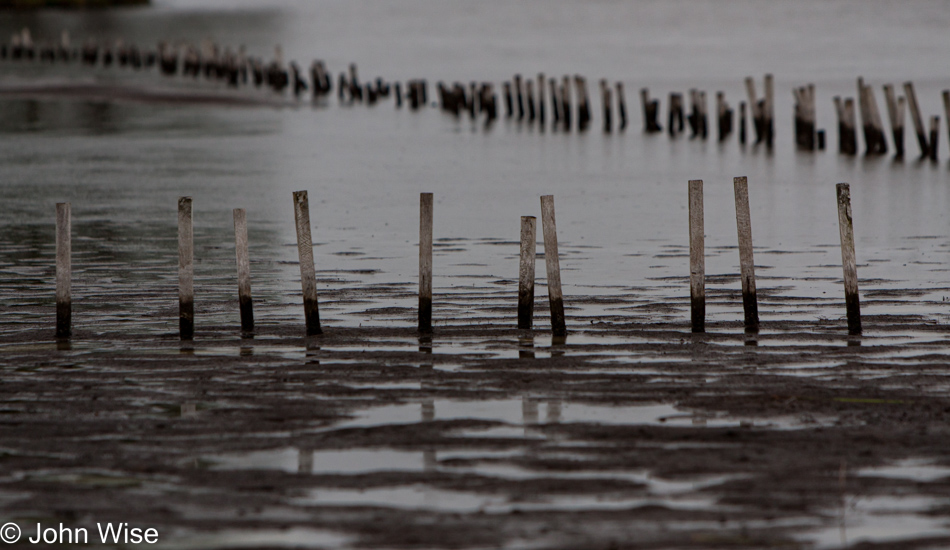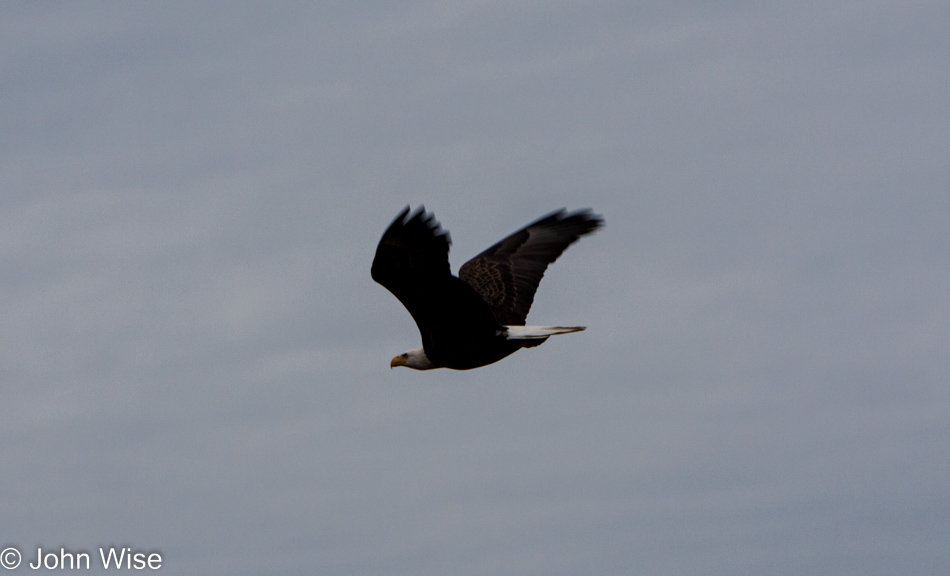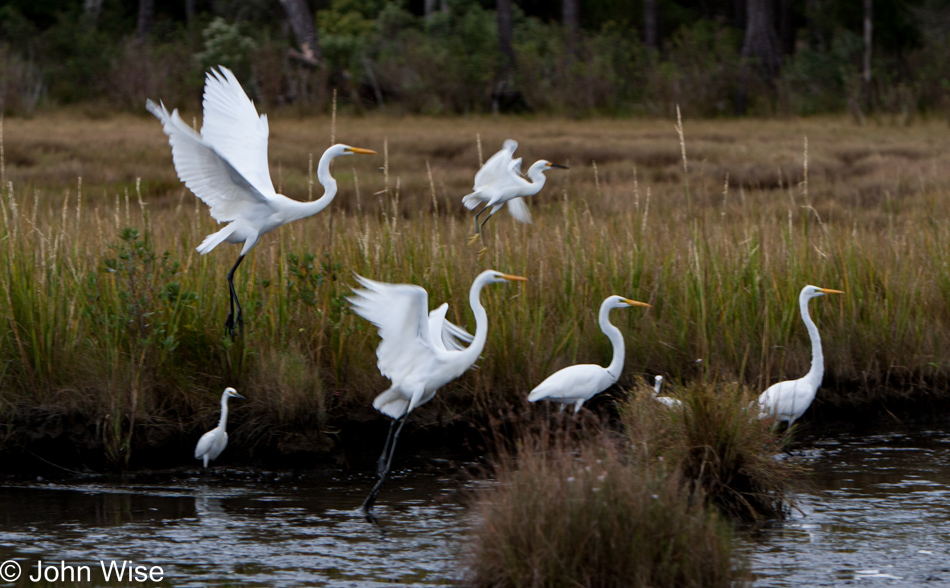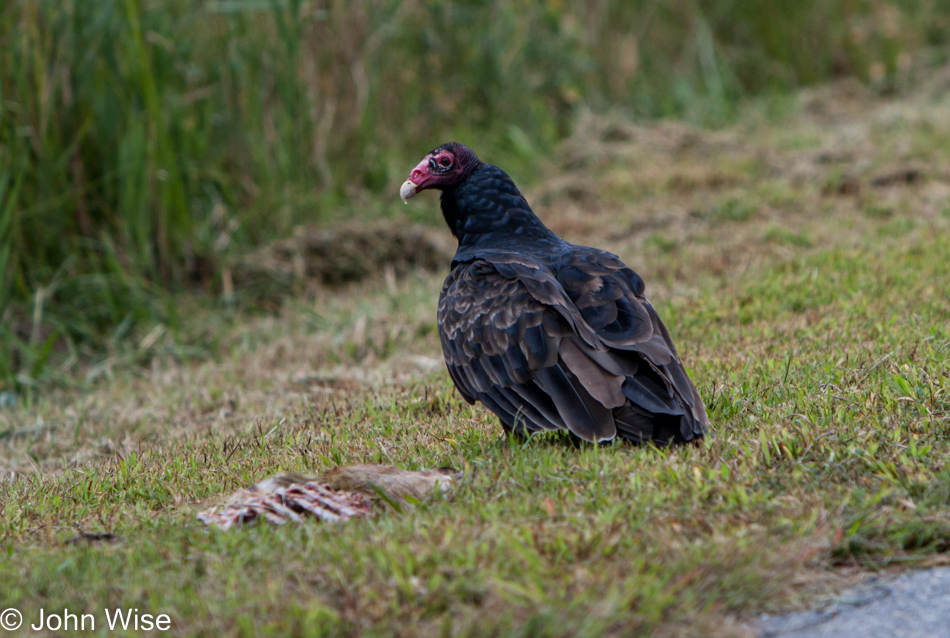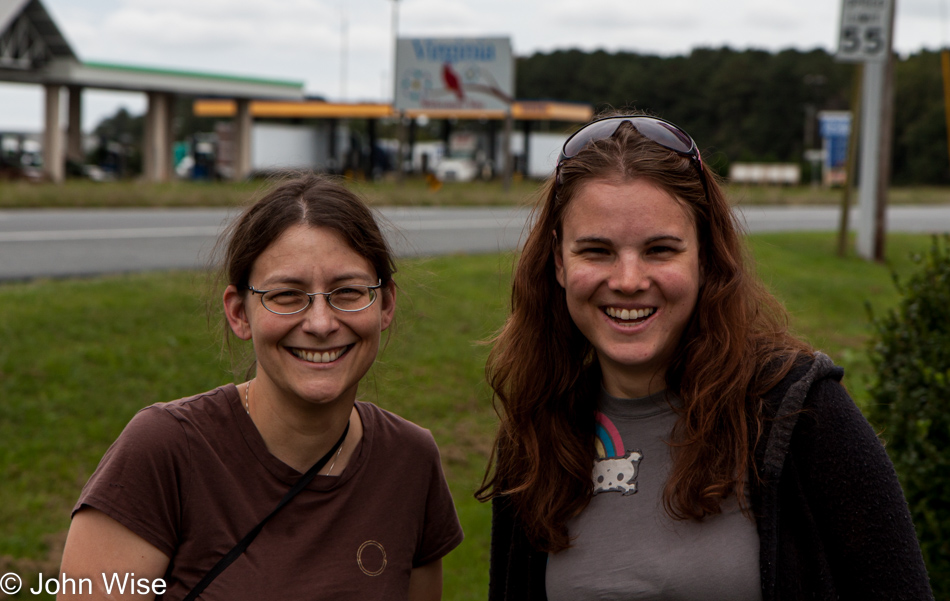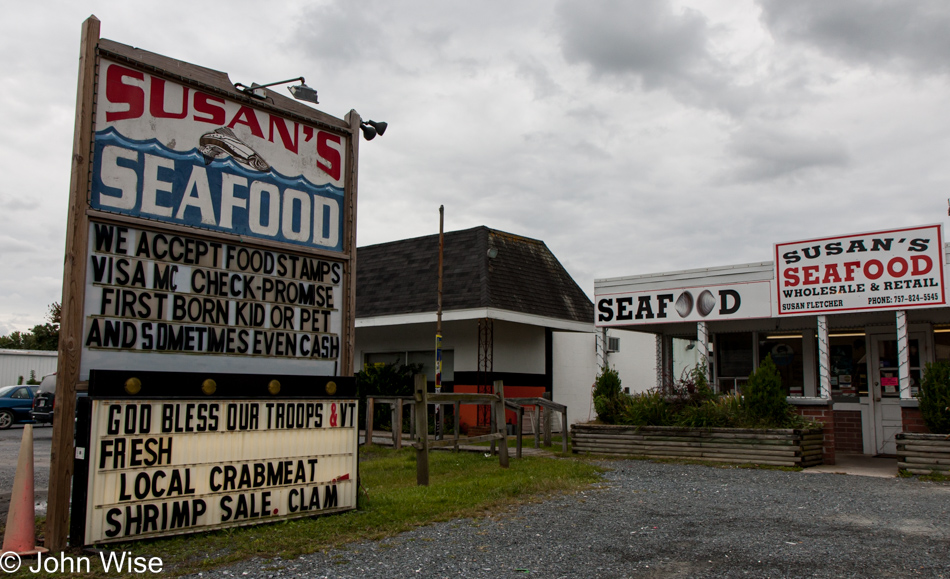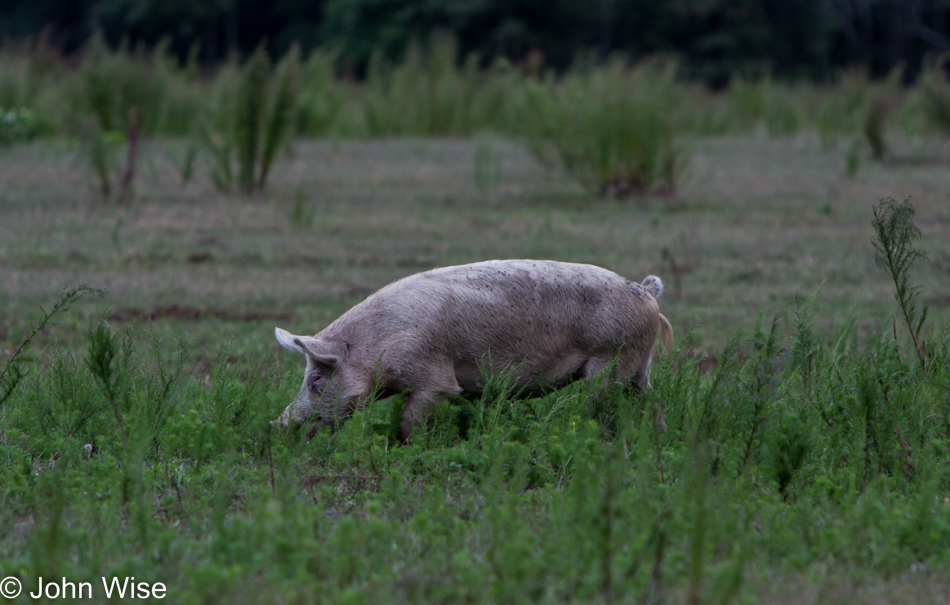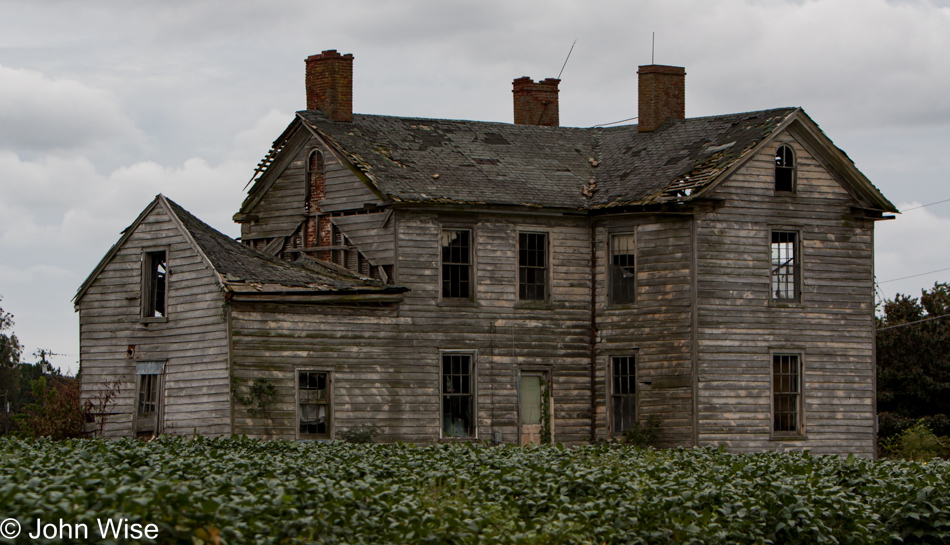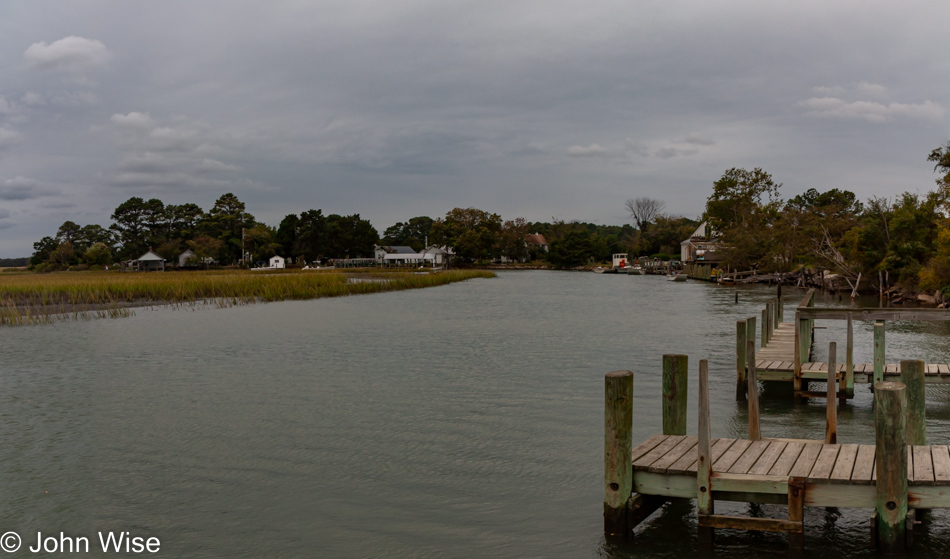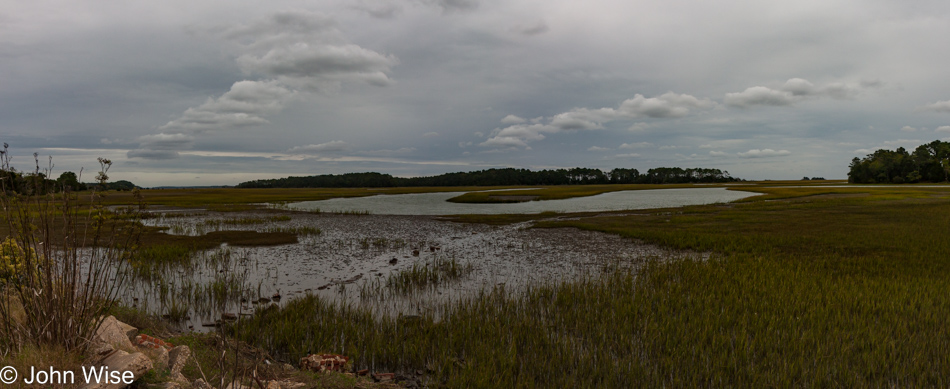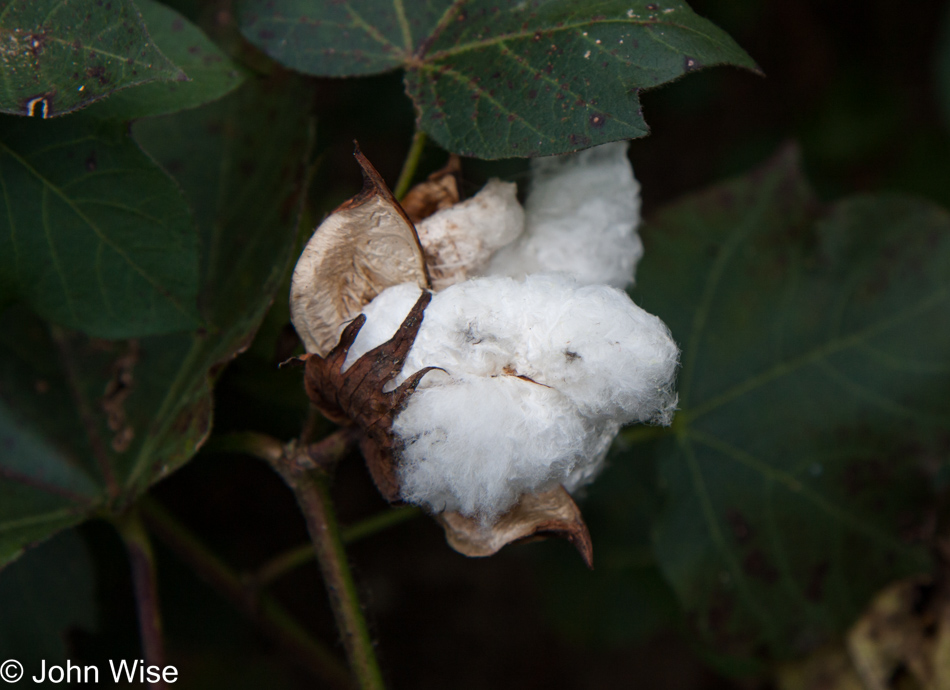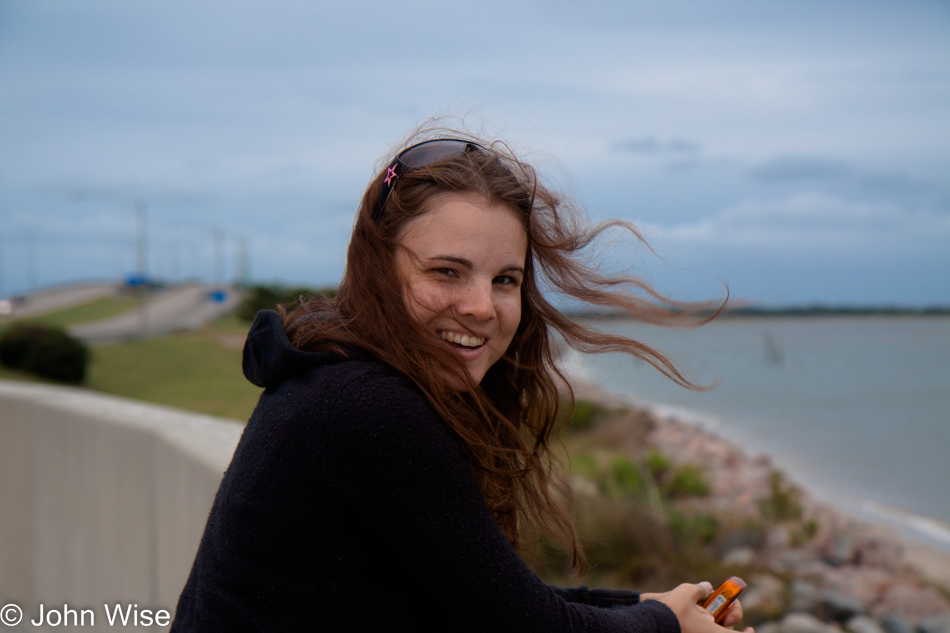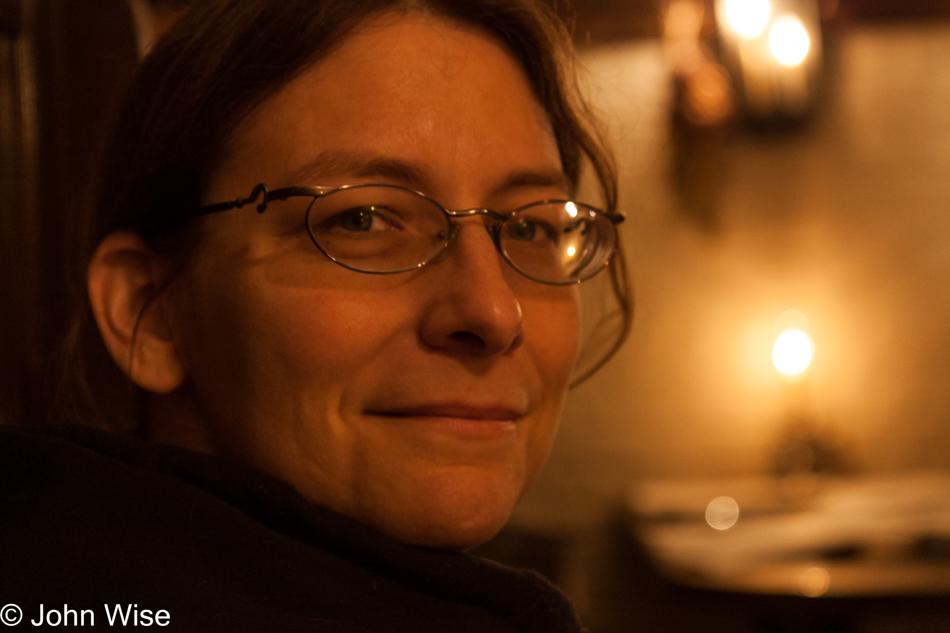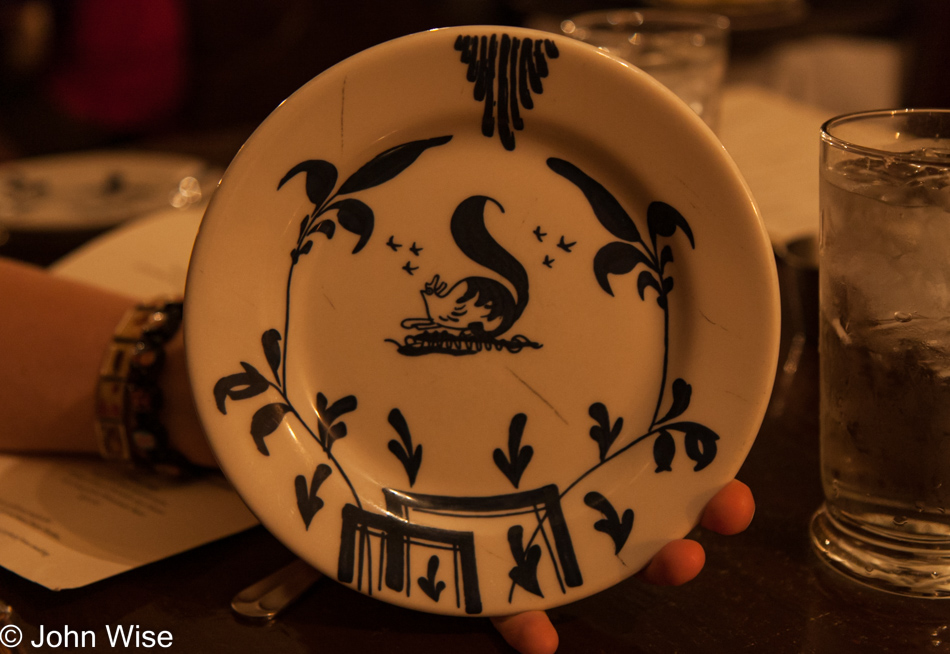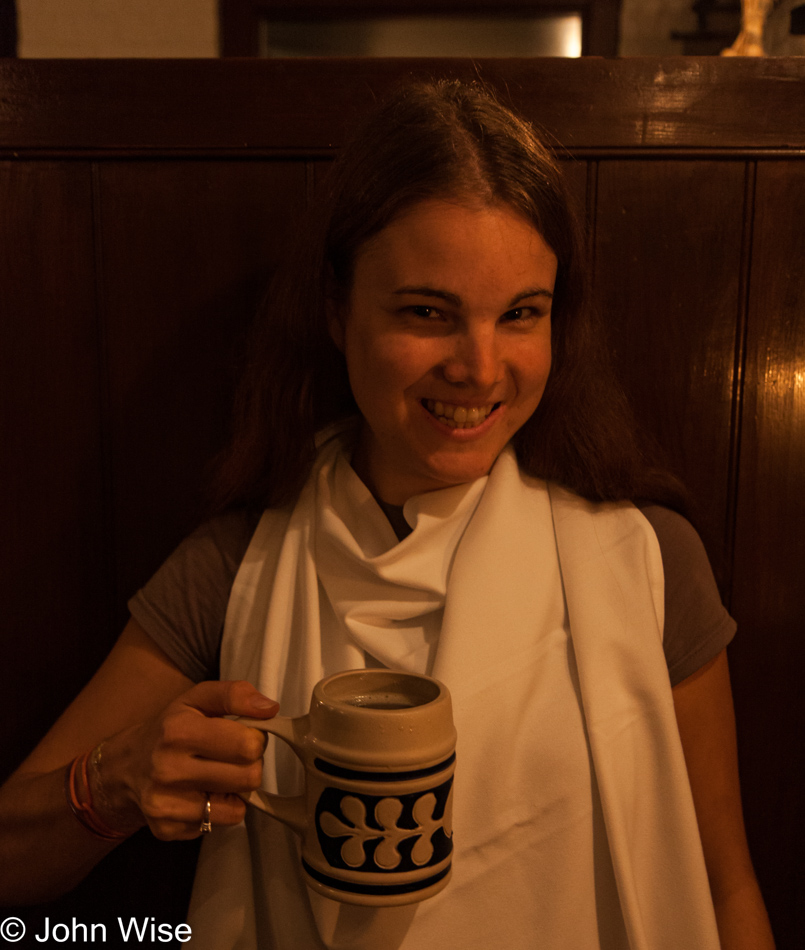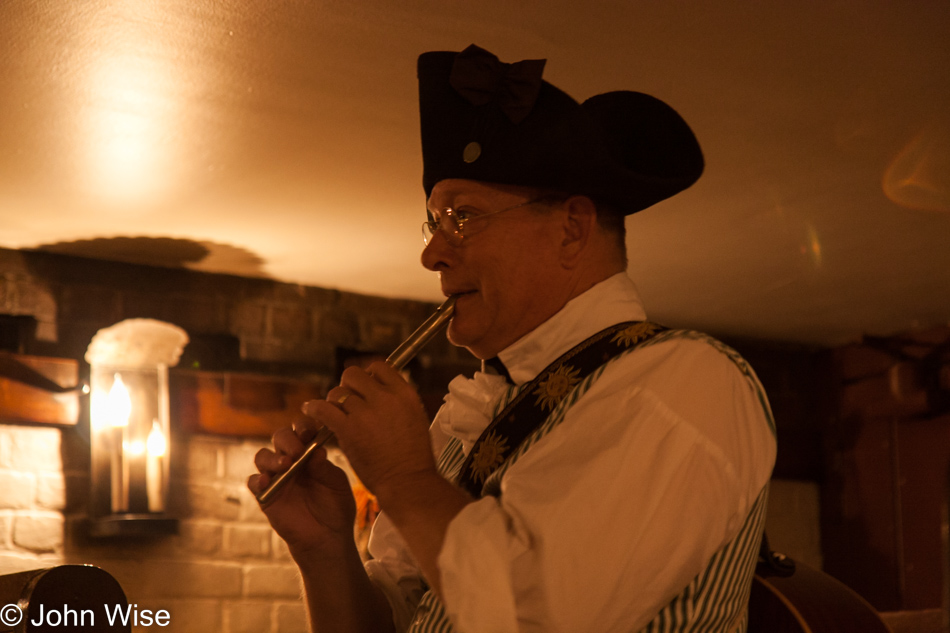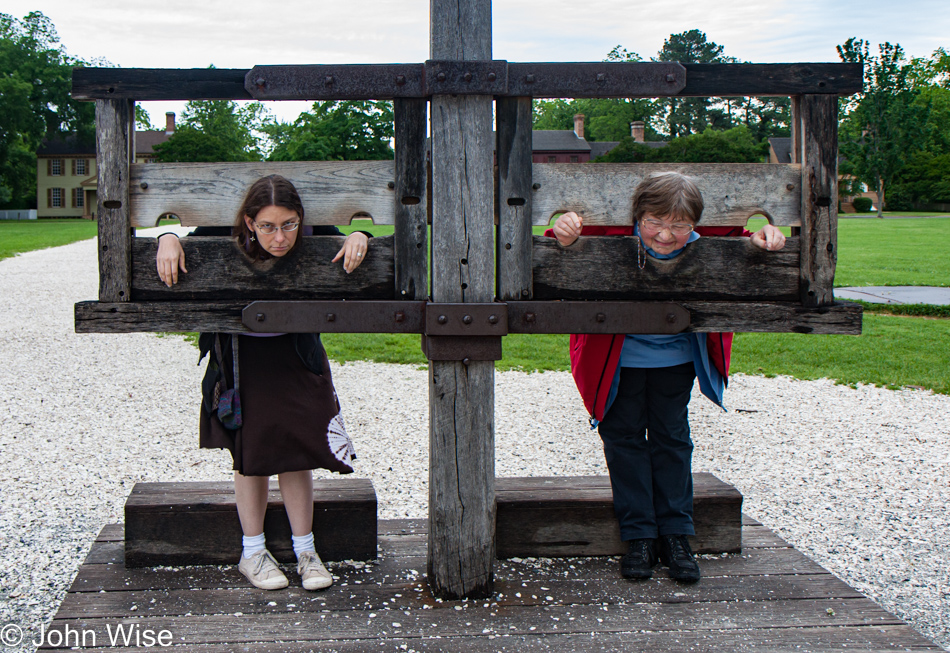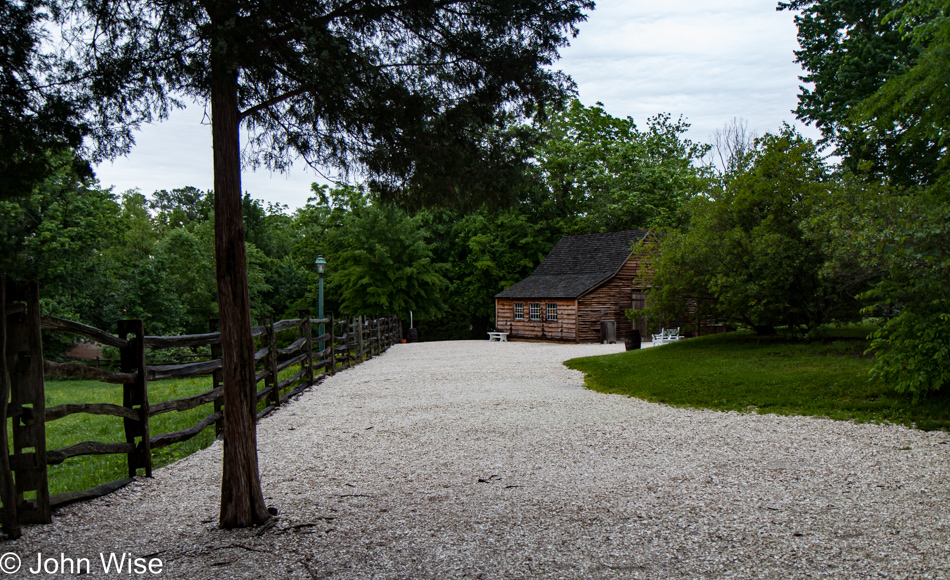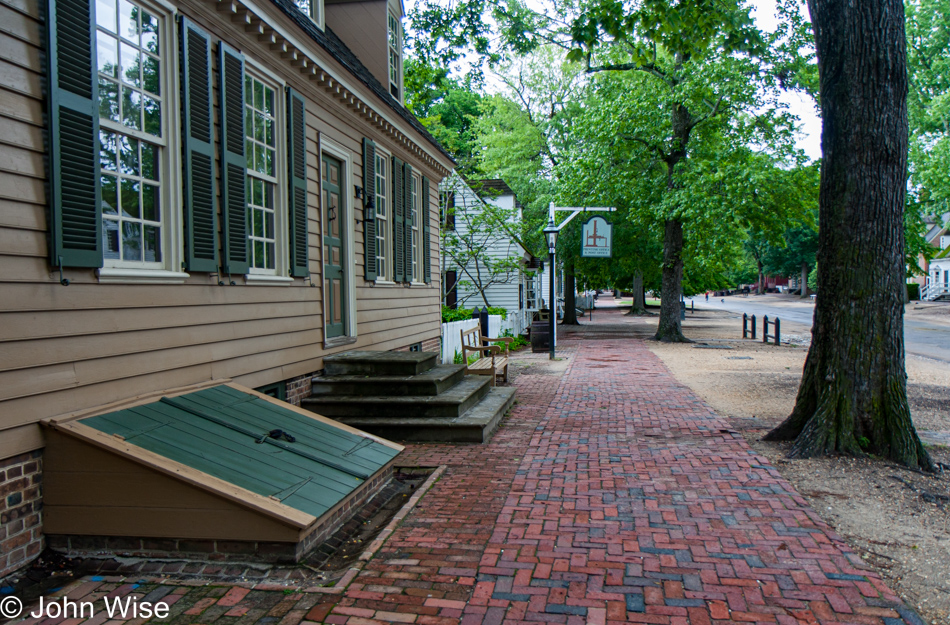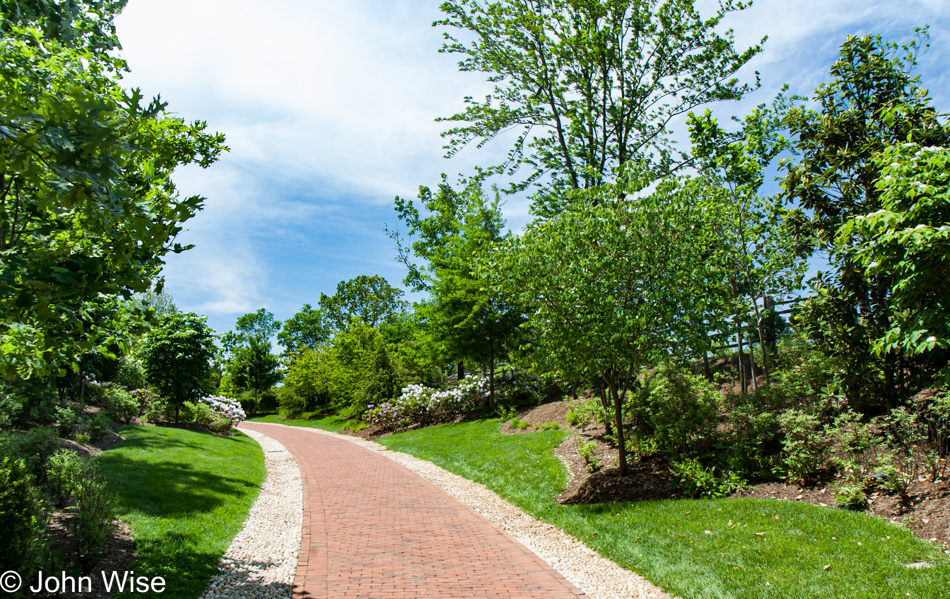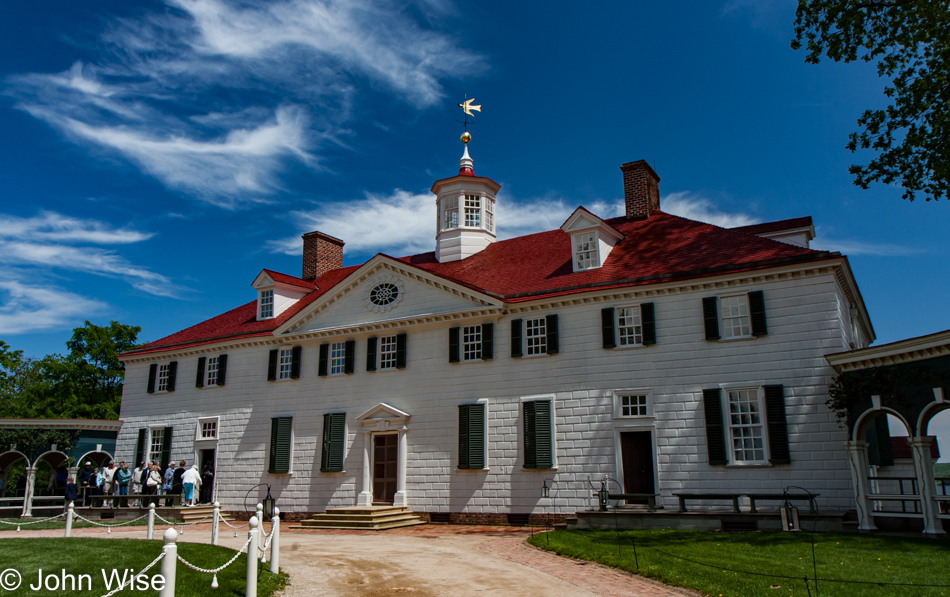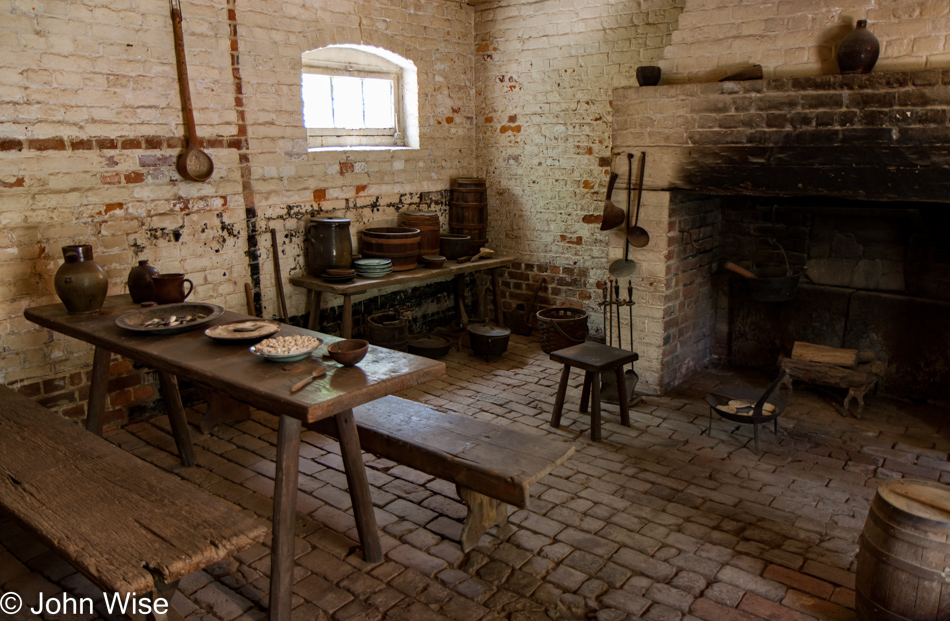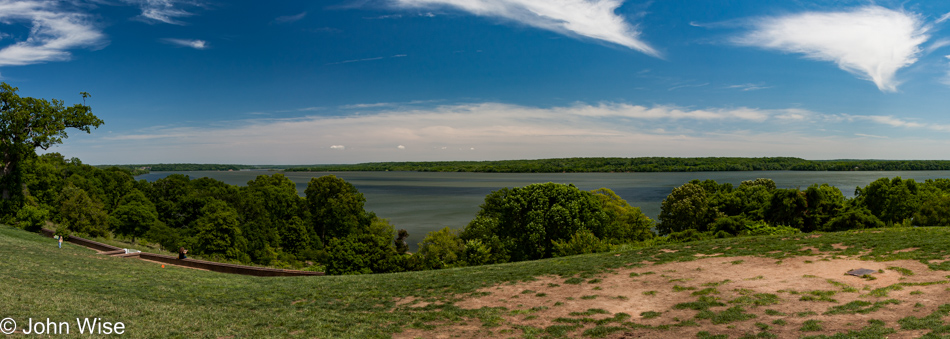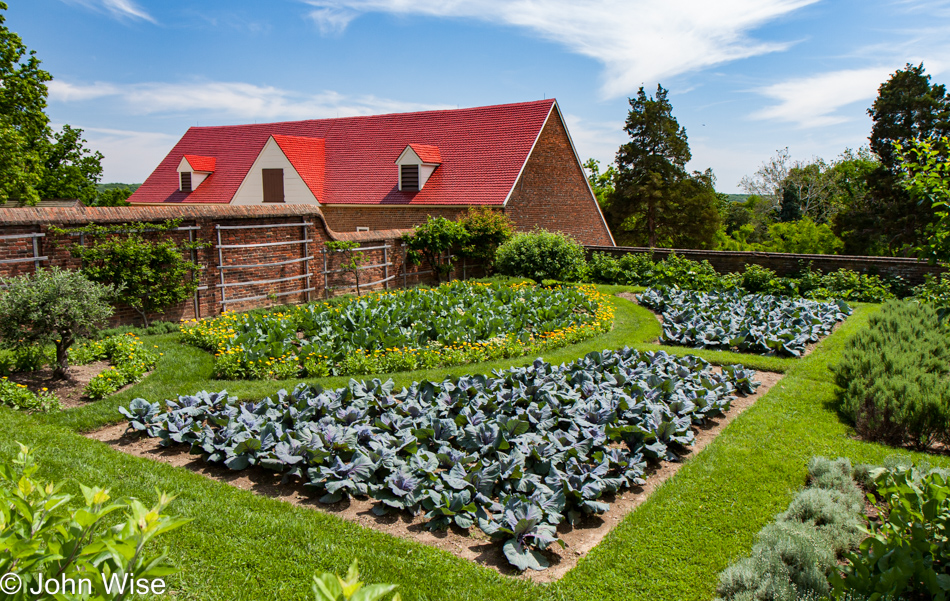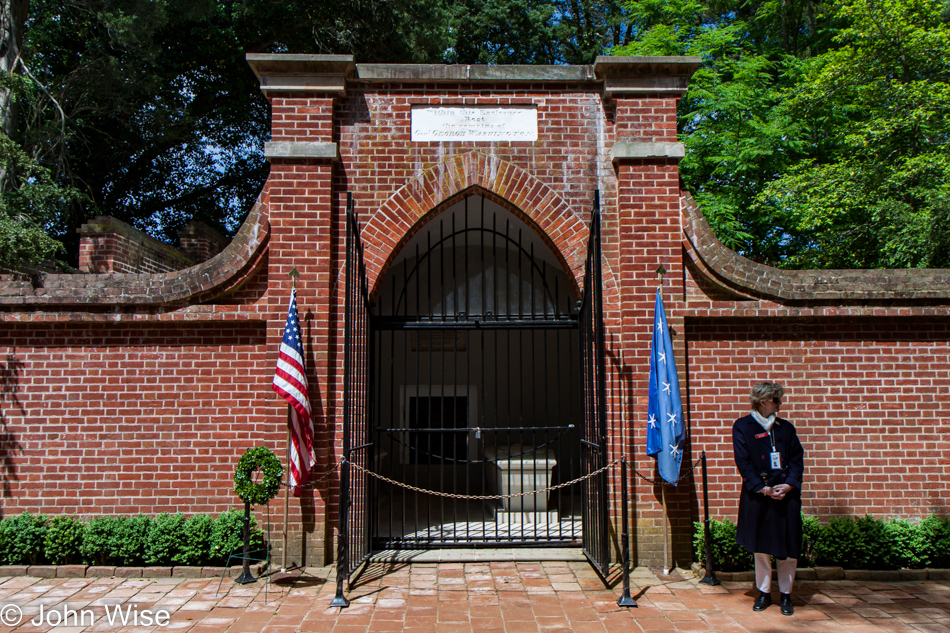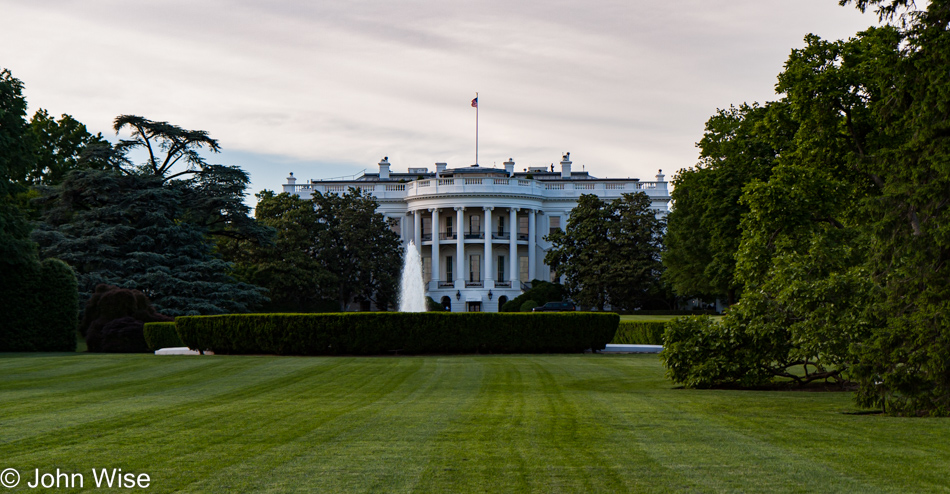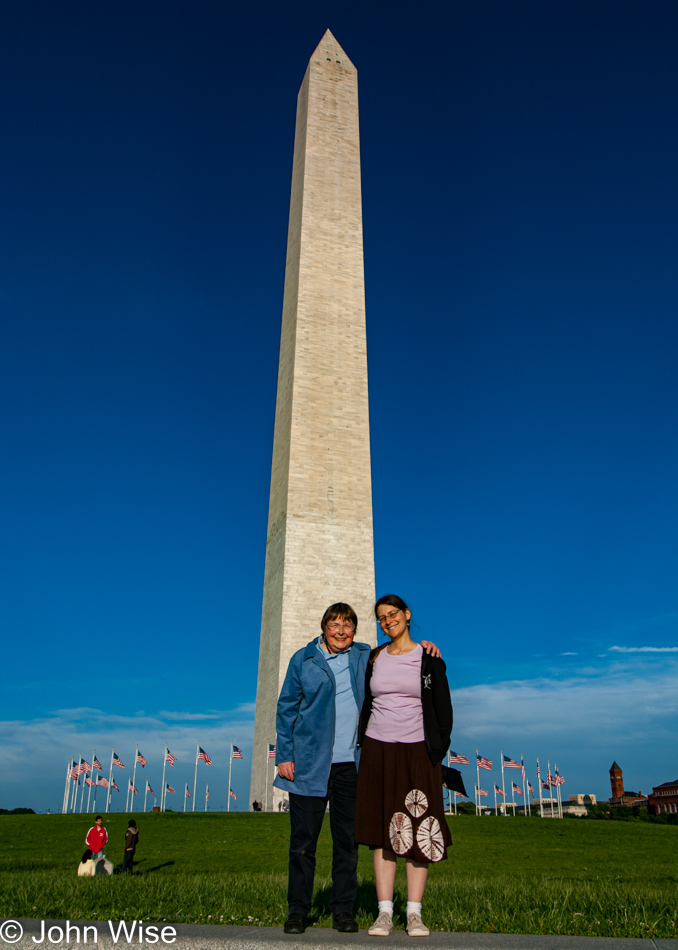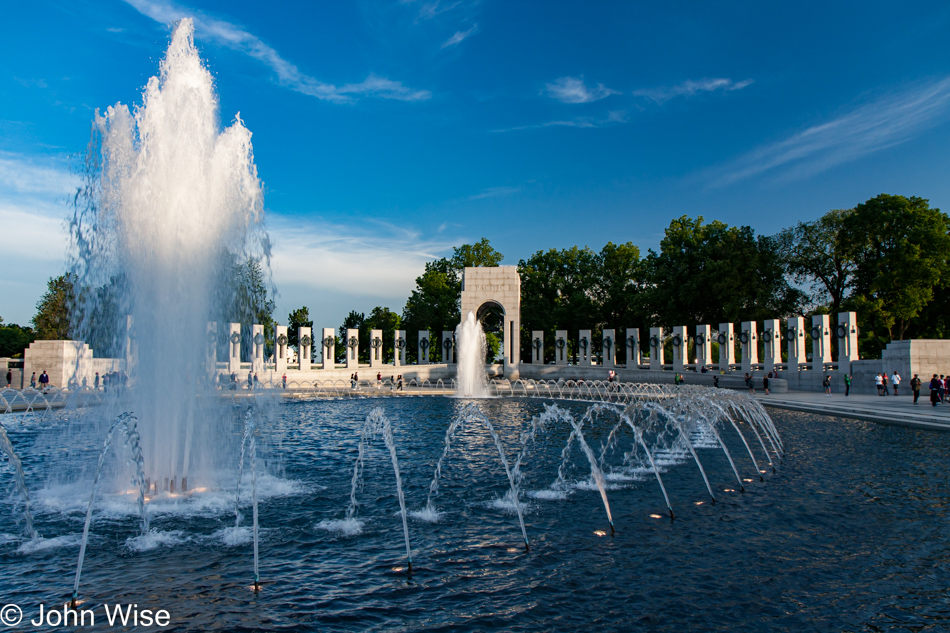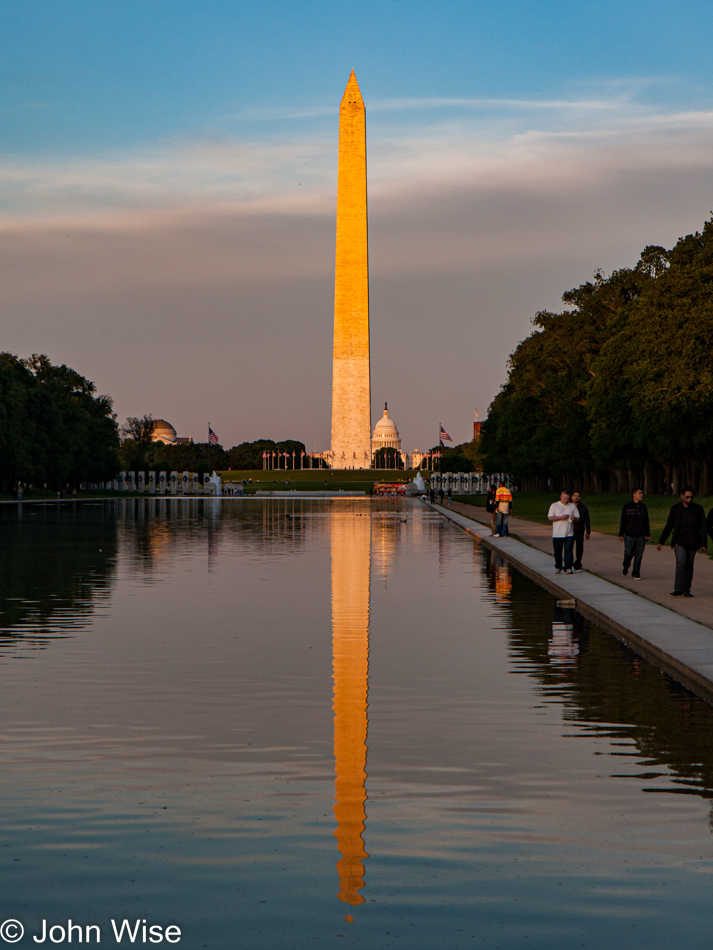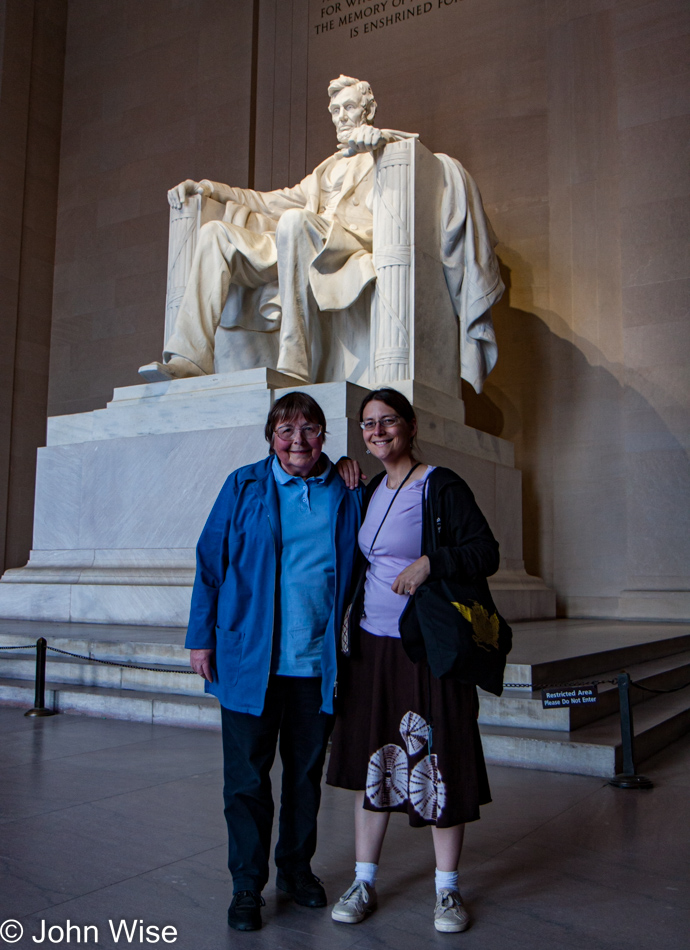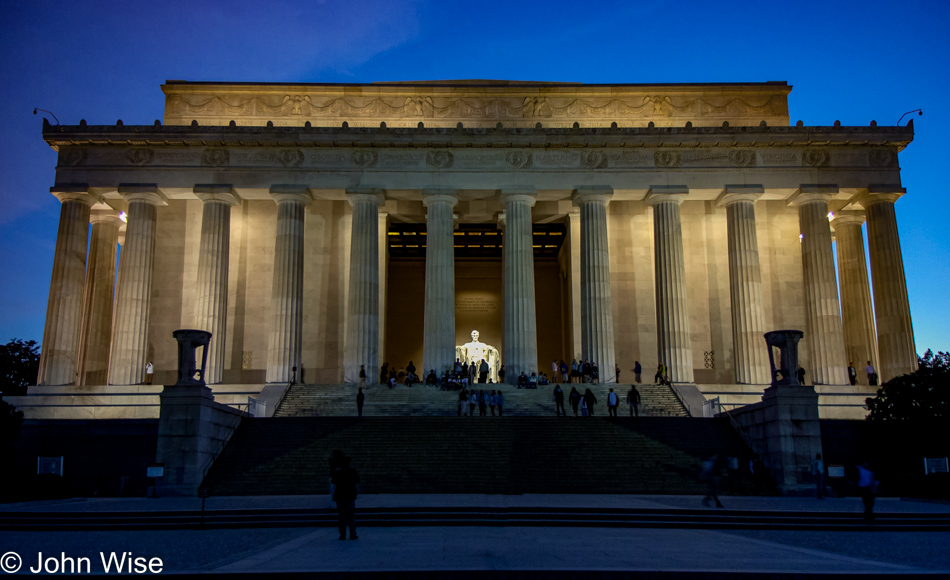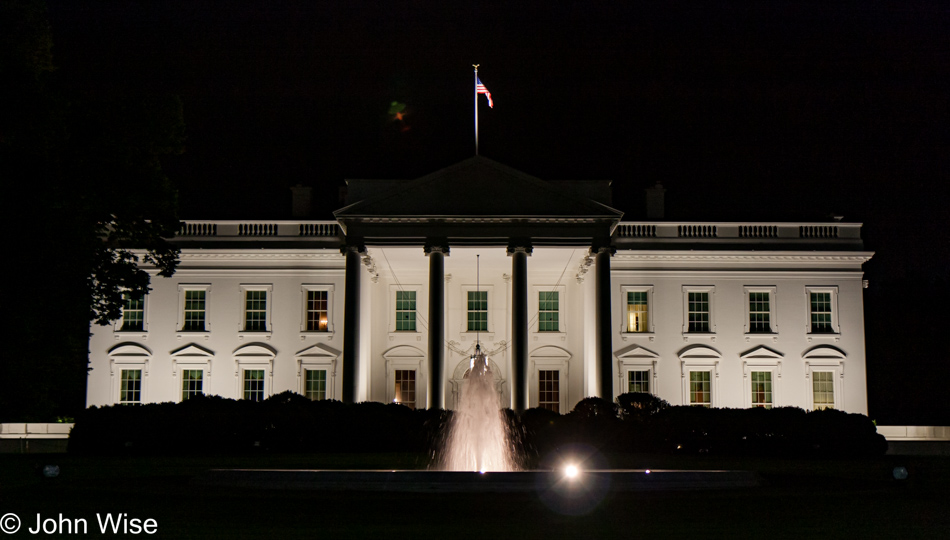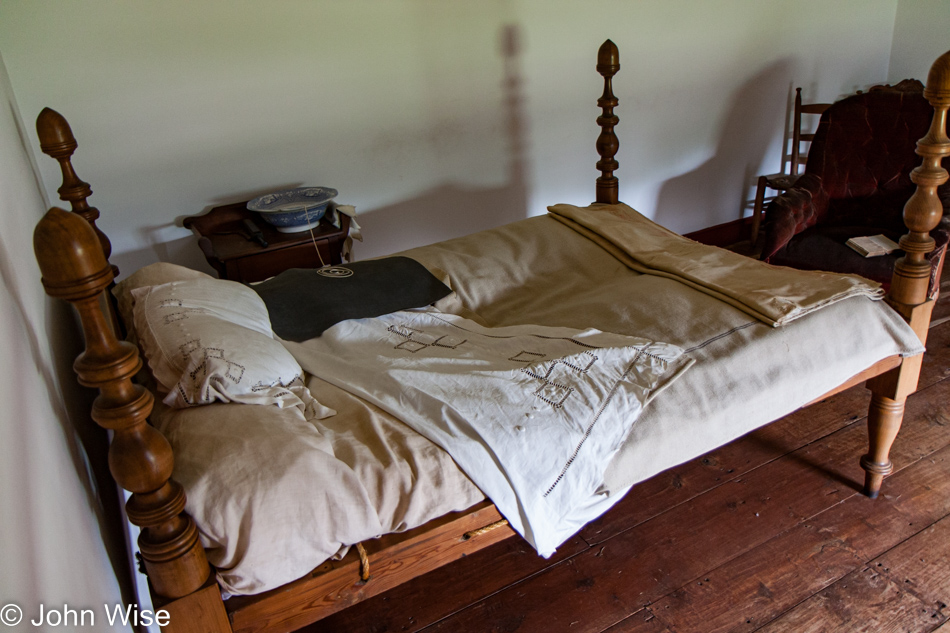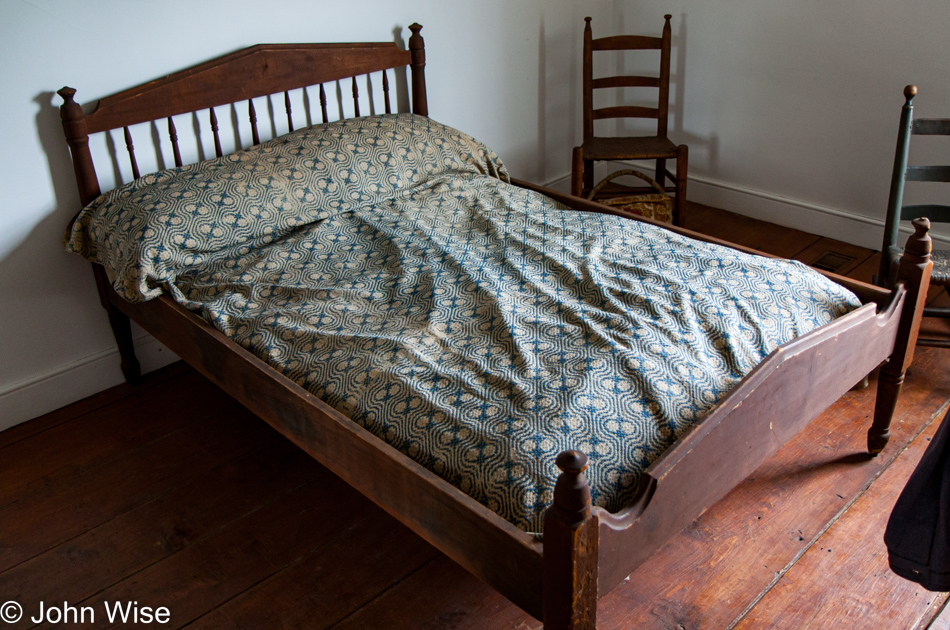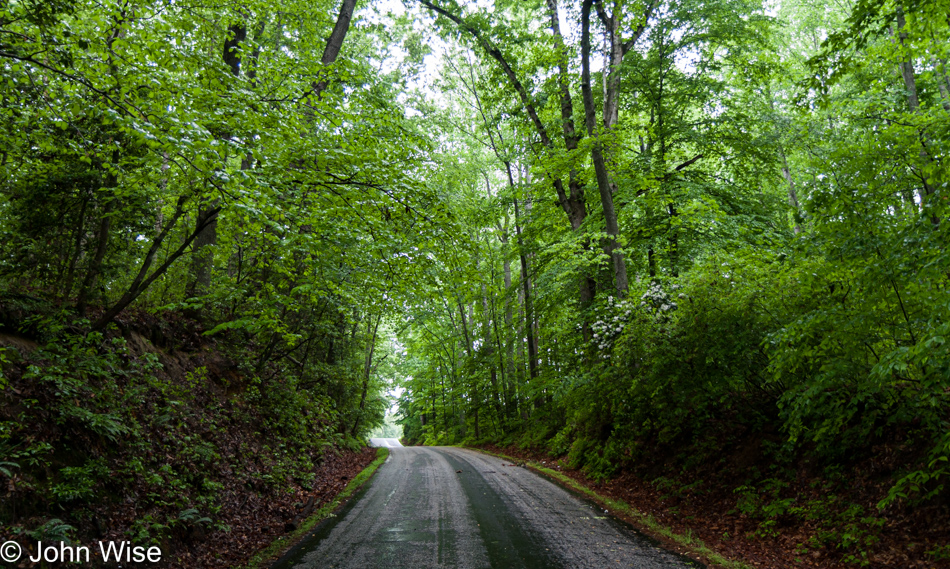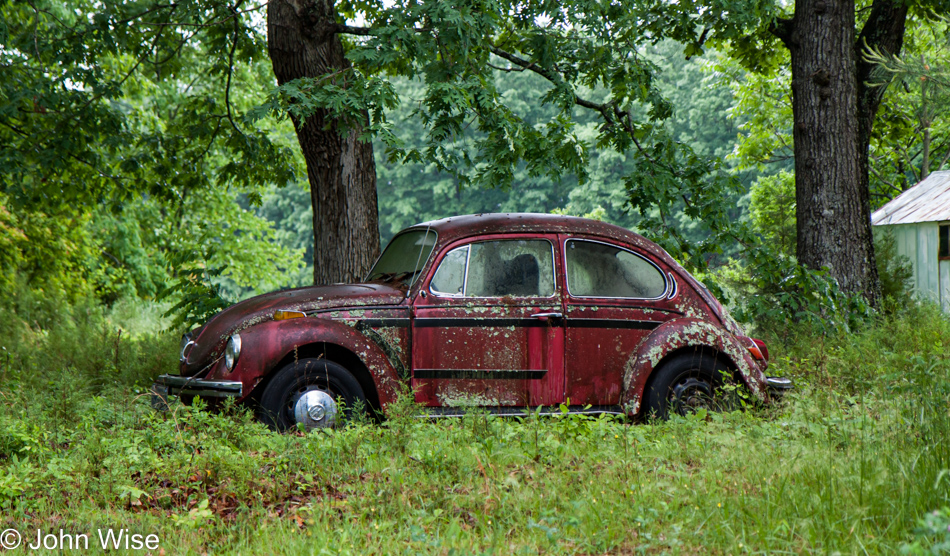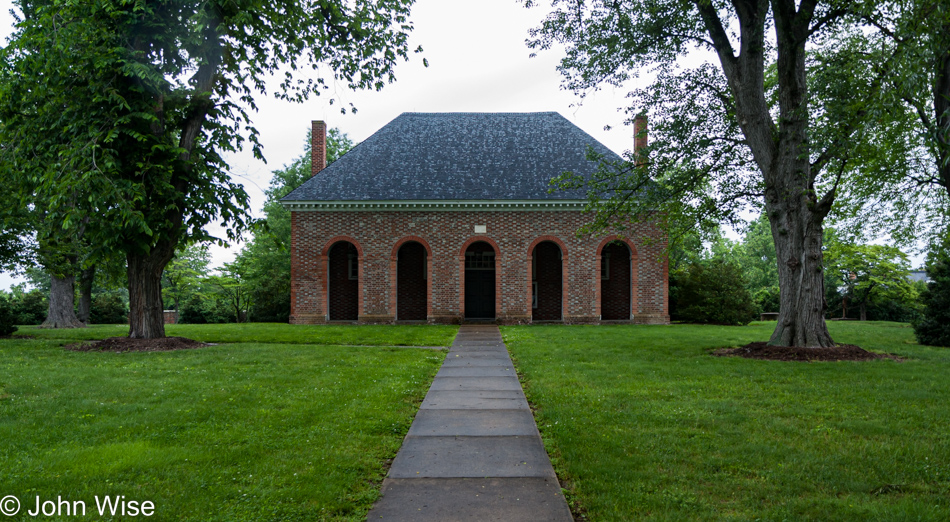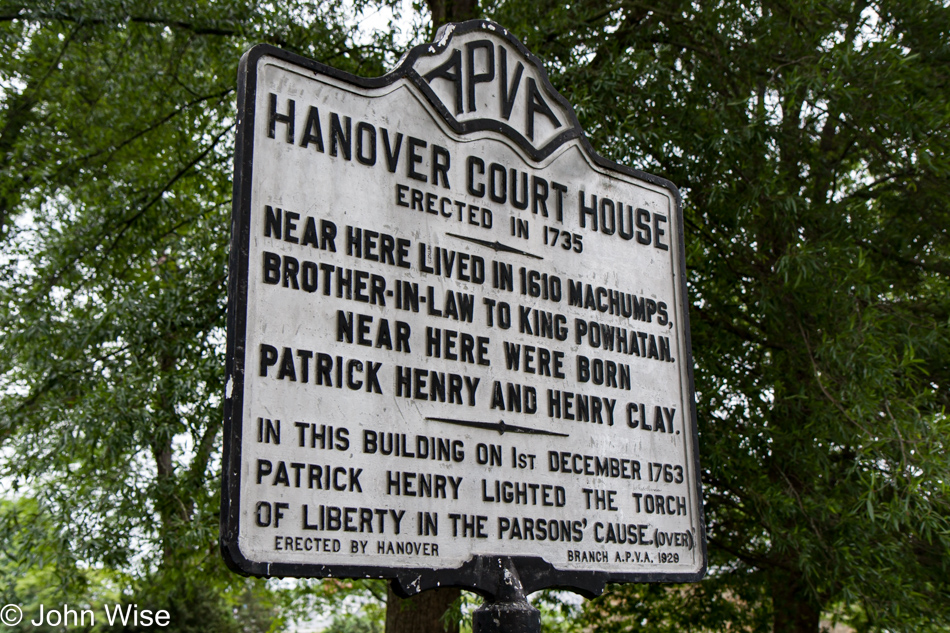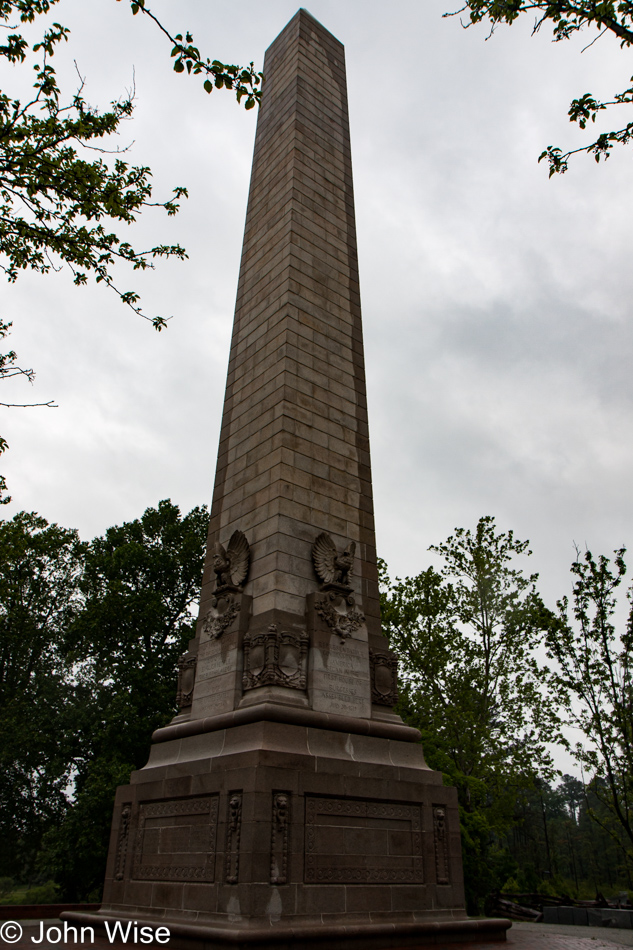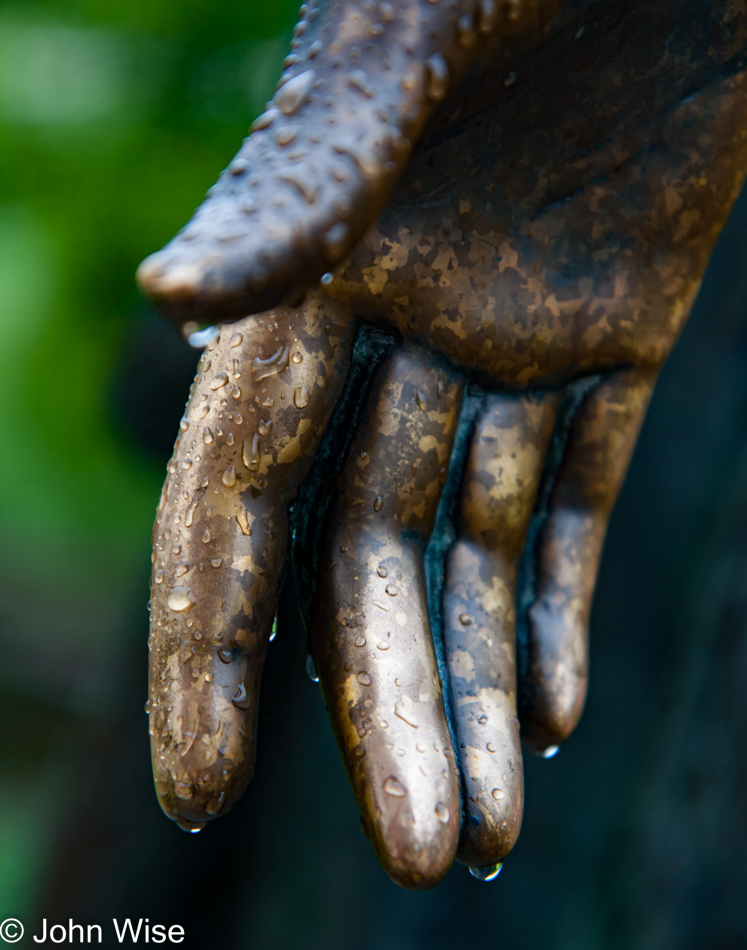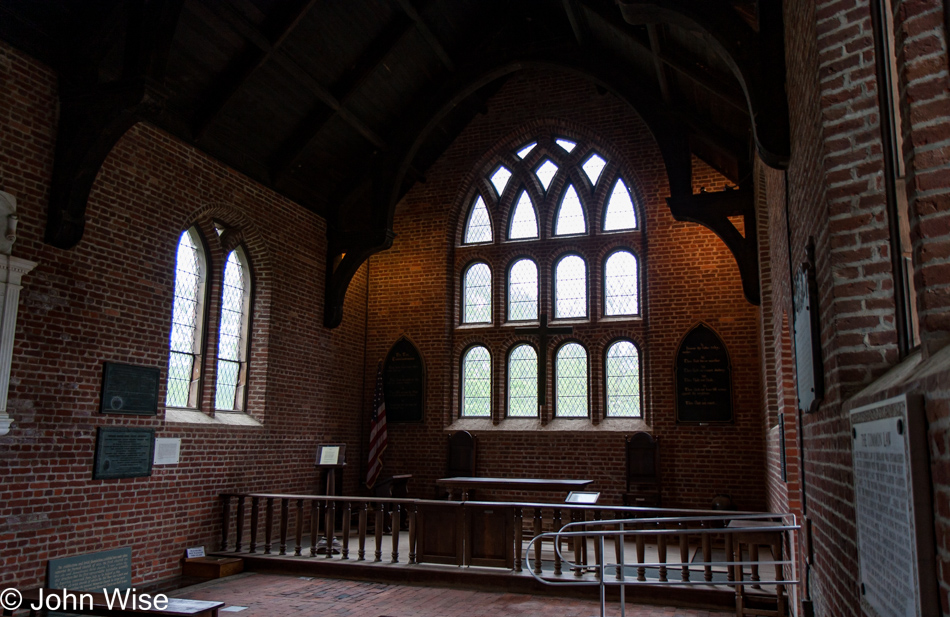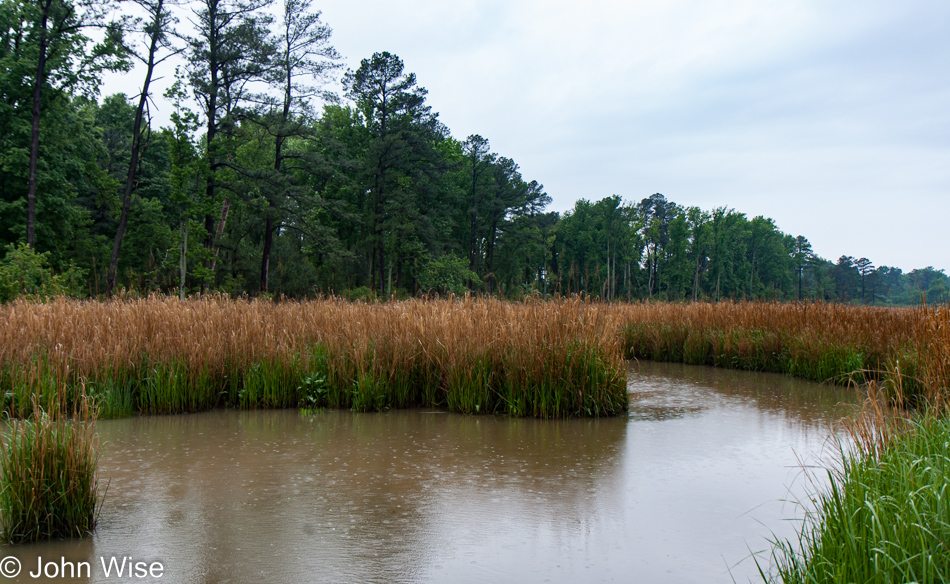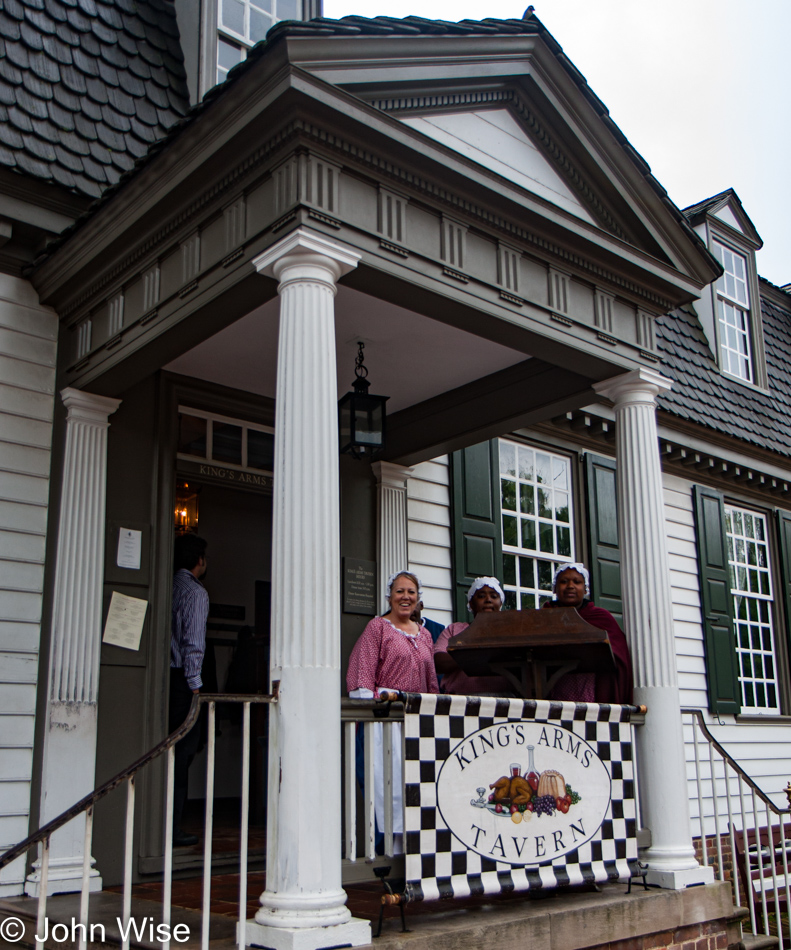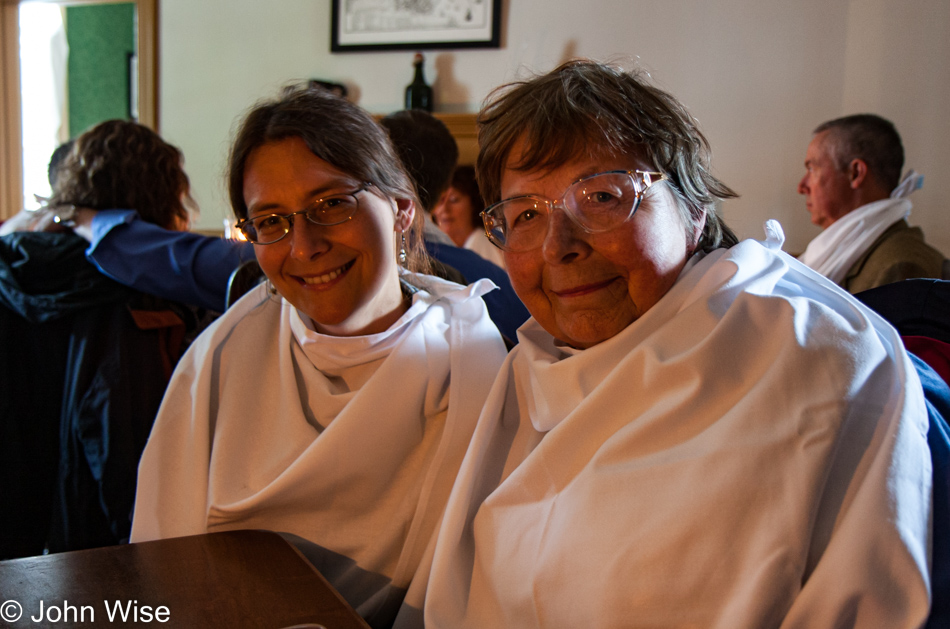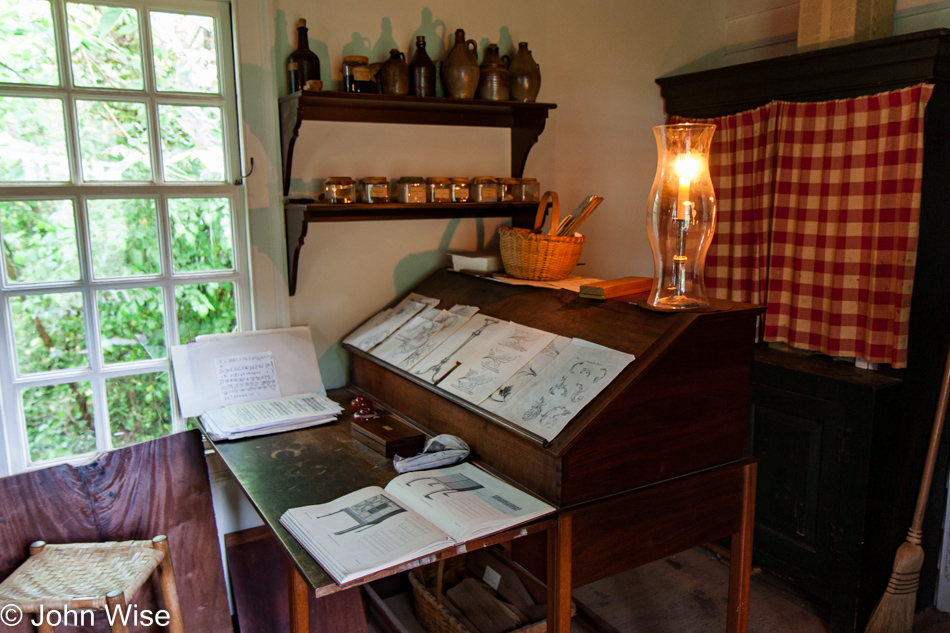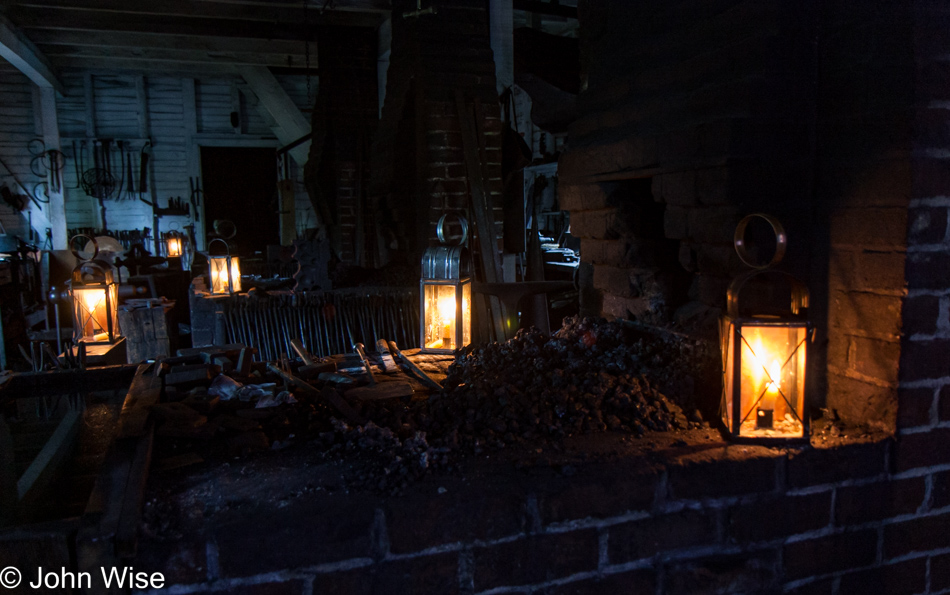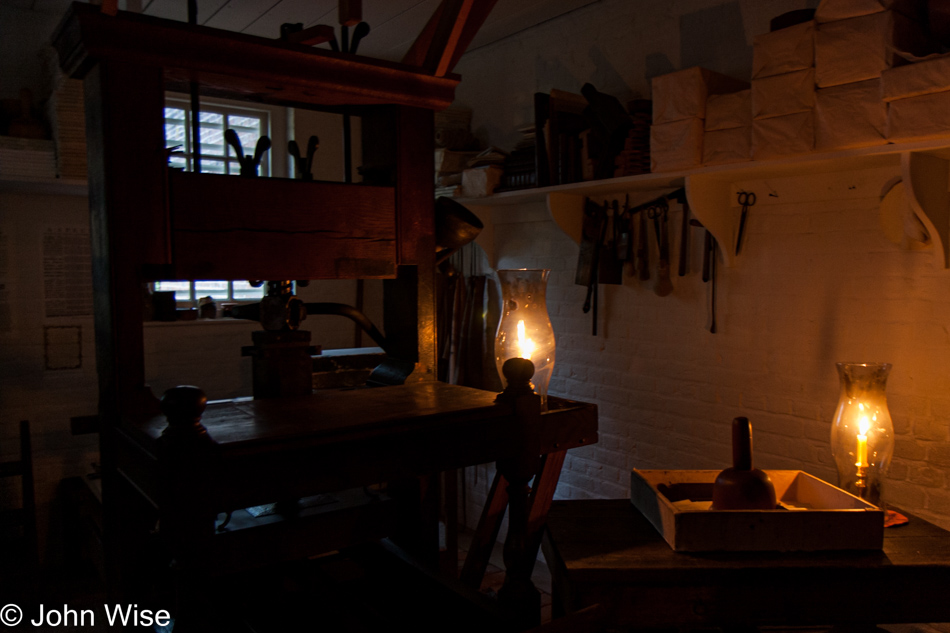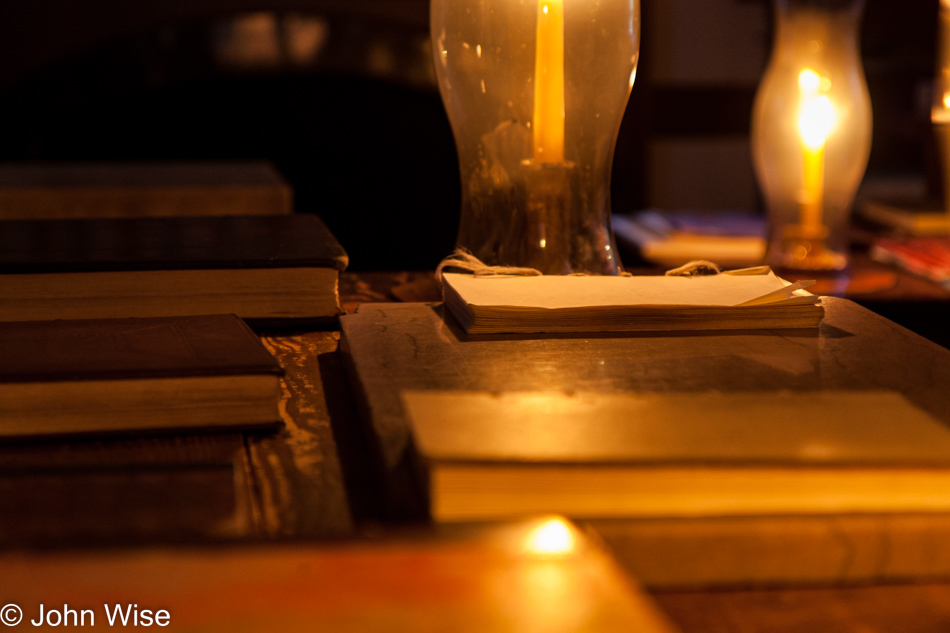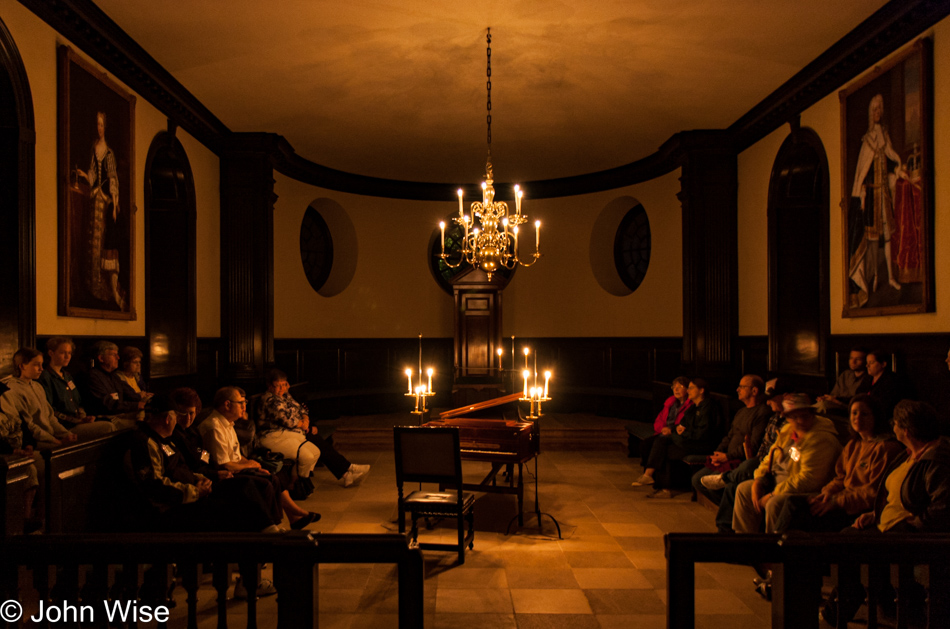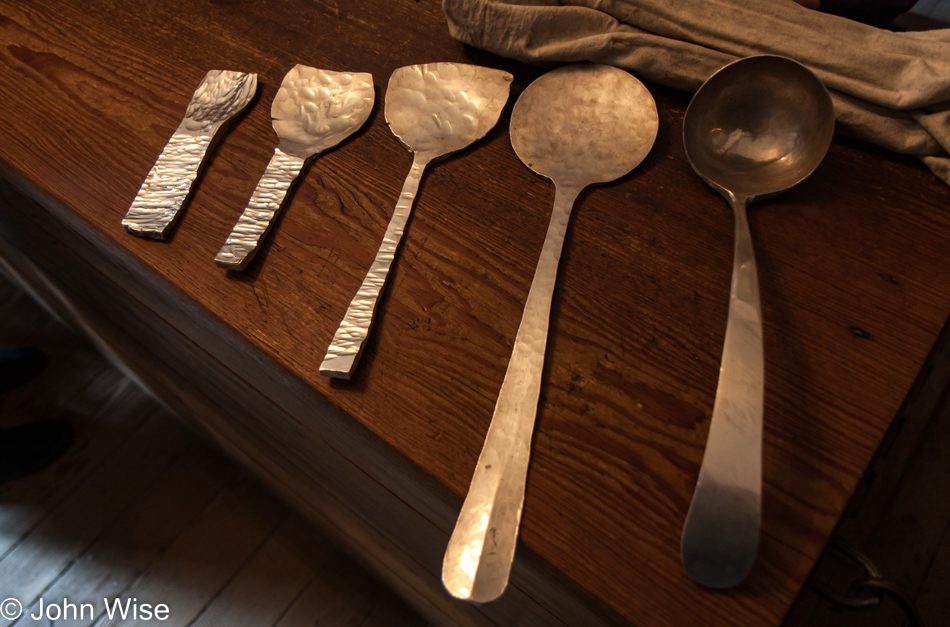
Oh, the luxury of it all, another day in Colonial Williamsburg. Not quite a full day, but enough that we will accomplish more than we had hoped for. Breakfast was on Duke of Gloucester Street at the Bakery – this is a misnomer and is probably my biggest gripe about Williamsburg if I were to have one. The “Bakery” is a small shop with absolutely nothing freshly baked; there are no ovens on the premises, not even a microwave to warm the cold plastic-wrapped muffins we are about to consider breakfast. Ok, enough complaining; next stop was the apothecary, where we would not find a remedy for our poor first meal of the day but rows and rows of beautiful jars, bottles, and other vessels containing oils, powders, ointments, herbs, pretty much everything that an apothecary-surgeon could have used or prescribed back in the day.
On to the silversmith shop, where we watch a demonstration of how a silver cup is made from a thin flat sheet of silver; pretty cool. The silver ingot on the left above shows how a flat piece of metal was hammered into a ladle.
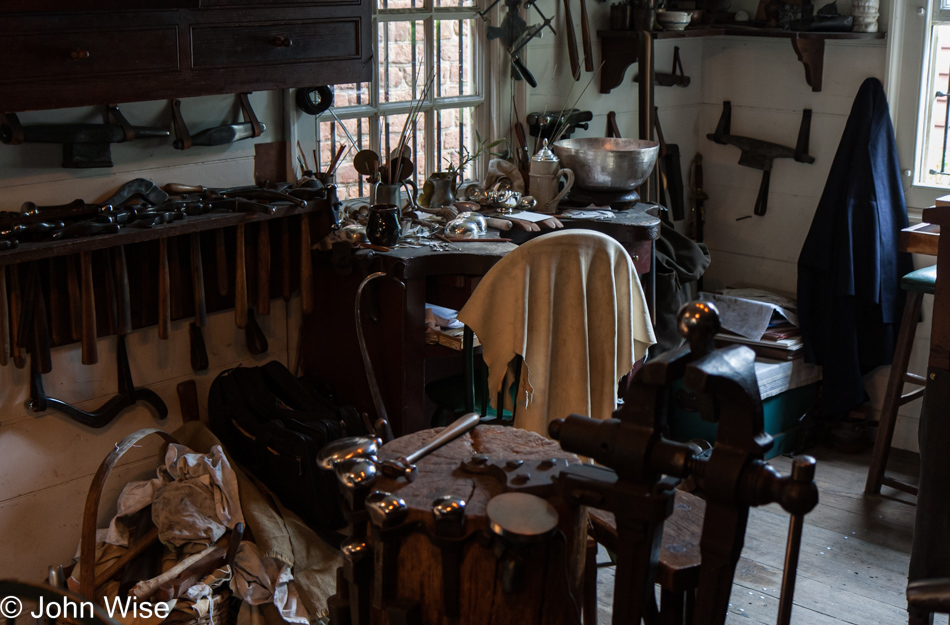
While it may be difficult to make out, the tools needed for forming silver into cups, bowls, and spoons are right in this photo.
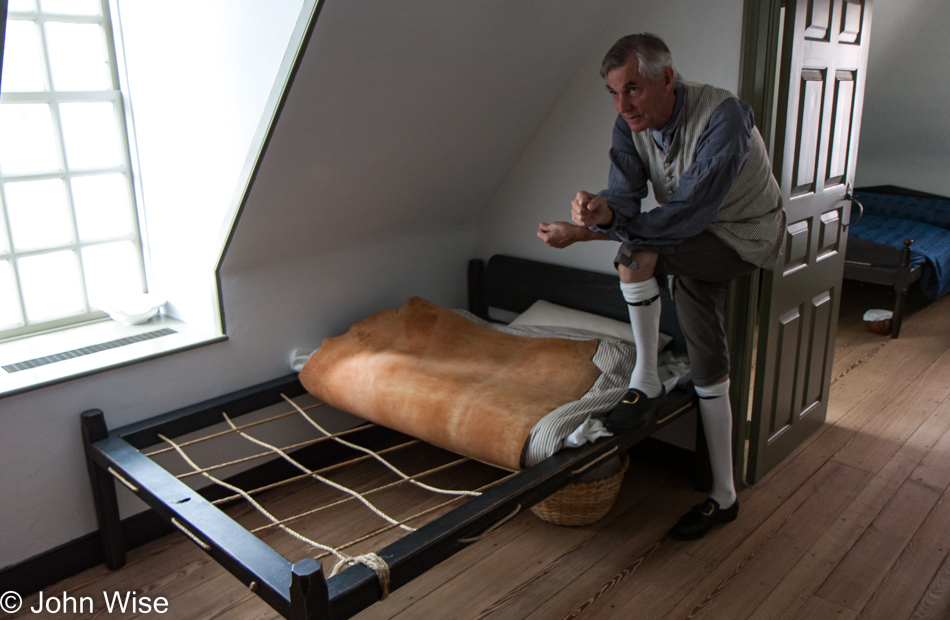
Walking up the street, we stumble upon an open door where a tour is about to begin: the Raleigh Tavern no longer serves food and drink but is still used for special occasions. We join the tour which allows us to visualize the different aspects of an old-style tavern – food, drink, and lodging. I walk away, knowing that the term “Sleep Tight” may have originated from the time prior to the invention of box springs when mattresses were held aloft by ropes woven back and forth across the bed frame. To minimize sag, the ropes would have to be tightened from time to time.
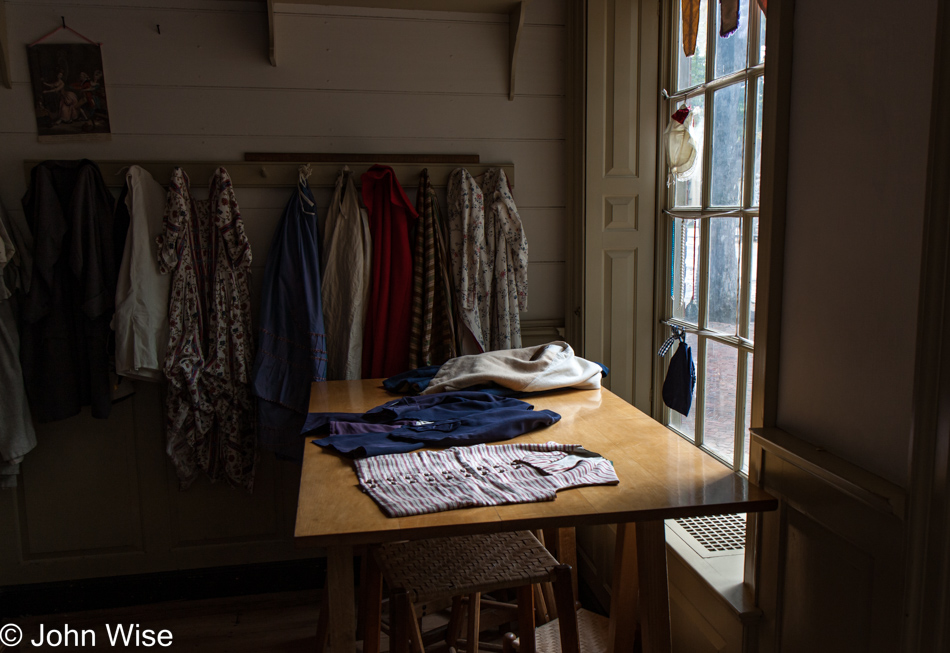
The Fine Millinery welcomed us and taught us about making hoops and petticoats.
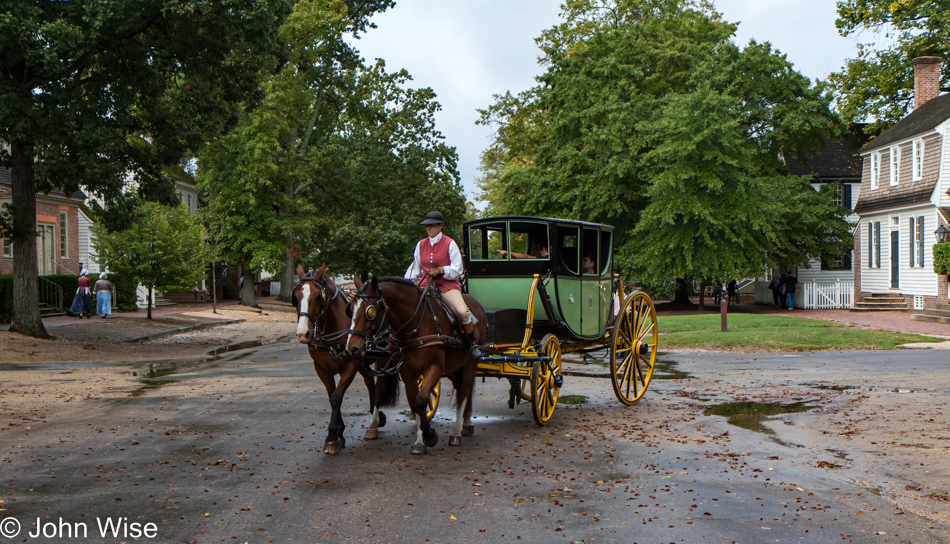
Neither yesterday nor on our trip back in May do I feel I properly represented the exterior of Colonial Williamsburg due to the poor lighting of overcast skies, but today looks to be different.
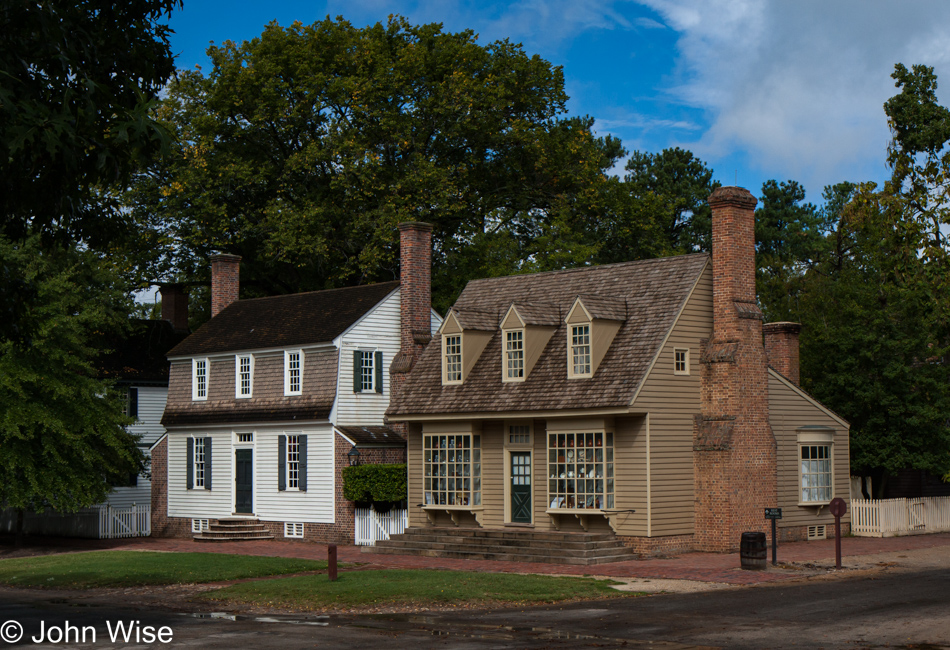
There are more than a few buildings here that seem to be acting as nothing more than facades to lend to the sense of authenticity of walking through the village as it would have appeared more than 200 years ago.
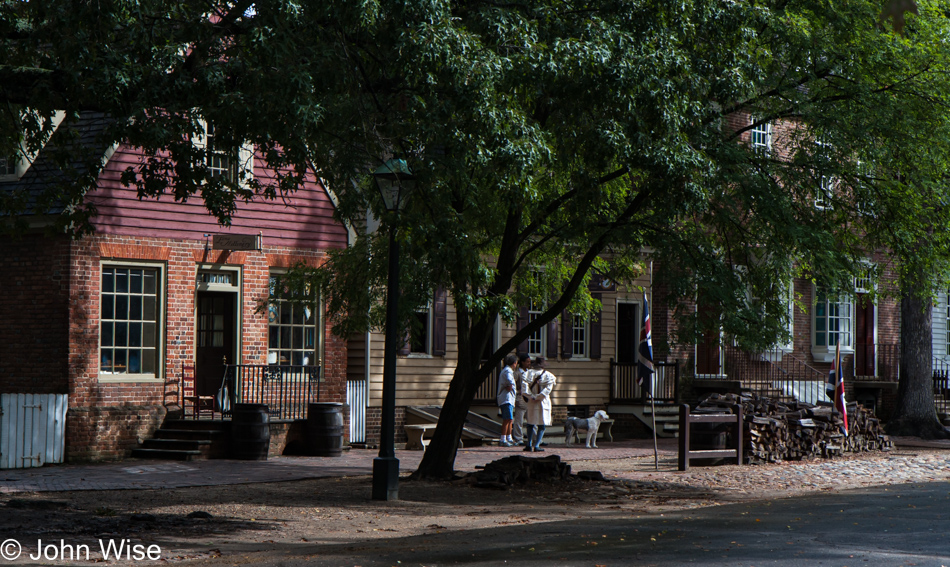
Some shops open early while others seem to operate with limited hours and only on certain days, no matter as there is so much to do and see here.
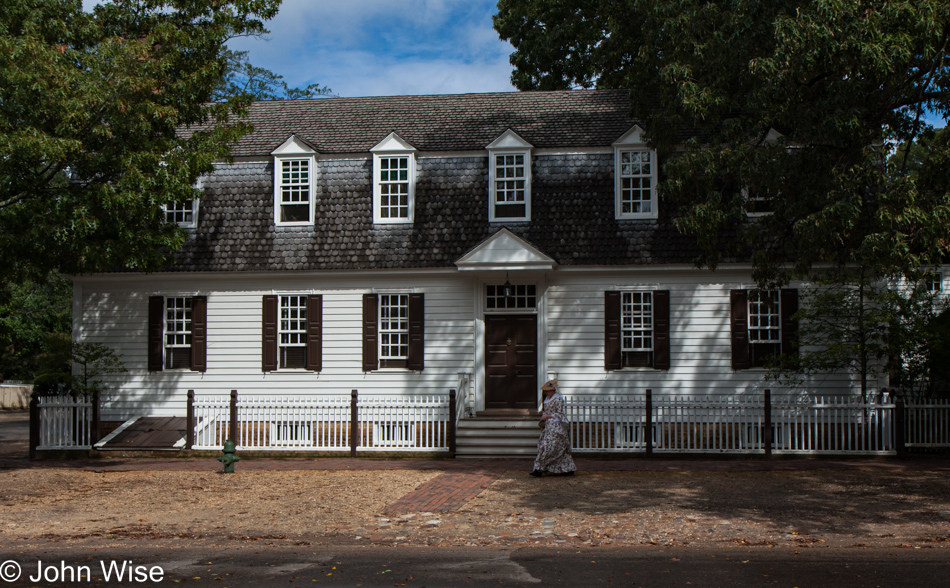
Hey, management of Colonial Williamsburg, how about a behind-the-scenes after-hours tour?
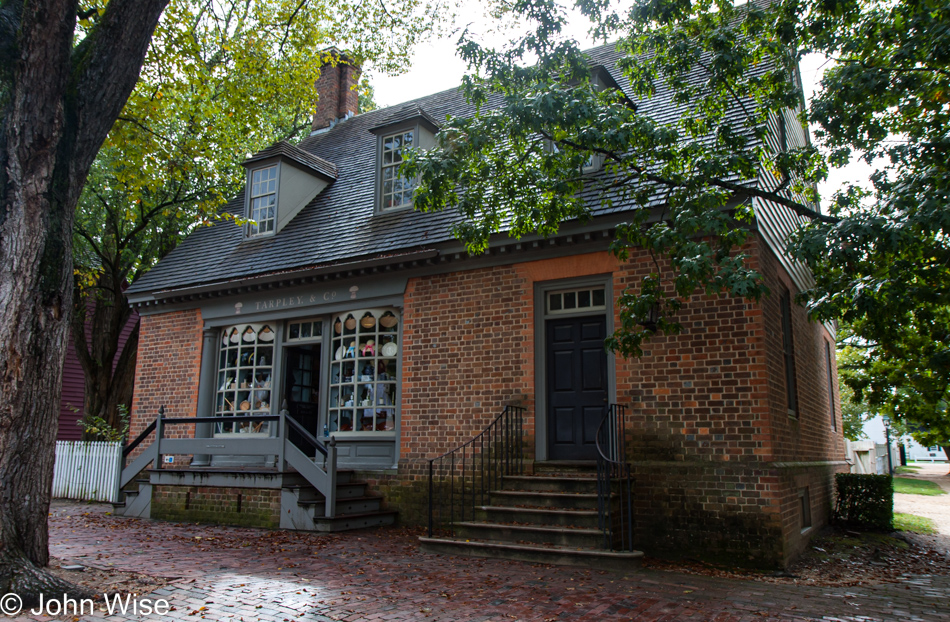
Should you want to get deeper into the moment, here at Tarpley & Co., on the Duke of Gloucester Street you can find all the 18th-century fashion you desire.
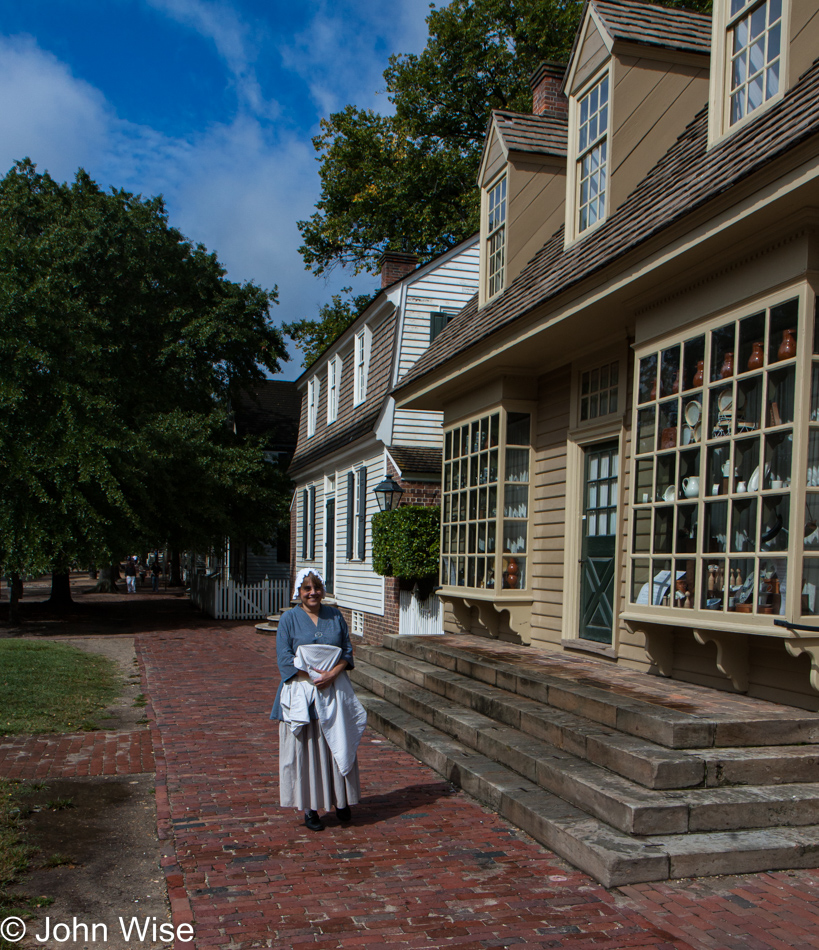
Another one of those moments when modernity was kept at bay.
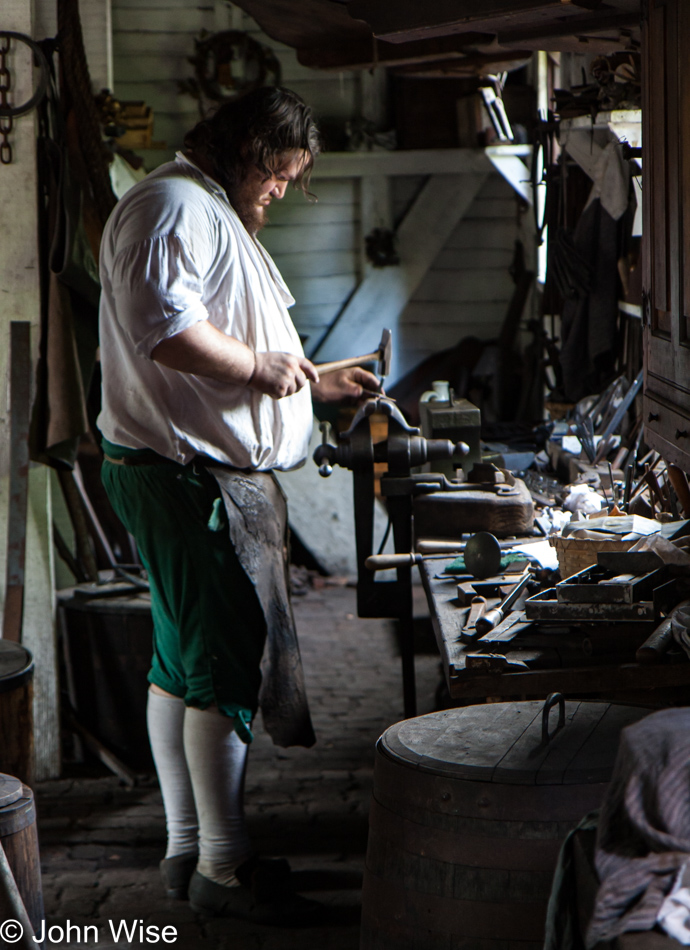
At the blacksmith’s, we were mesmerized watching the smith making nails while another smith worked his hammer and anvil.
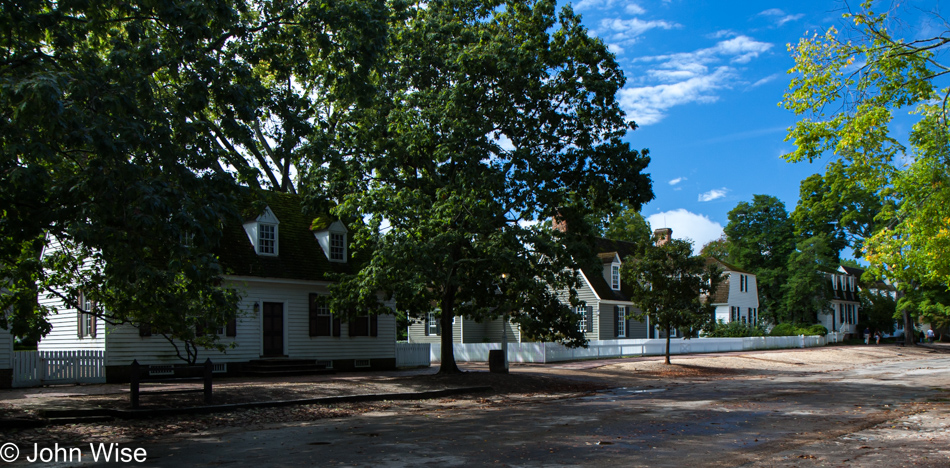
Maybe there is too much to see and learn about here in Williamsburg.
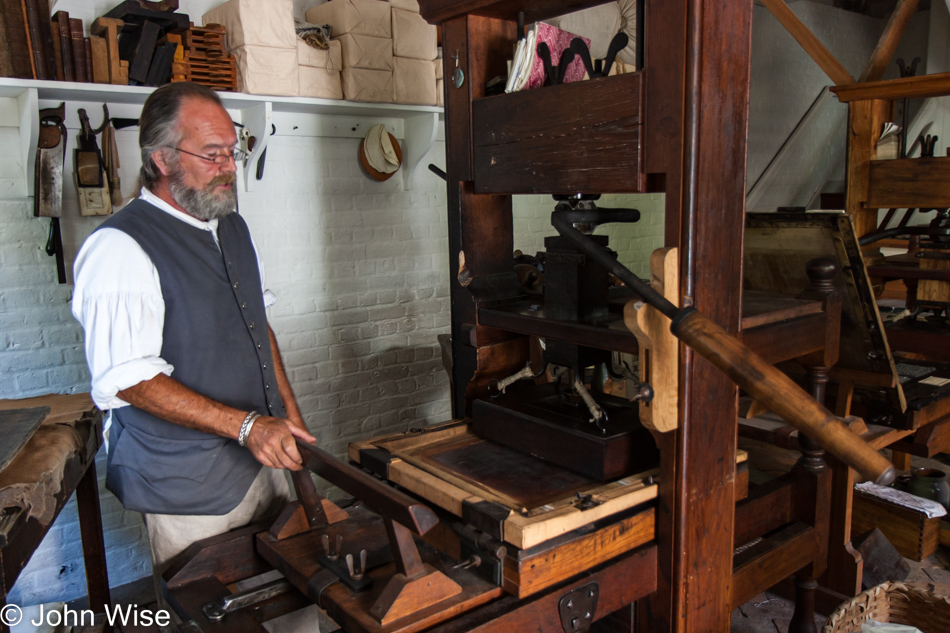
So far, we’ve not encountered a living history presentation, such as this one at the Printing Office, that wasn’t worth the time to visit.
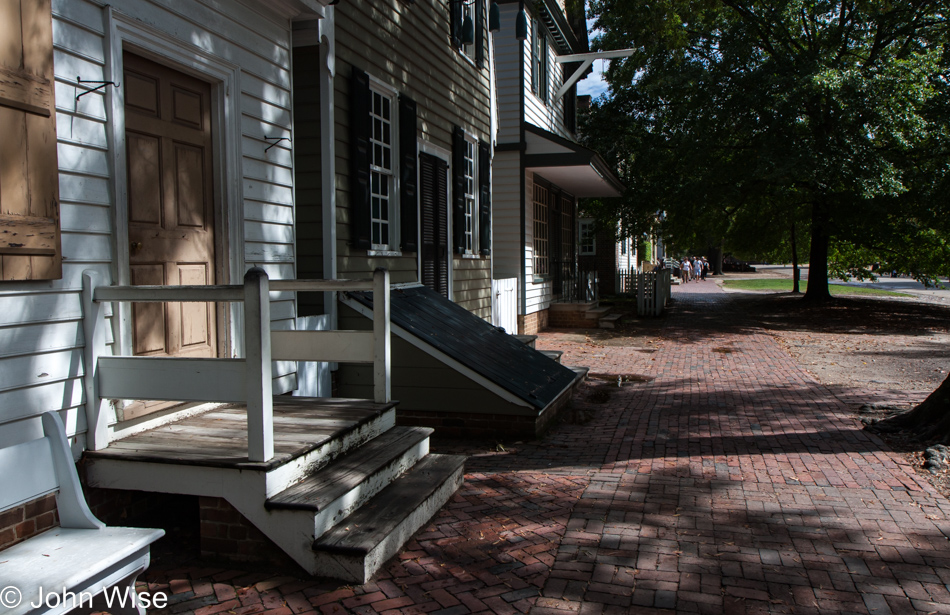
Should we ever have the opportunity to stay in Williamsburg again, our planning will have to be perfect in order to see and hear everything.
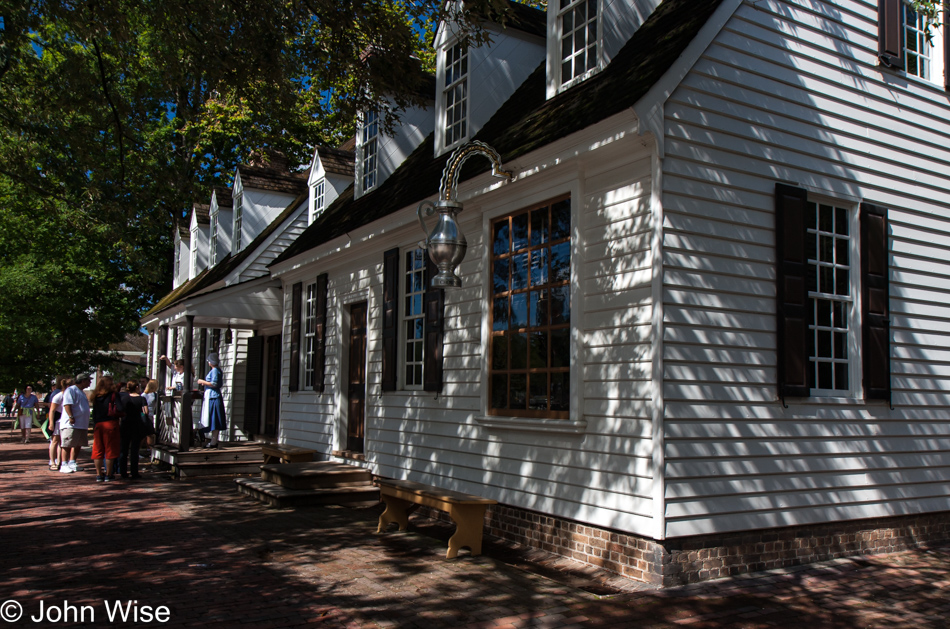
Over at the corners of Queen Street and Duke of Gloucester, you’ll find Chowning’s Tavern.
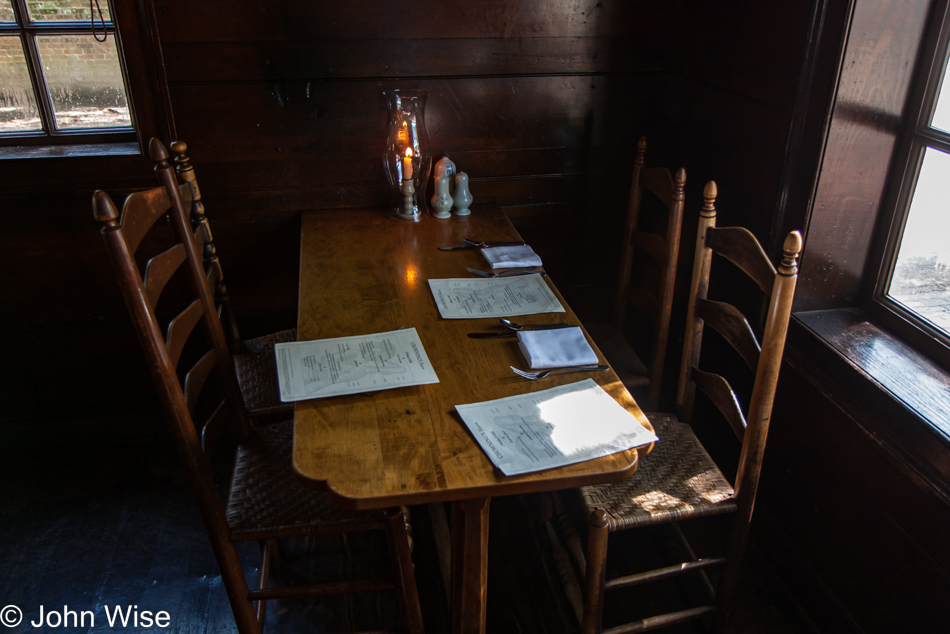
Looks like a great place for lunch.
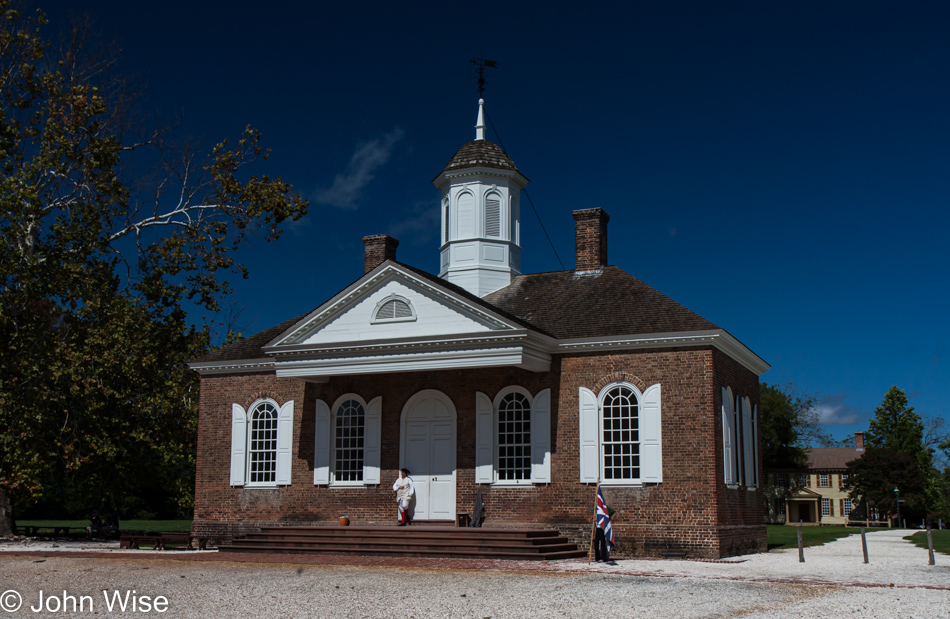
Stopped in here at the Courthouse to watch a presentation; by the way, when a Grand Union Flag is posted outside a historic facility, it means that they are open.
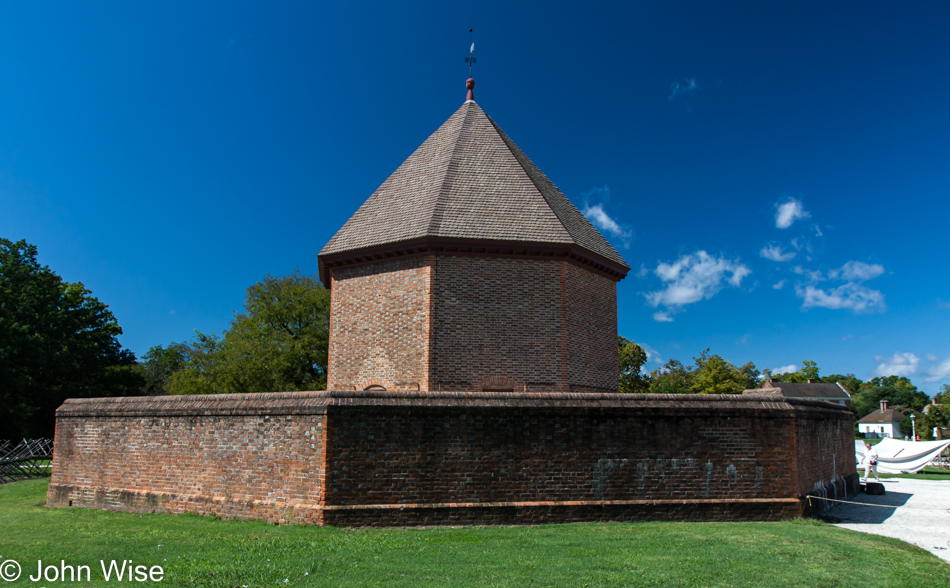
Visited the Magazine where the arms for common defense were stored.
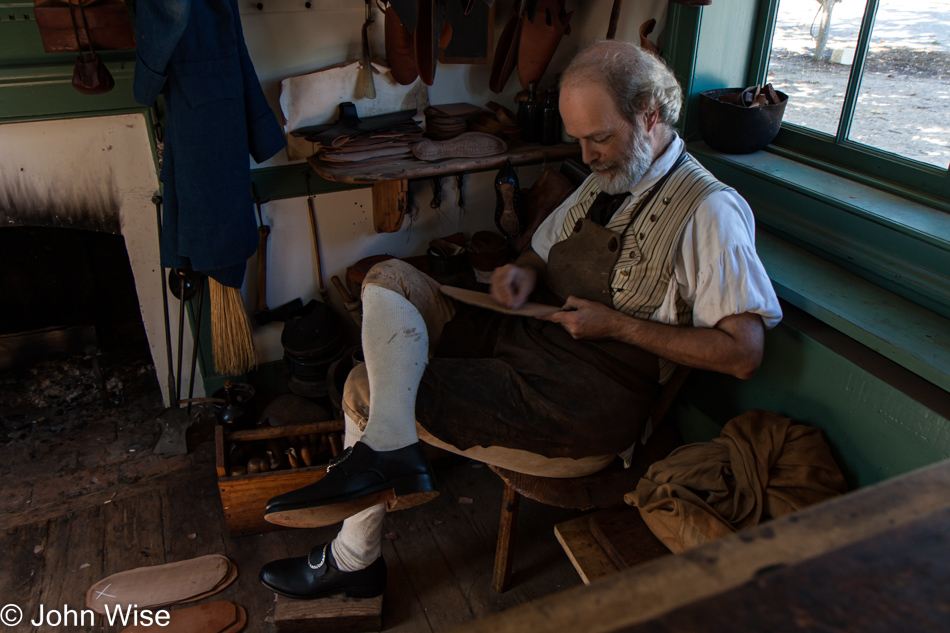
This guy is not only the shoemaker but somehow looks exactly like I’d imagine a shoemaker to look like.
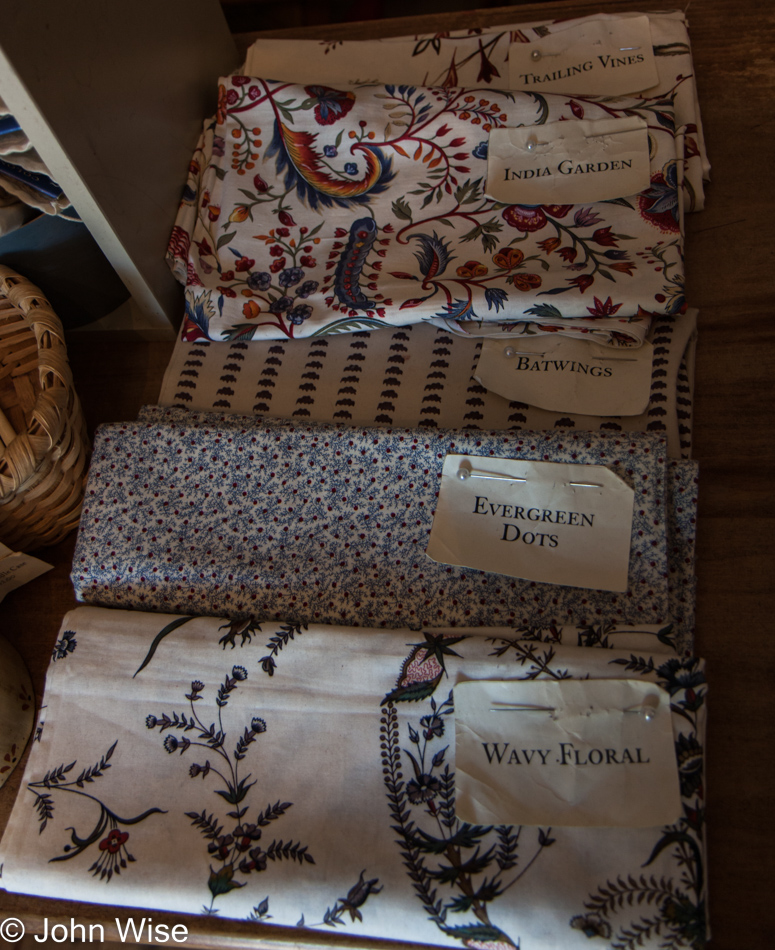
At the Mary Dickinson Shop, Caroline bought some fabric; it’s the India Garden piece up top.
Update: this shop is no longer a part of Colonial Williamsburg.
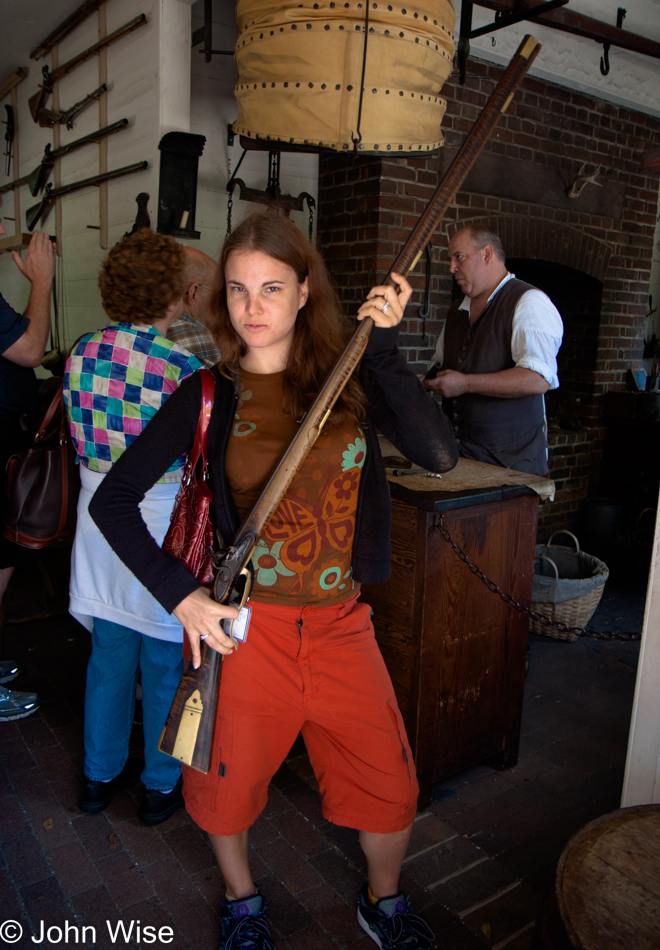
Armed with an oversized red purse and a rifle, as long as she is tall, Jessica is ready to shop to the death. The gunsmith wasn’t selling, nor was he buying her baloney as he jumped over the counter and wrestled his gun back from her – I swear, I can’t take my kid anywhere. From out of her red bag, she just as quickly pulled a .45 and, putting it to the gunsmith’s head, demanded the rifle back. We left peacefully – with our new souvenir.
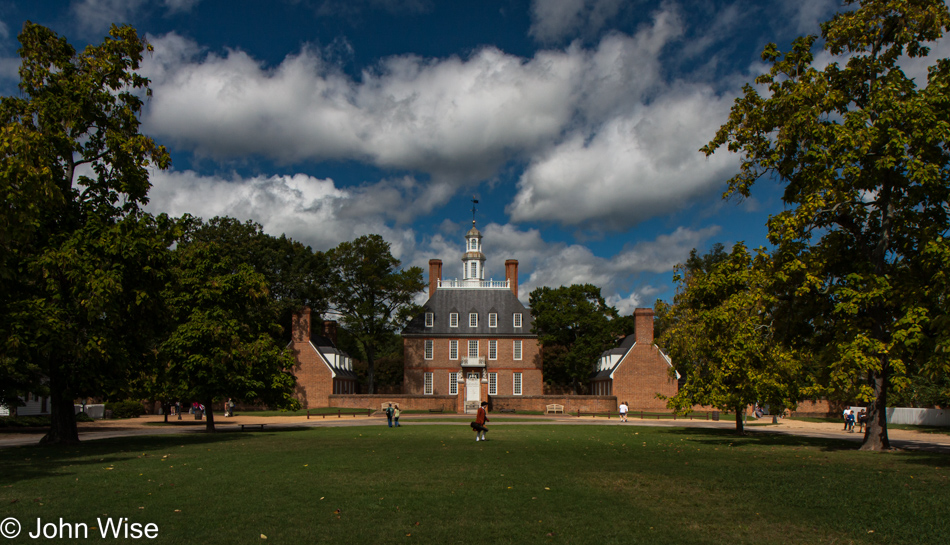
The Governor’s Palace is further away than it looks, but we’ll get there.
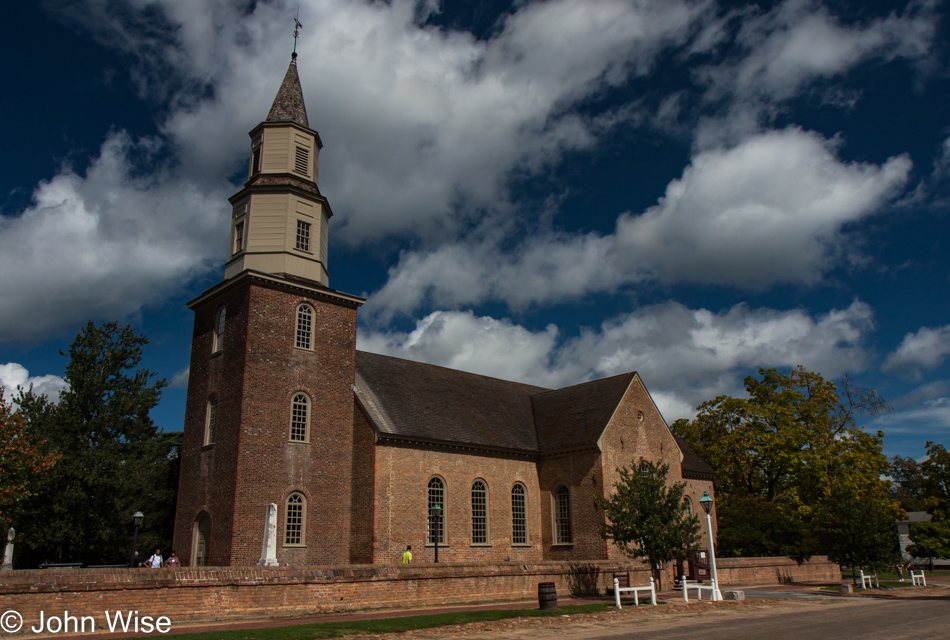
The Bruton Parish Church.
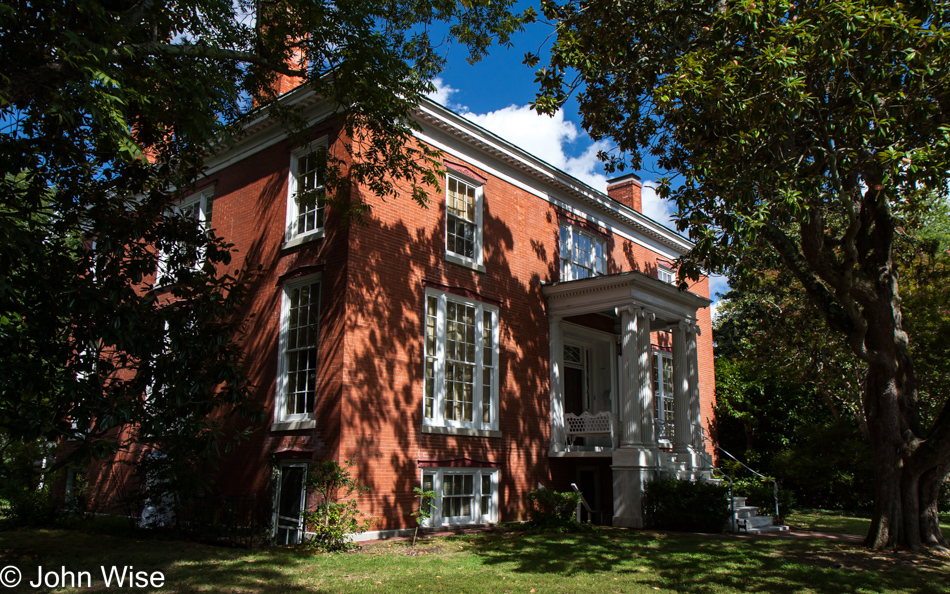
Many of the buildings are unmarked as to their purpose or history, as far as I could tell.
After so much walking around today, it was high time to cool our heels, so we dipped into the Play Booth Theater. We joined the performance midway, and before we knew it, the actors exited the stage, and we, too were exiting the theater.
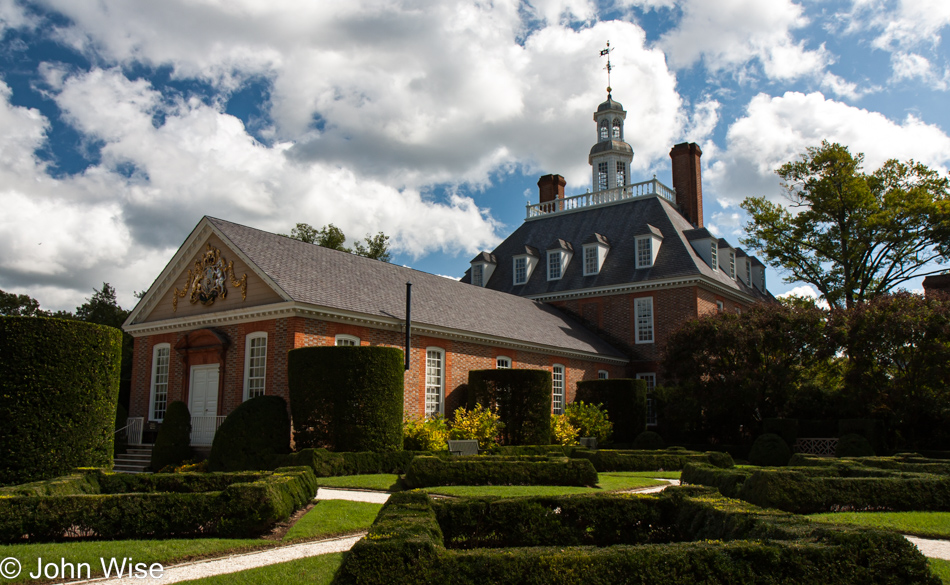
Just around the corner, we made for the Governor’s Palace Gardens – much more beautiful under the light of the sun (it had been a bit cloudy yesterday).
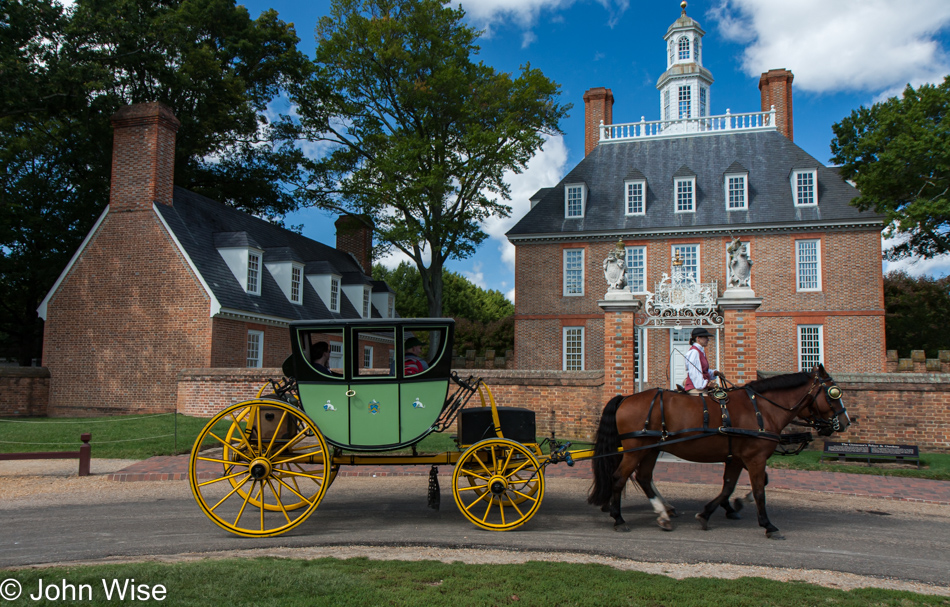
Time to get out of Dodge, oops, that’s in Kansas, time to get out of Williamsburg.
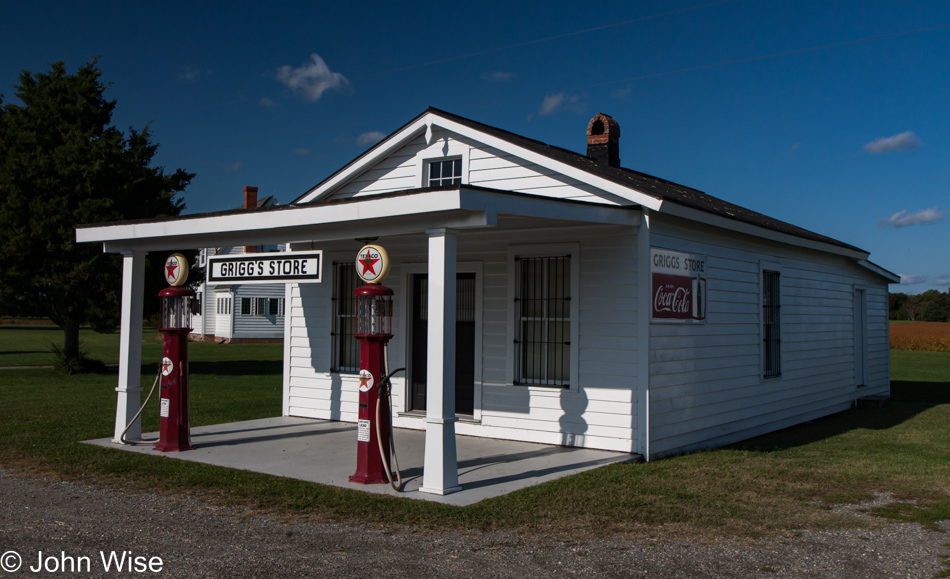
In our horse-drawn carriage, we obviously won’t be needing any gas here at Grigg’s Store on Route 14 through King and Queen County, Virginia.
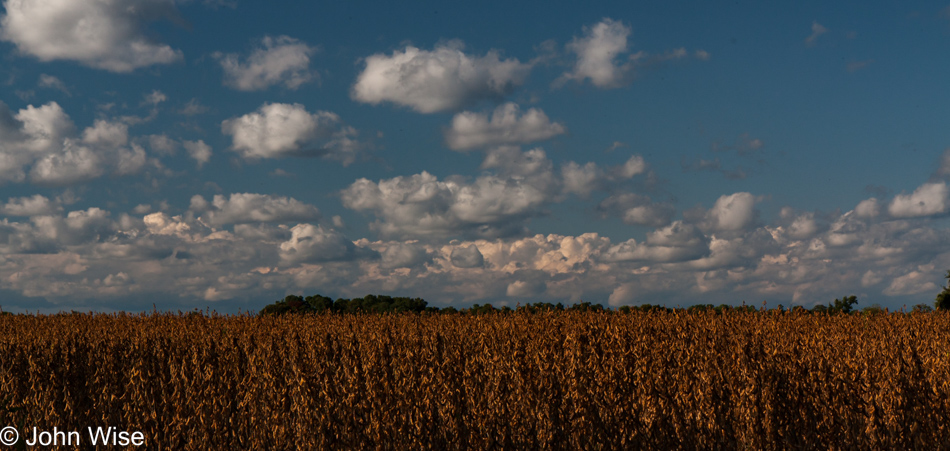
We are continuing our trek into American history, and such a journey wouldn’t be complete without at least a small bit of farmland under cultivation.
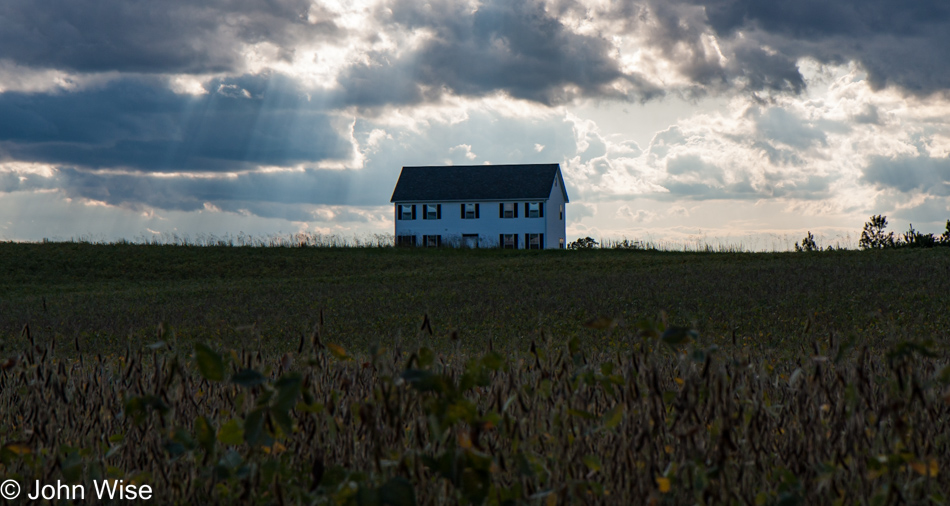
While not out on the Great Plains, this solitary home surrounded by some kind of crop fits the image.
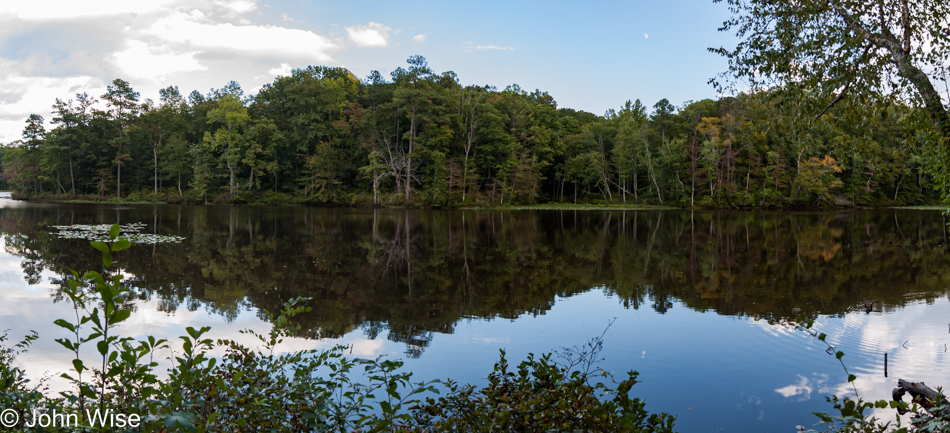
Add a bit of wetland, and it looks like we are covering all the bases of experiencing early America.
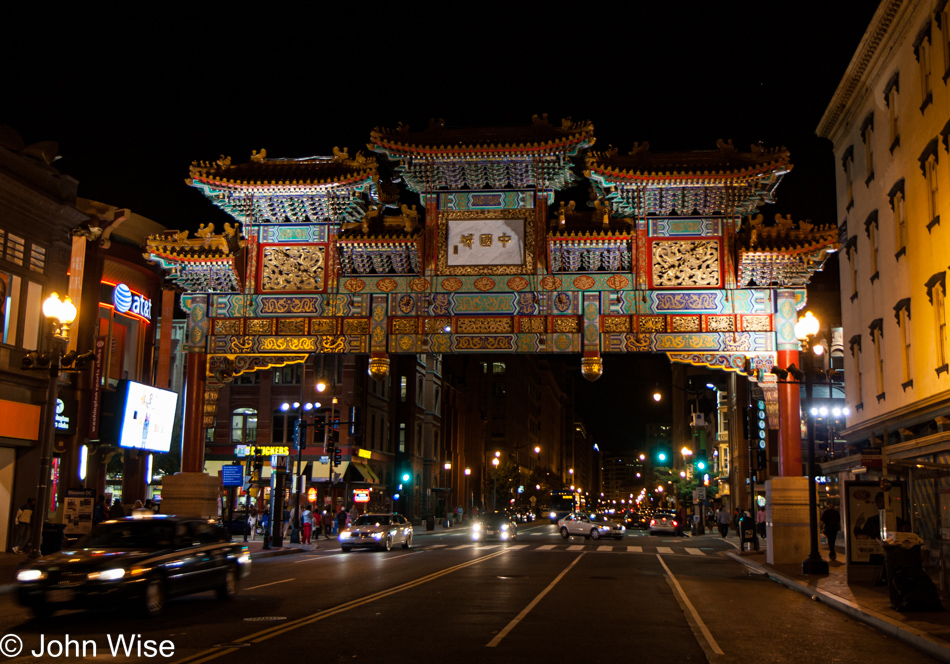
It was dark when we checked into Hotel Harrington, around the corner from the White House, off Pennsylvania Avenue. Sunday evening doesn’t offer much in the way of touristy activities, so we opted for another favorite – eating. Chinatown seemed like a good bet and we almost stopped at a Burmese Restaurant but thought the better of it upon peering in to find a few elderly folks in the mostly empty place and decided to keep looking.
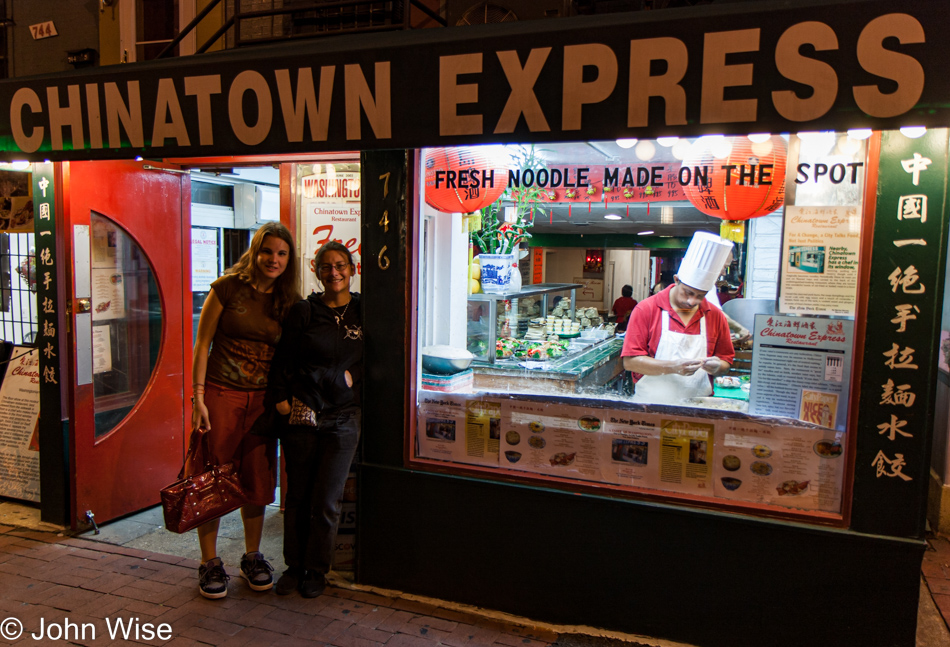
Good thing we did; at first, we didn’t give it a second glance, but then through the steam-covered windows past the hanging ducks, we spot a restaurant full of twenty and thirty-somethings chomping away. This is the place, and with the noodles being made on the spot, we knew where dinner was going to happen.
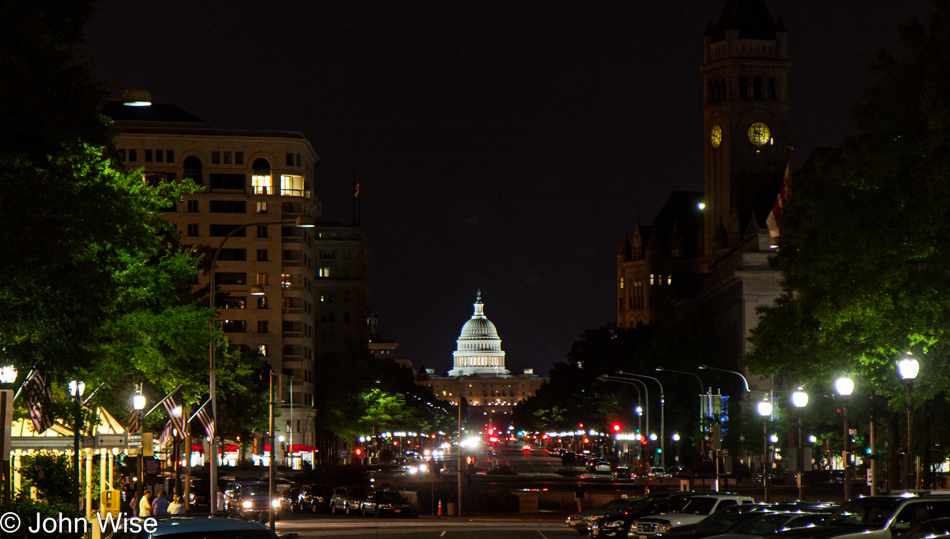
Stomachs full, we head out for what will surely amount to too much walking but with a limited amount of time, what’s better, sore feet or a missed experience? Seeing we walked to Chinatown, we had to backtrack, and from H Street and 6th Street, we walked back to 11th Street and then Pennsylvania Avenue for a view up the avenue to the Capitol Building.
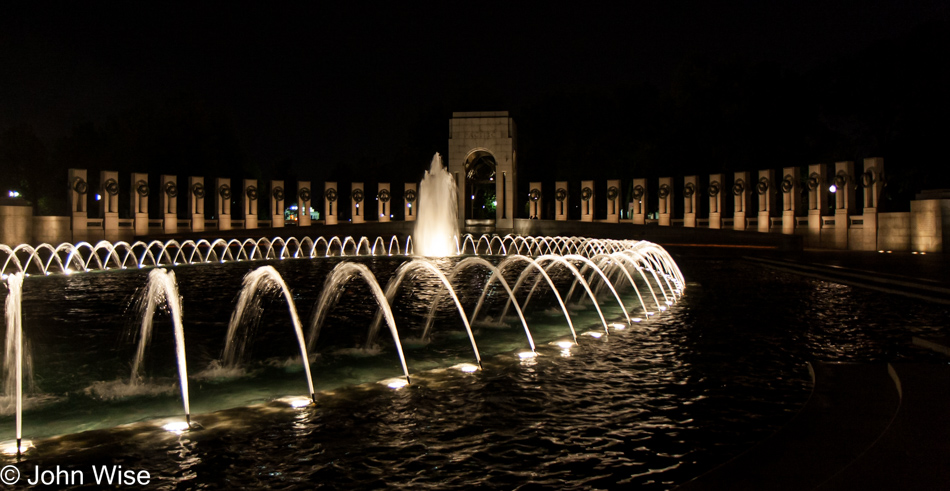
Over the Ellipse, we will only make it as far as the National World War II Memorial.
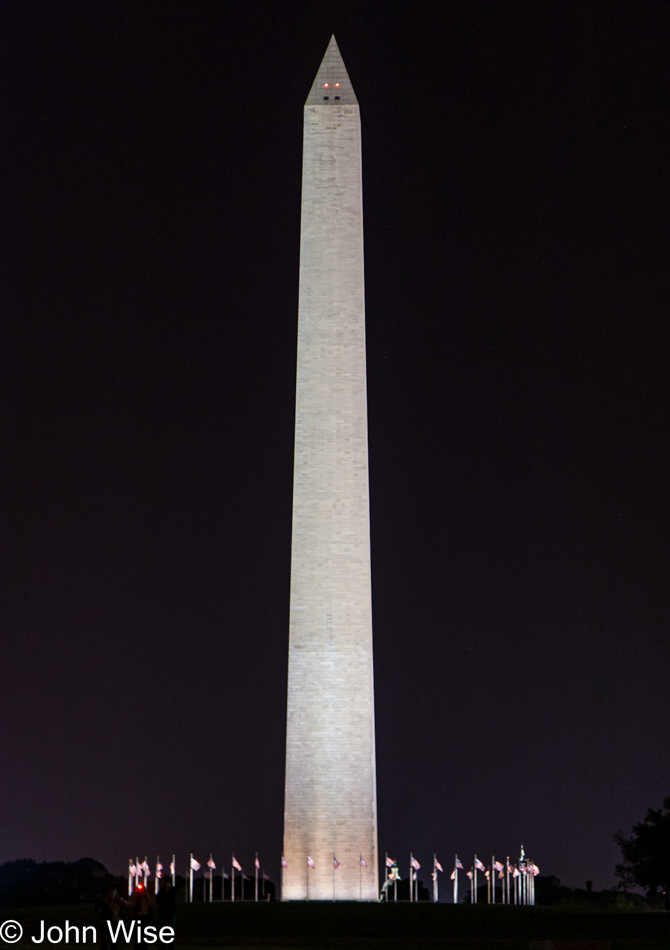
It’s now past 10:00 p.m. We’ve been going for more than 14 hours already, and it will be after 11:00 before we finish circling the Washington Monument.
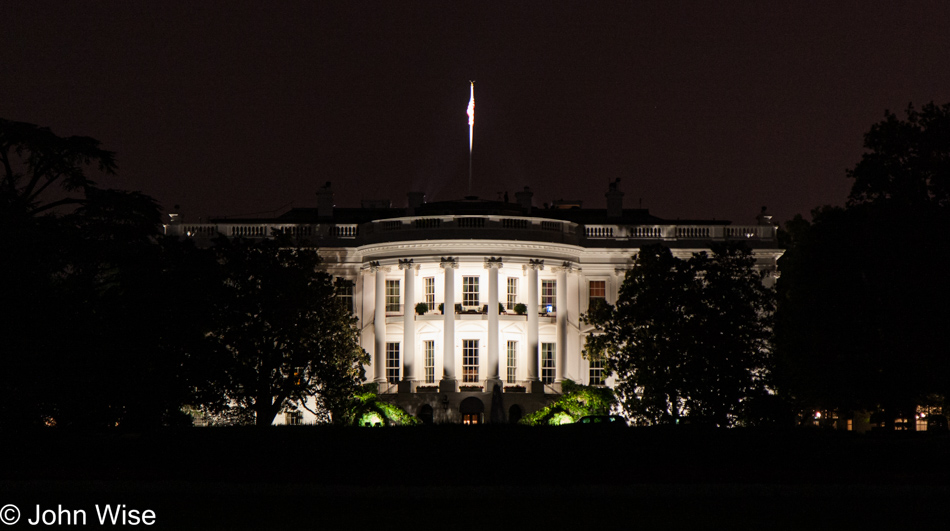
After a late-night view of the White House, we finally head back to our hotel.
